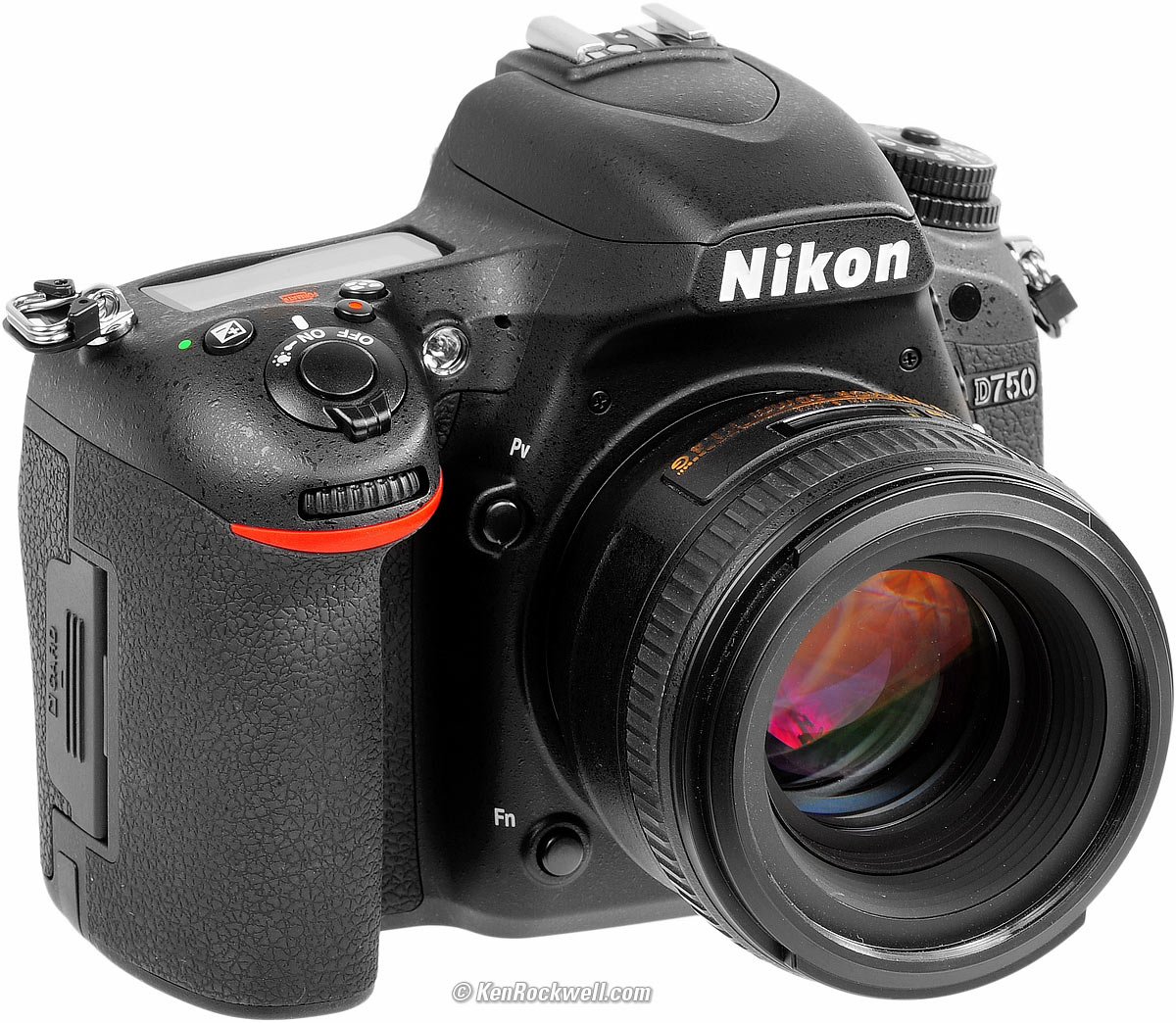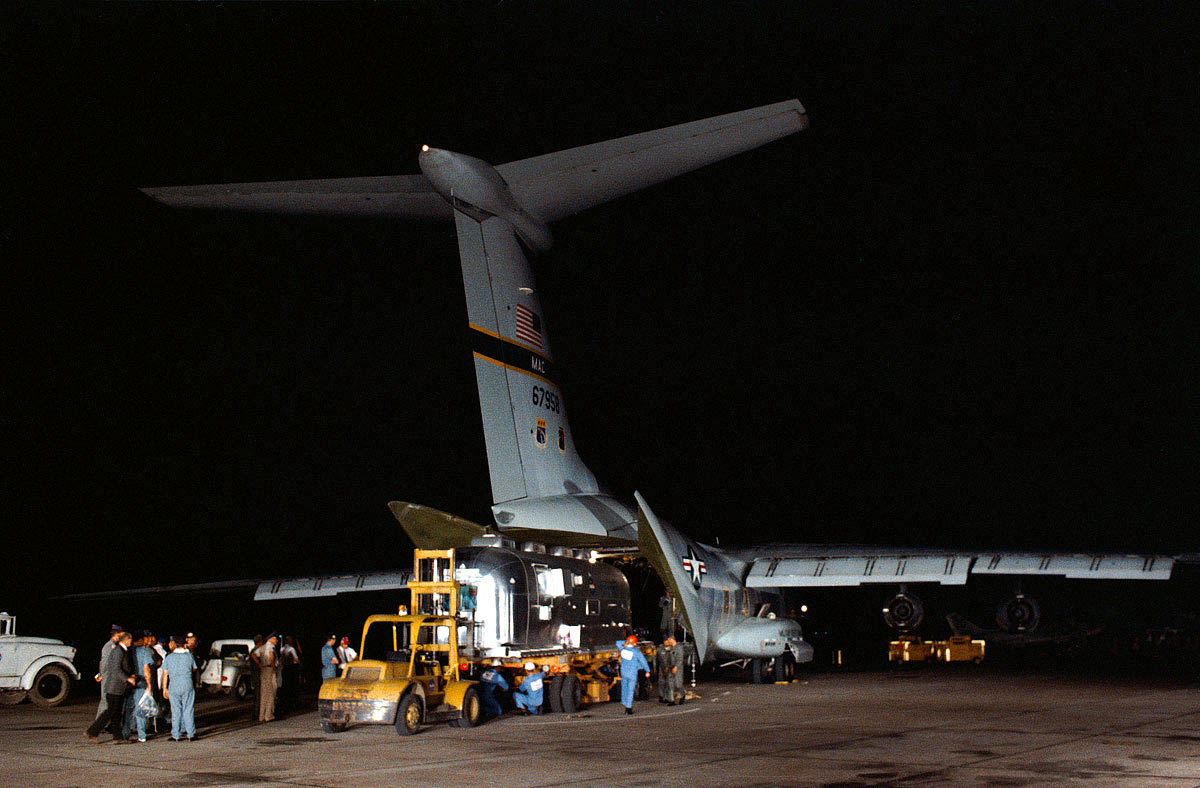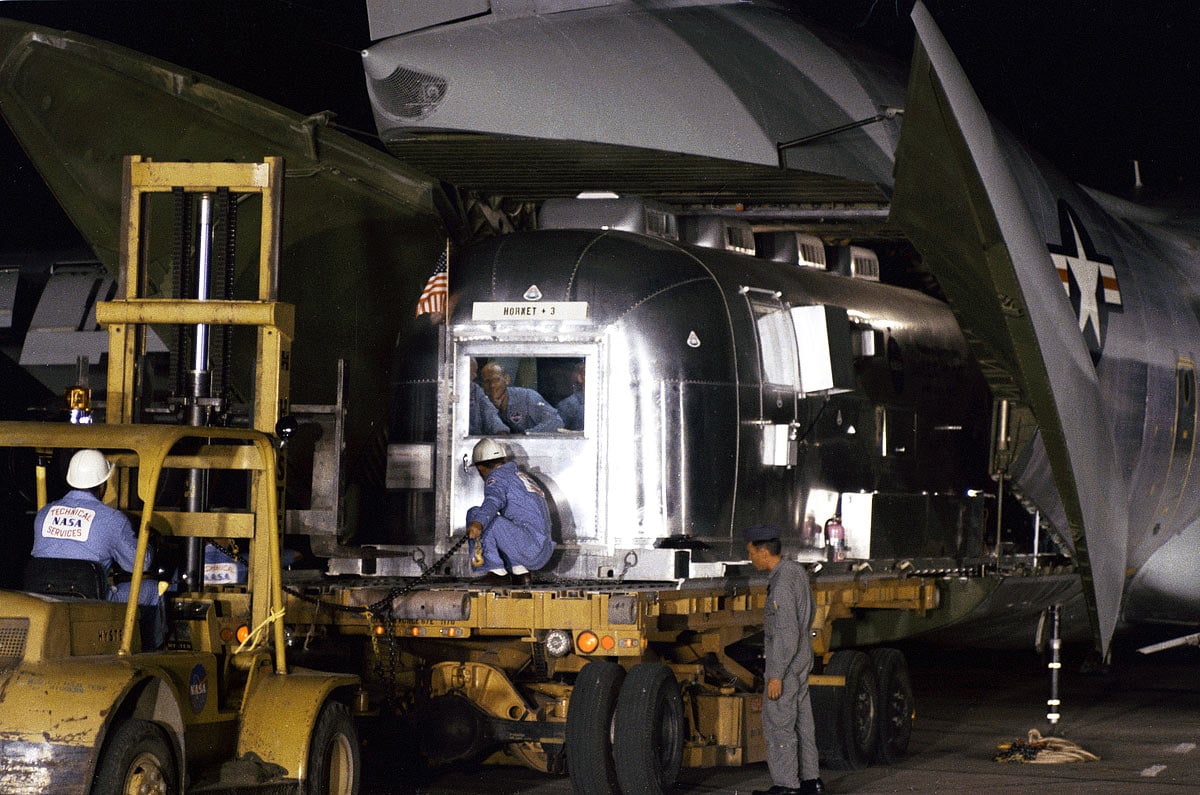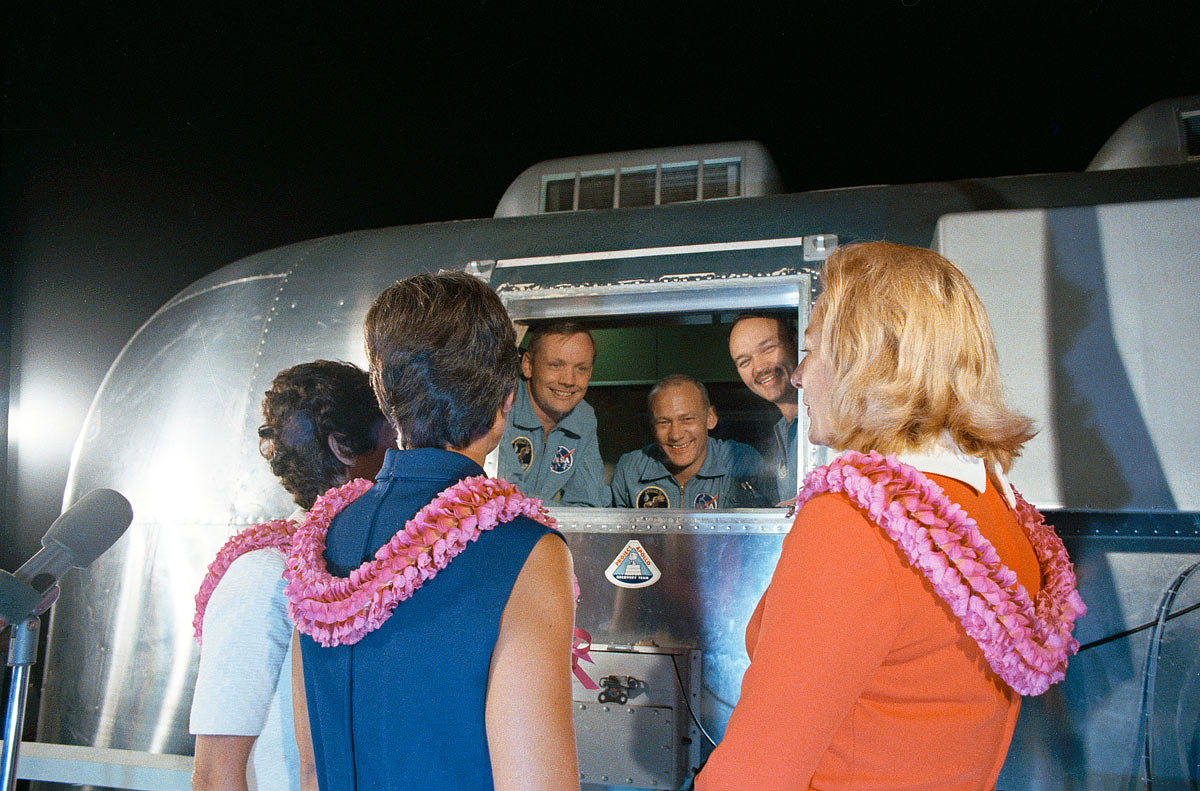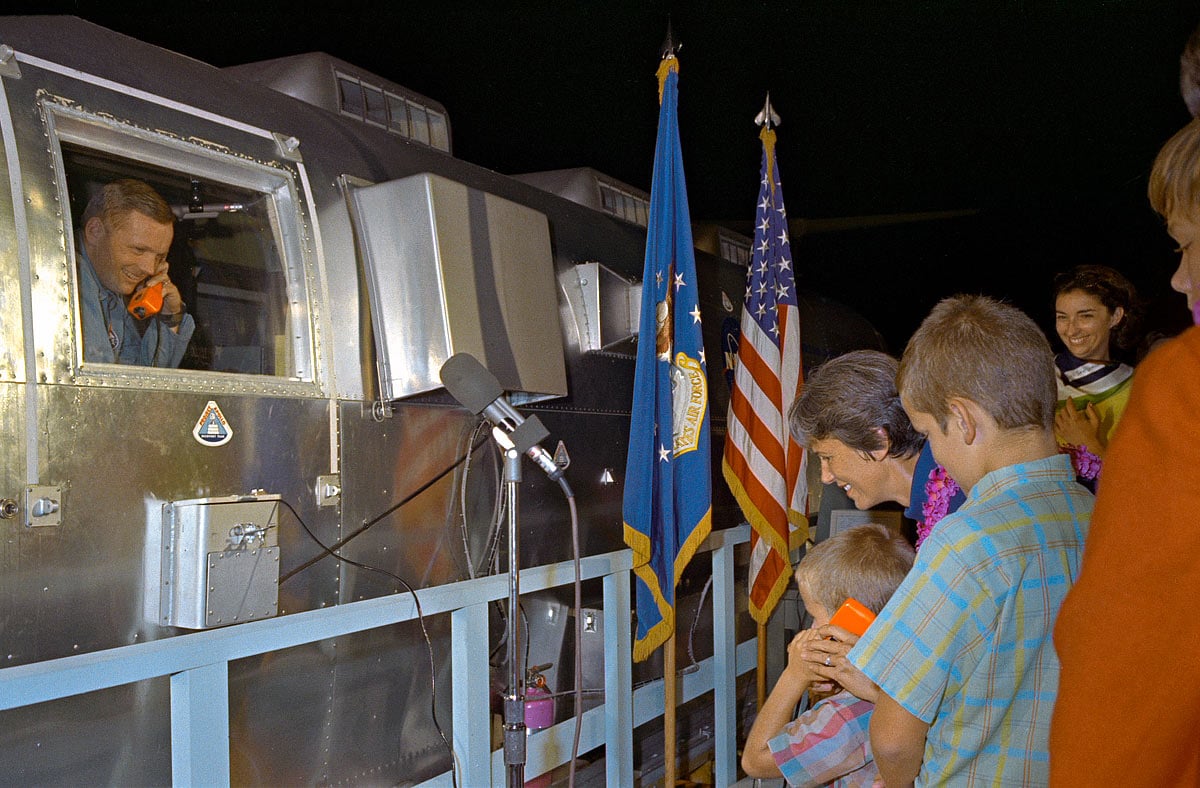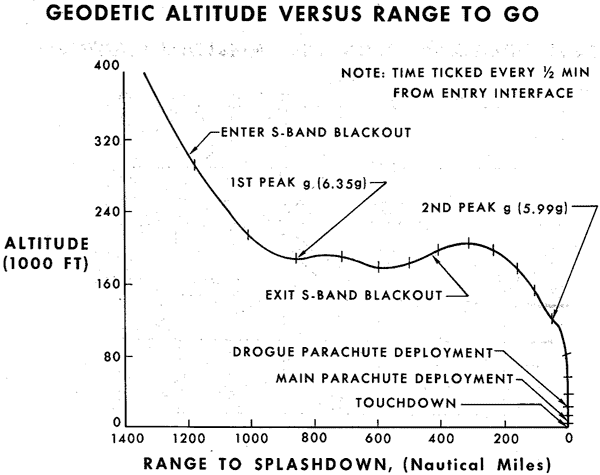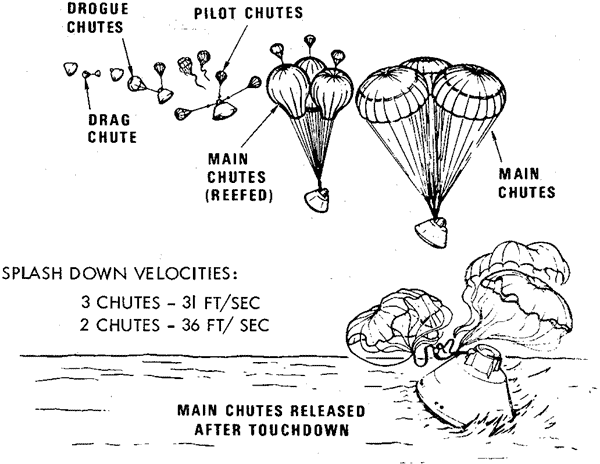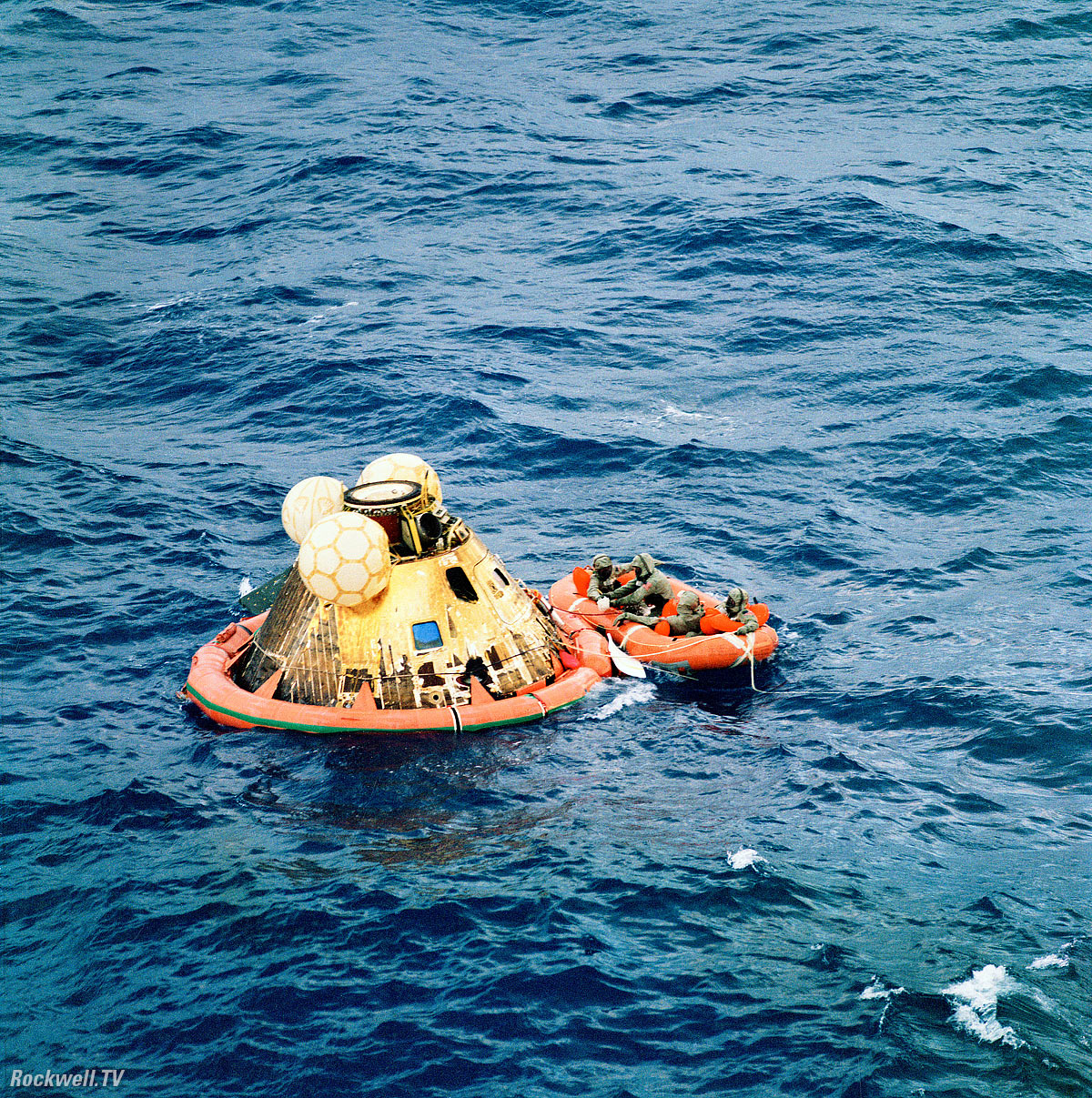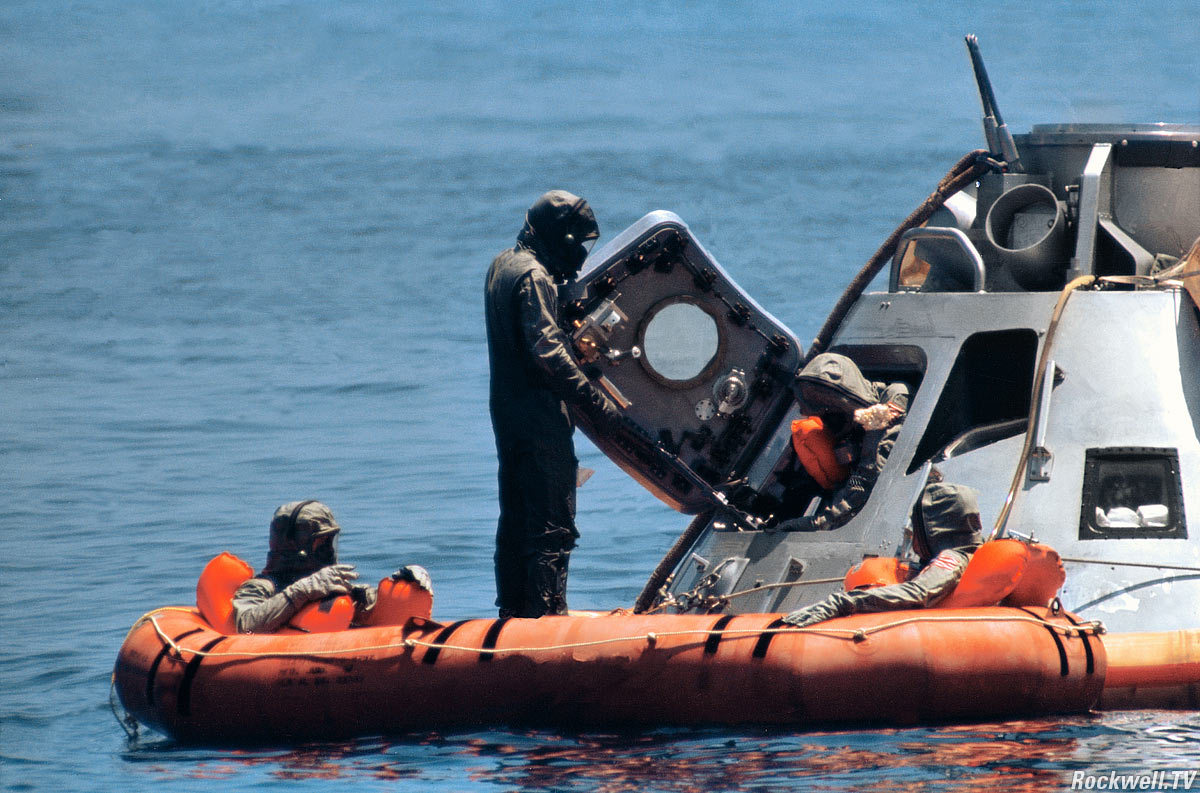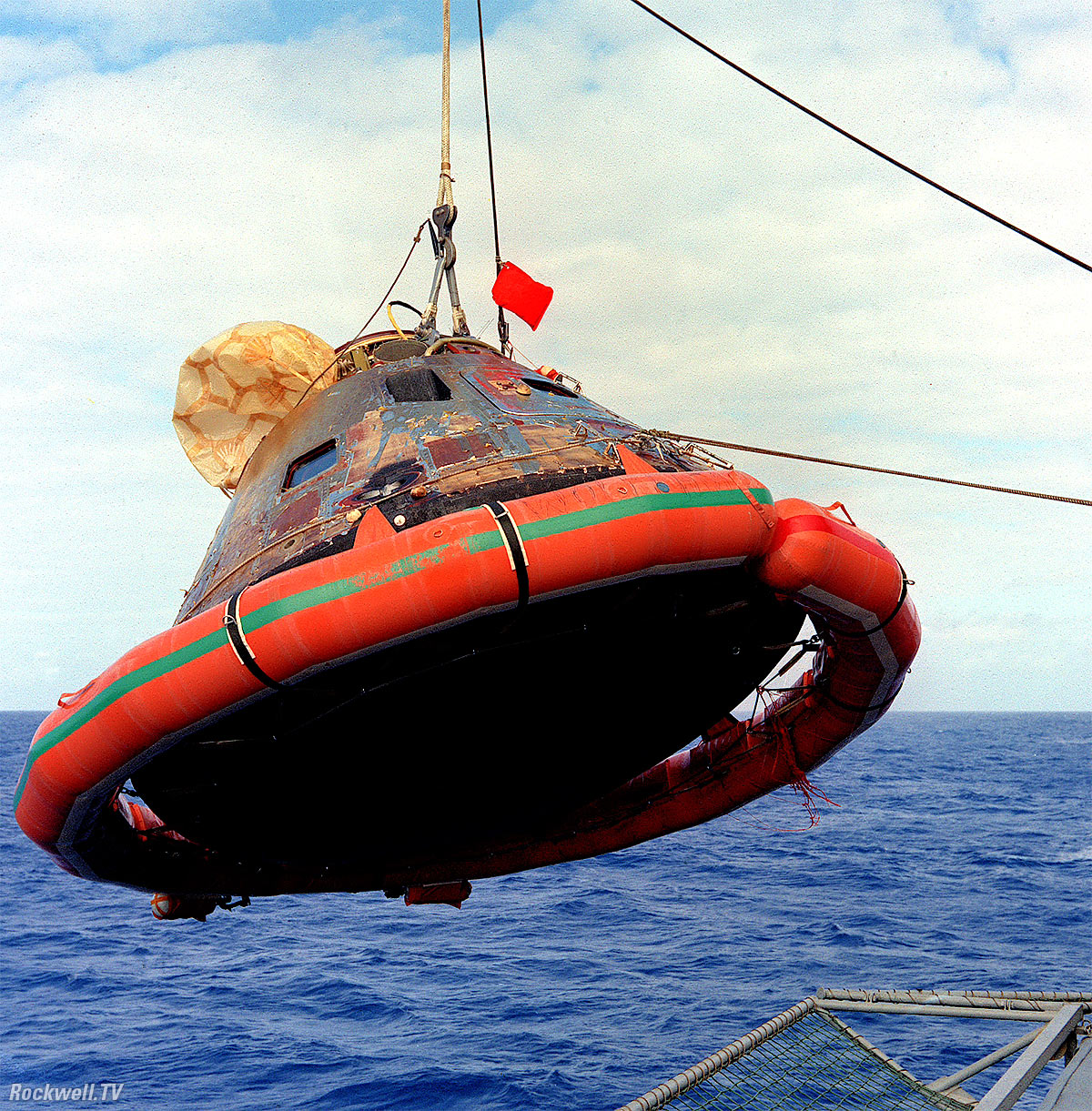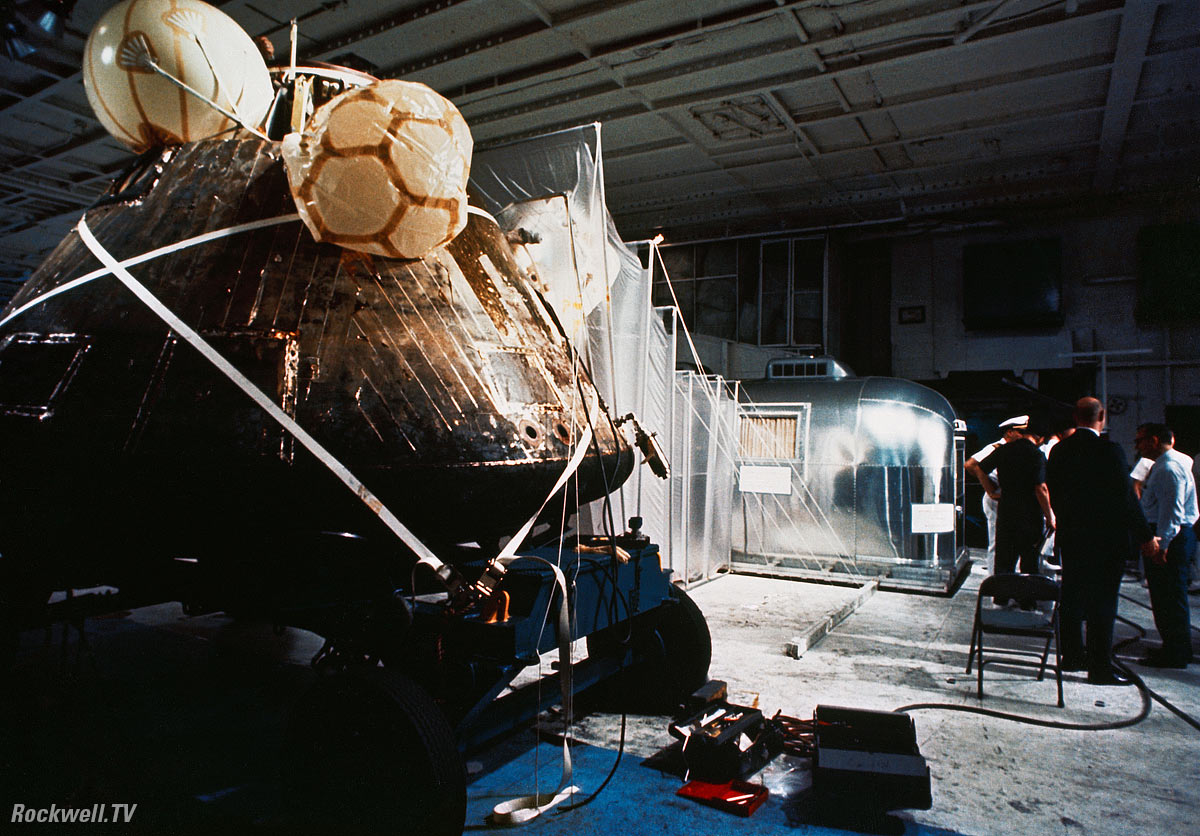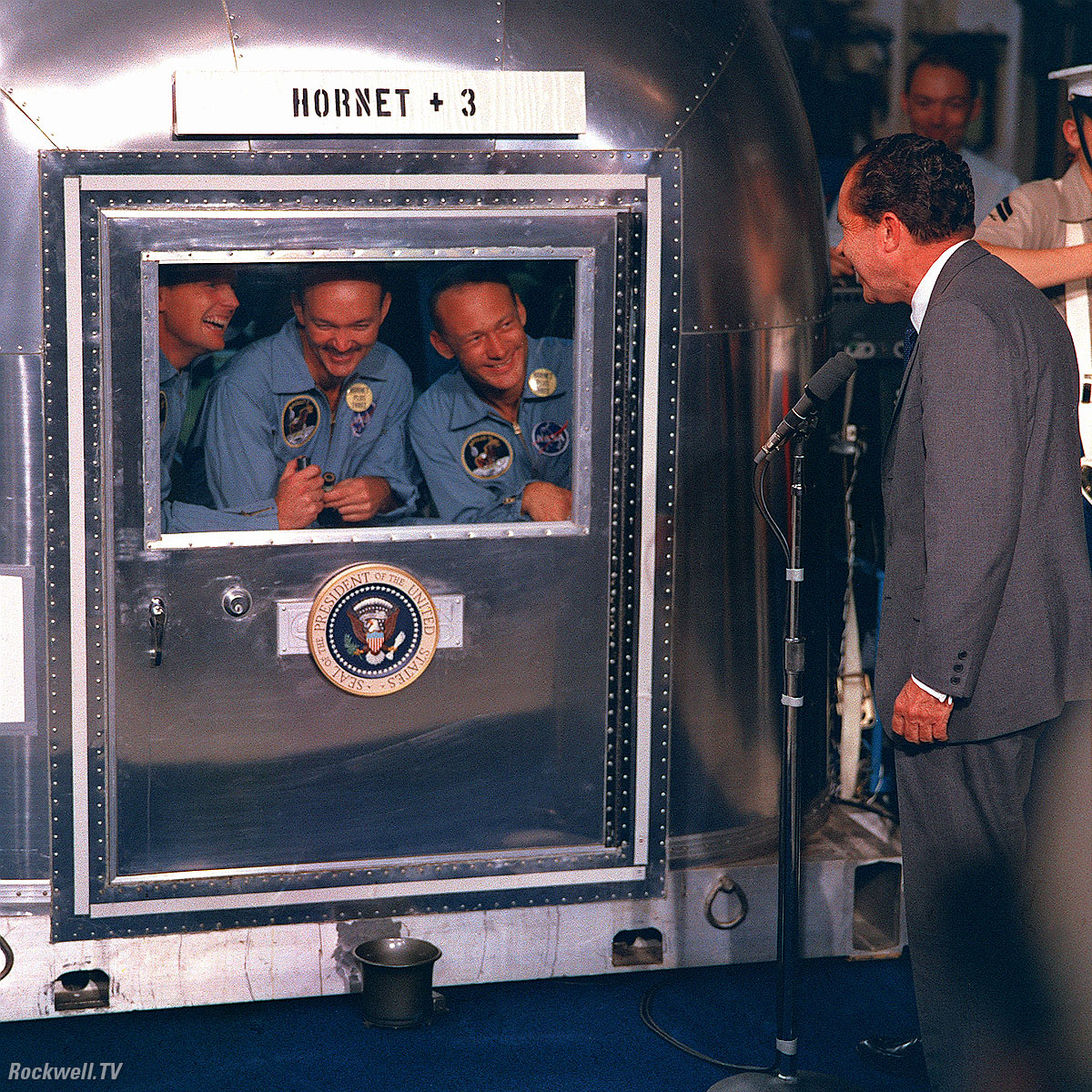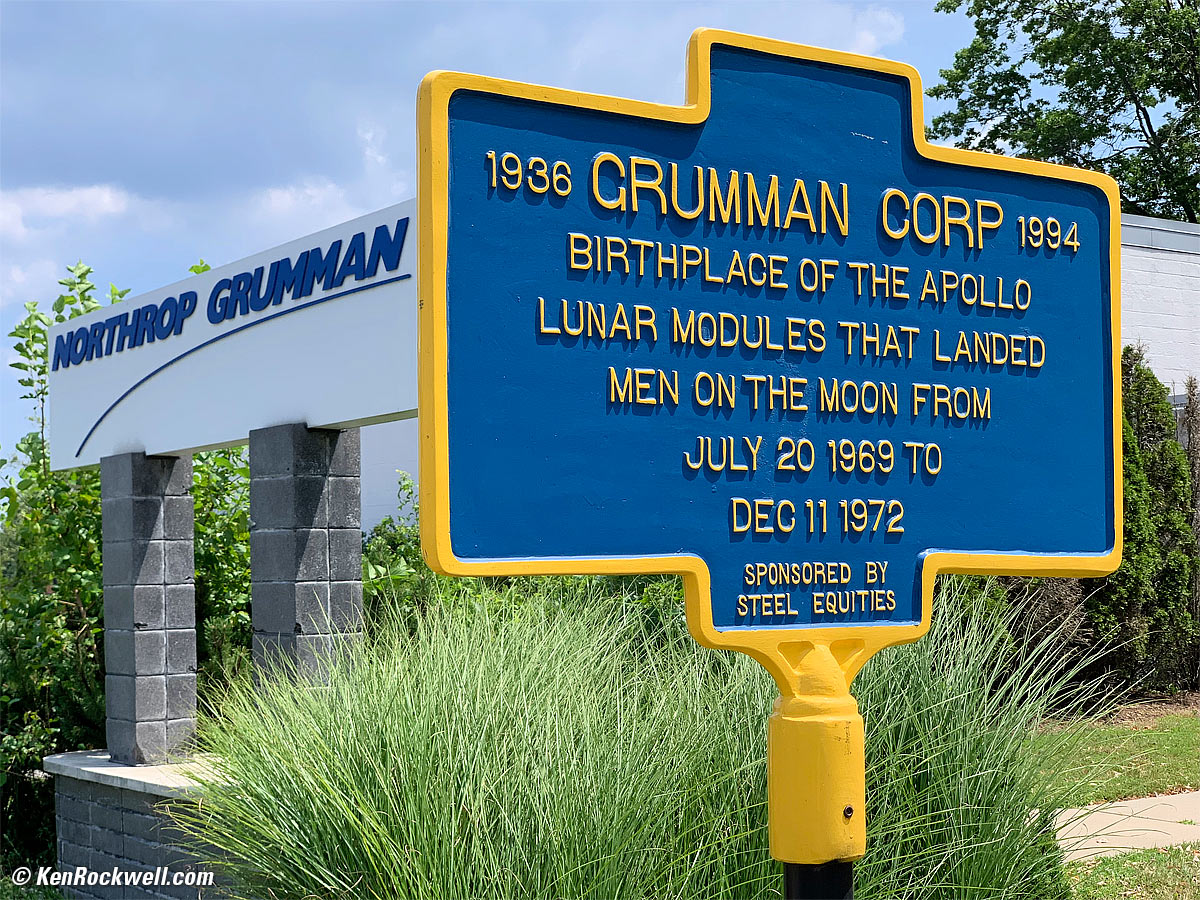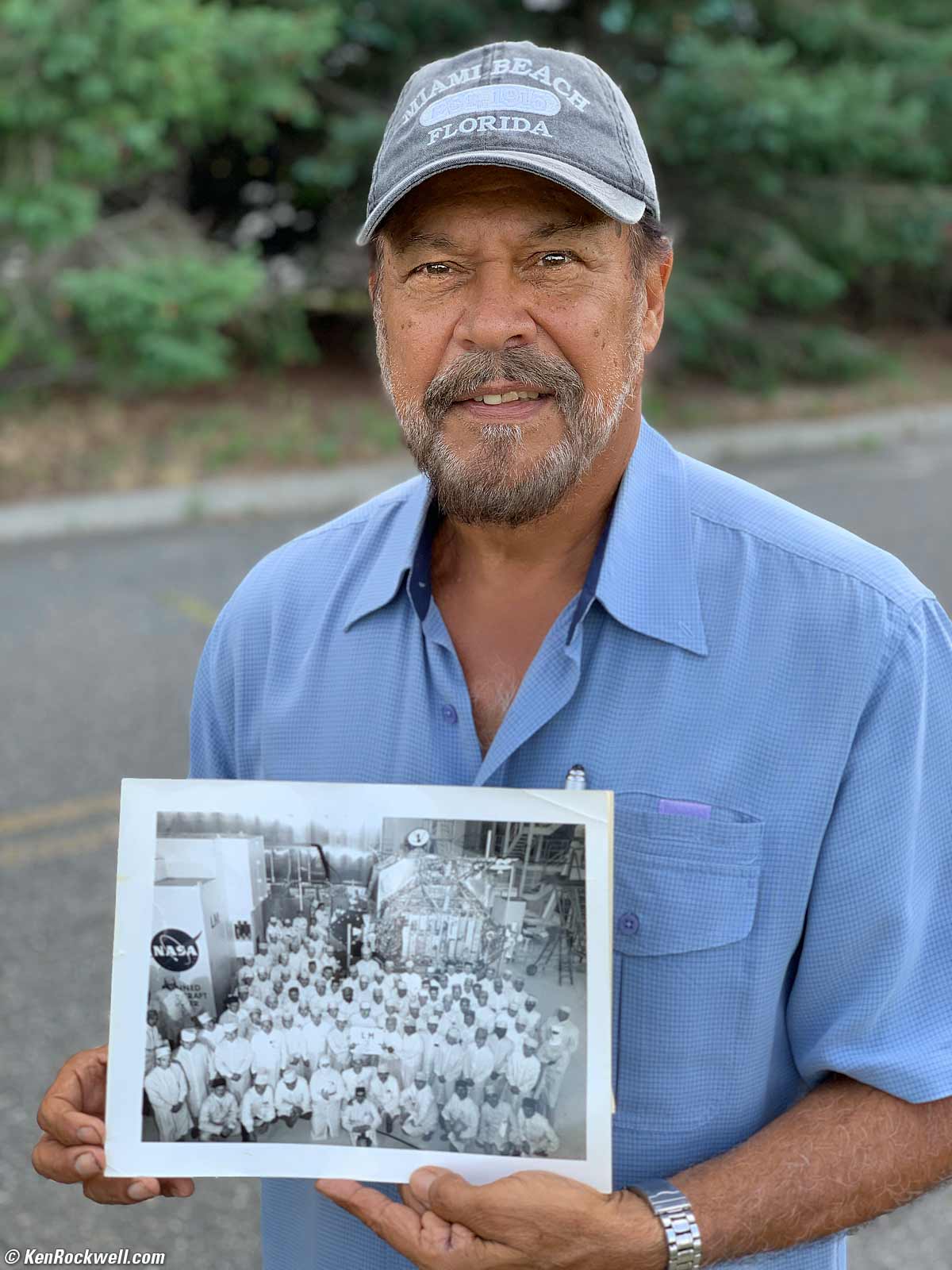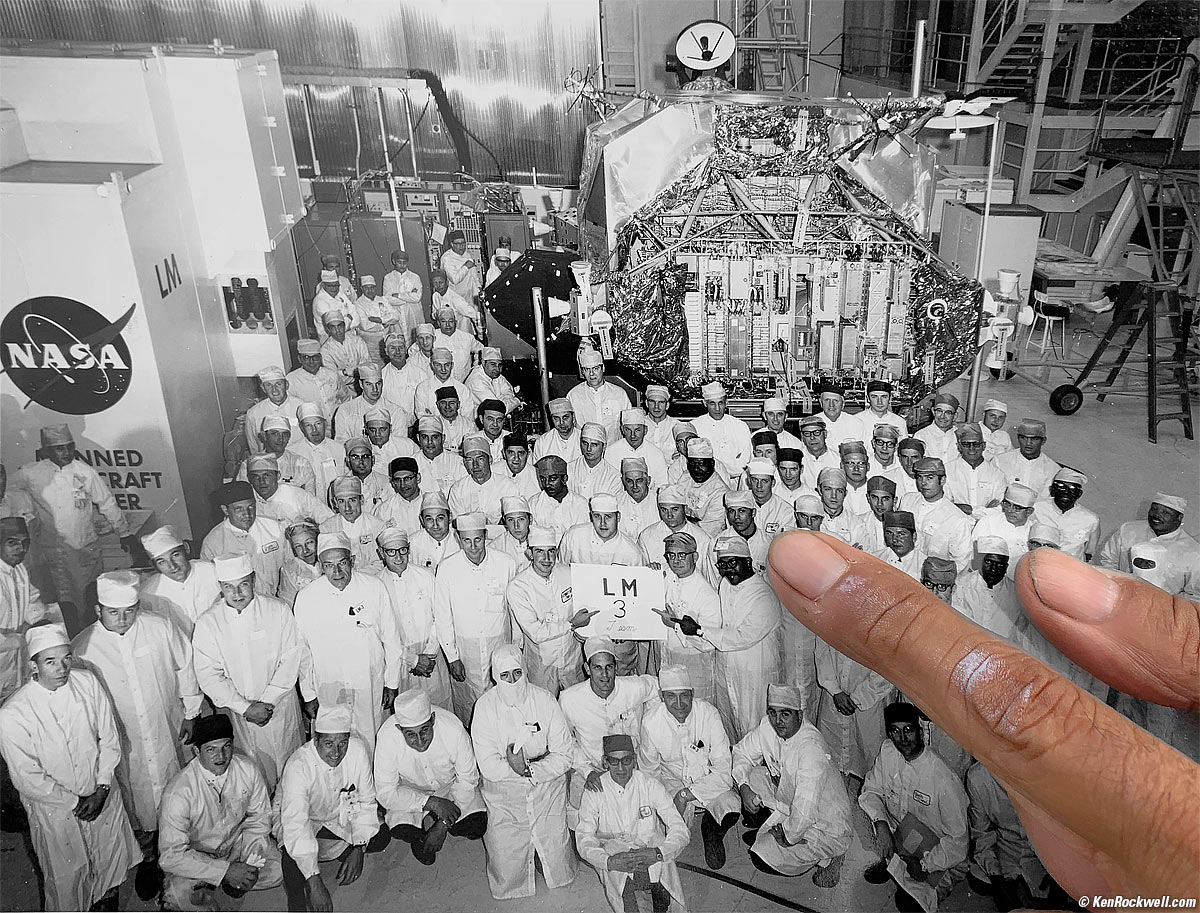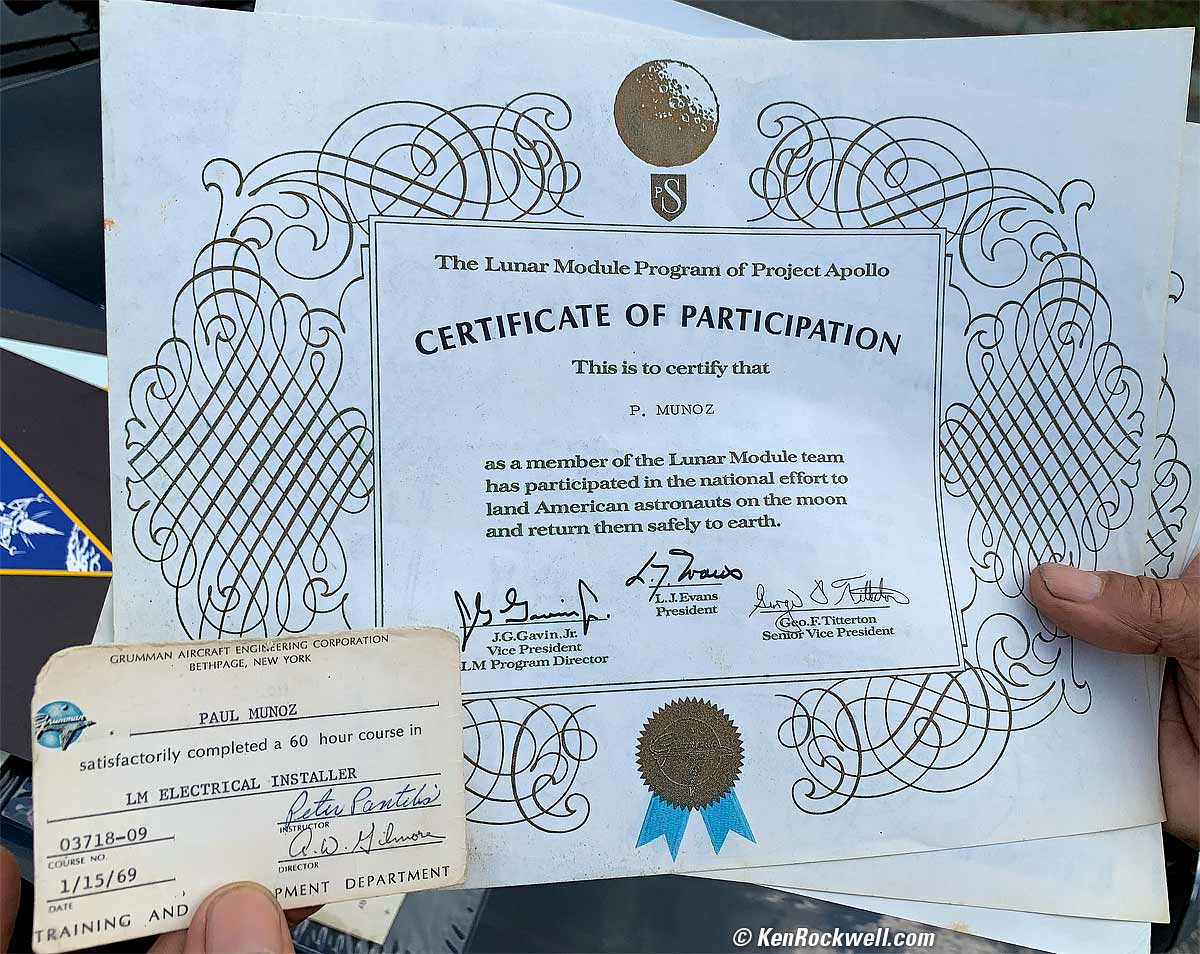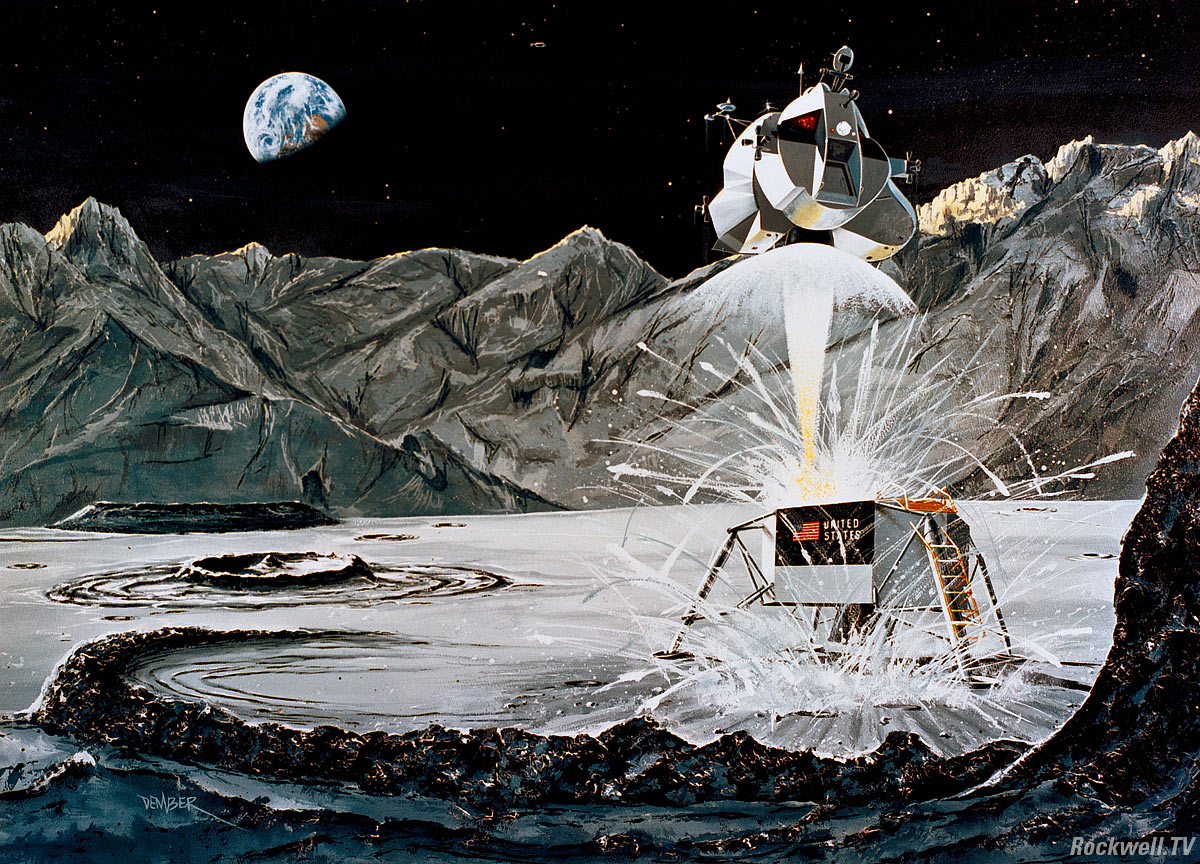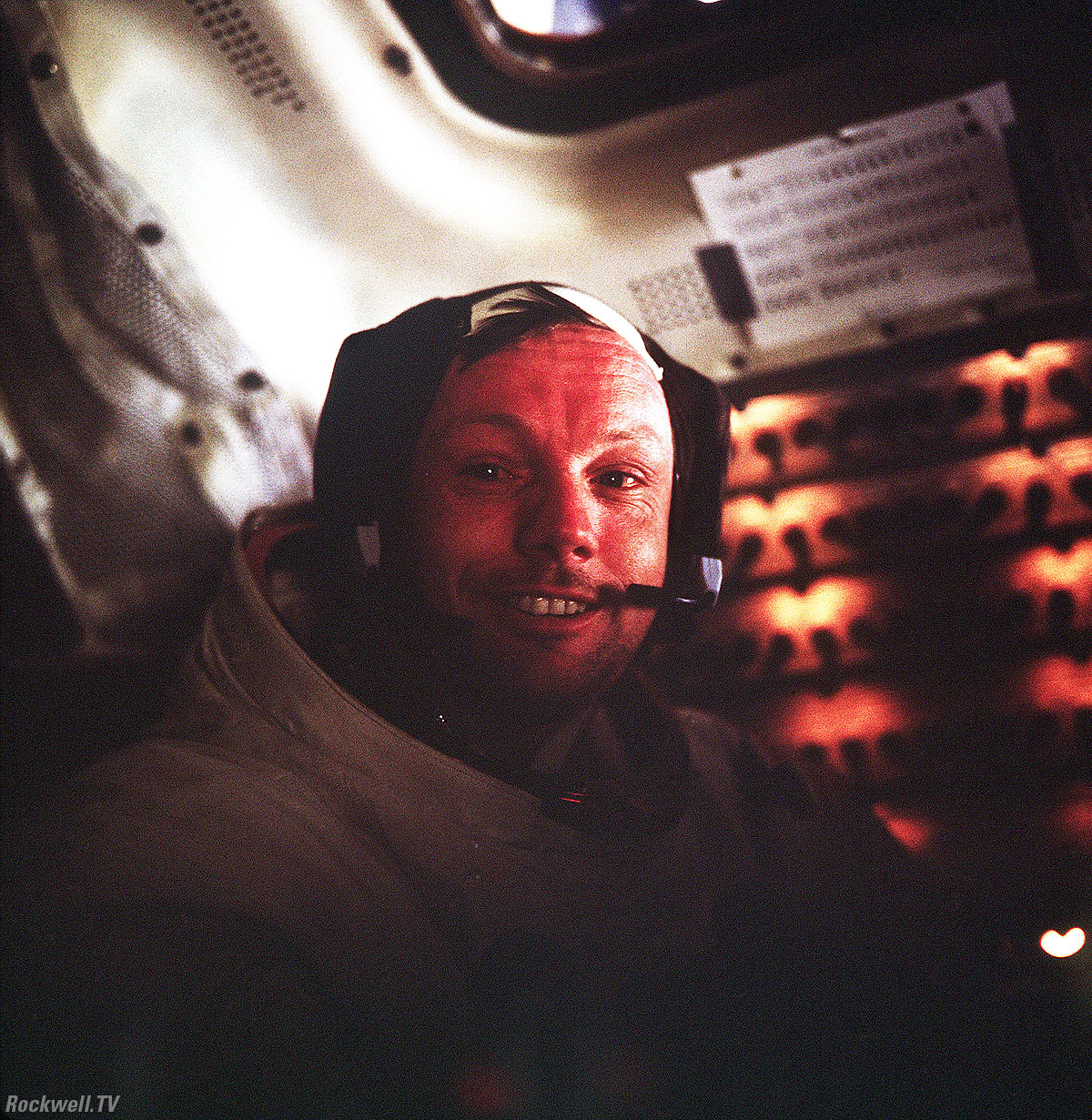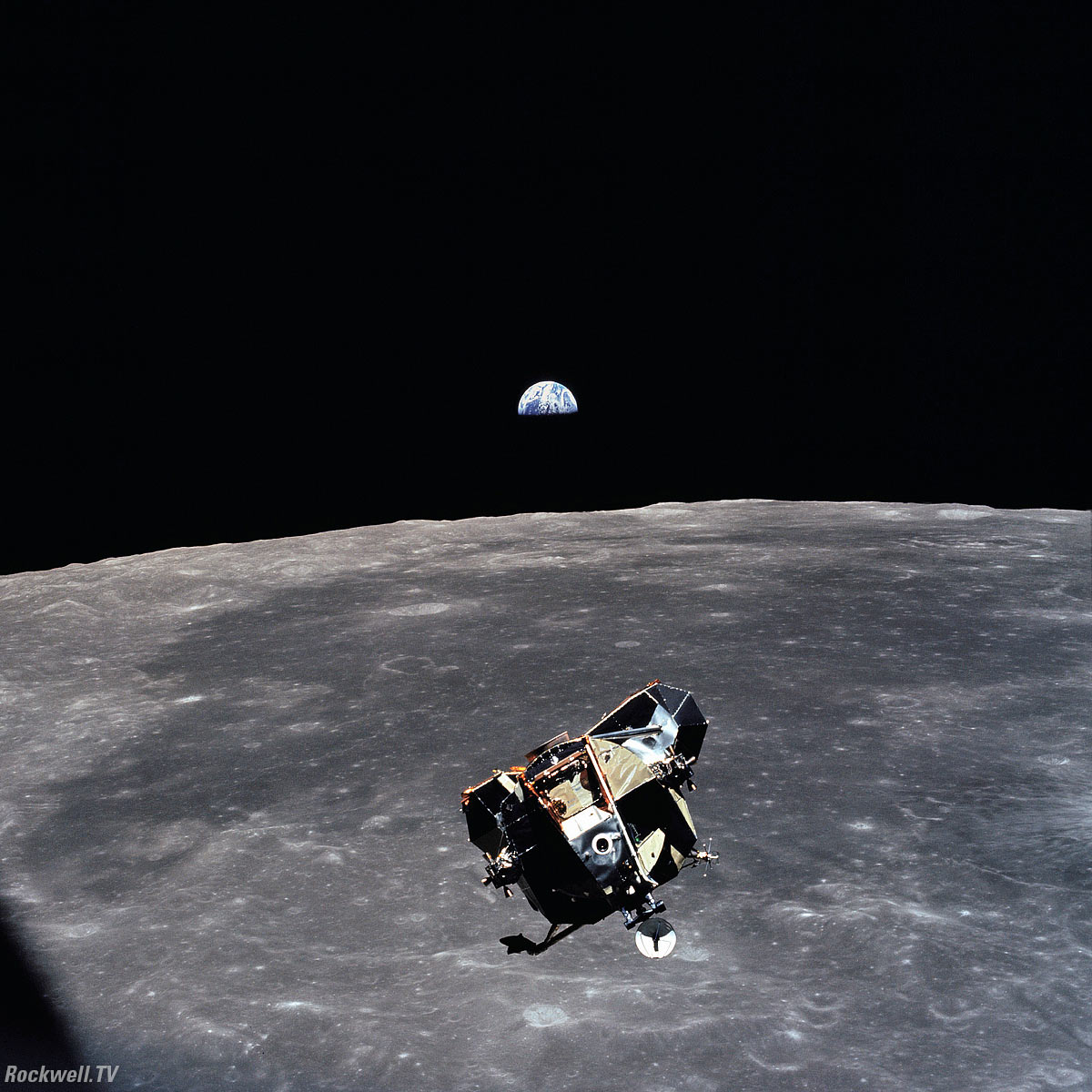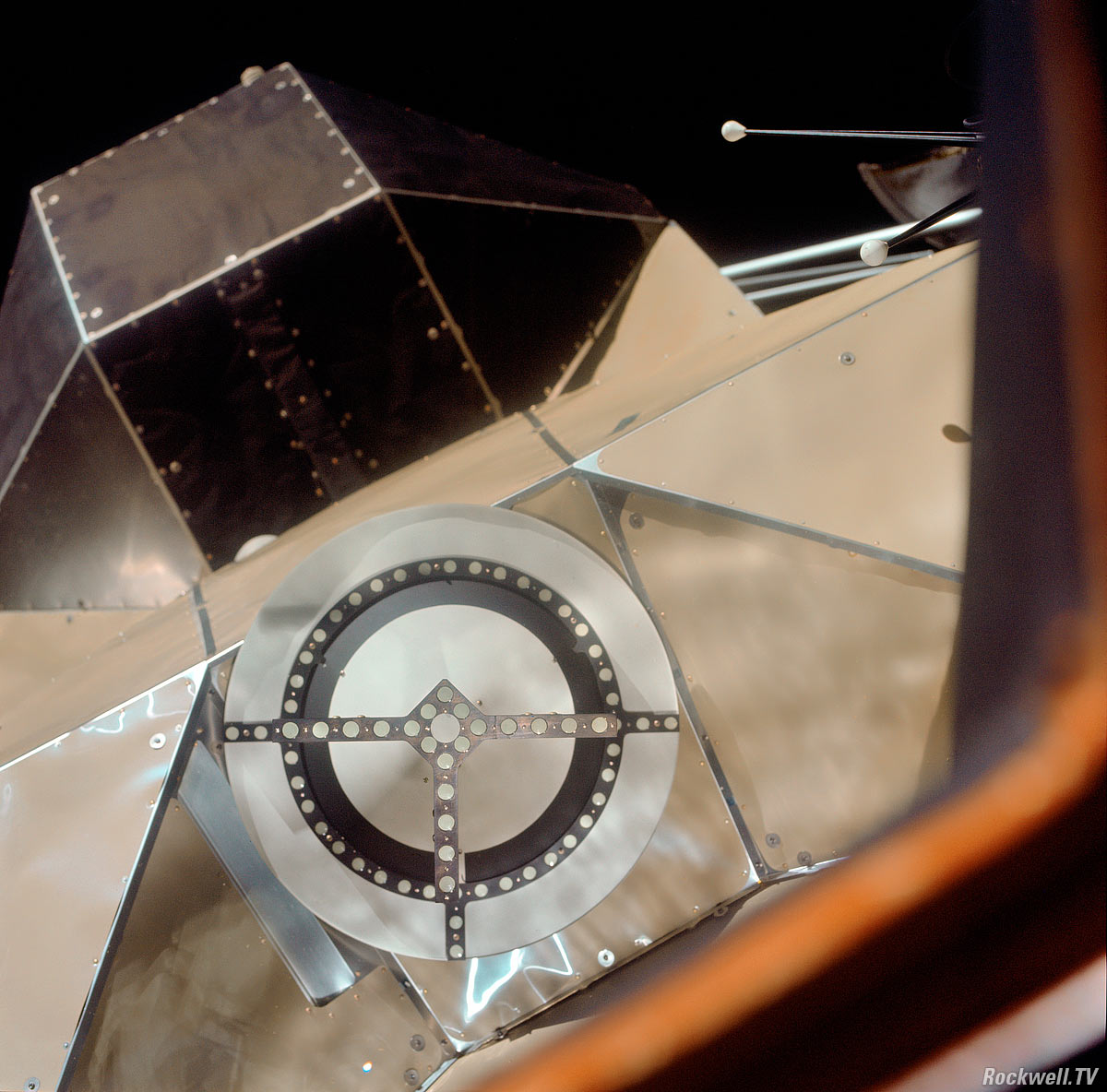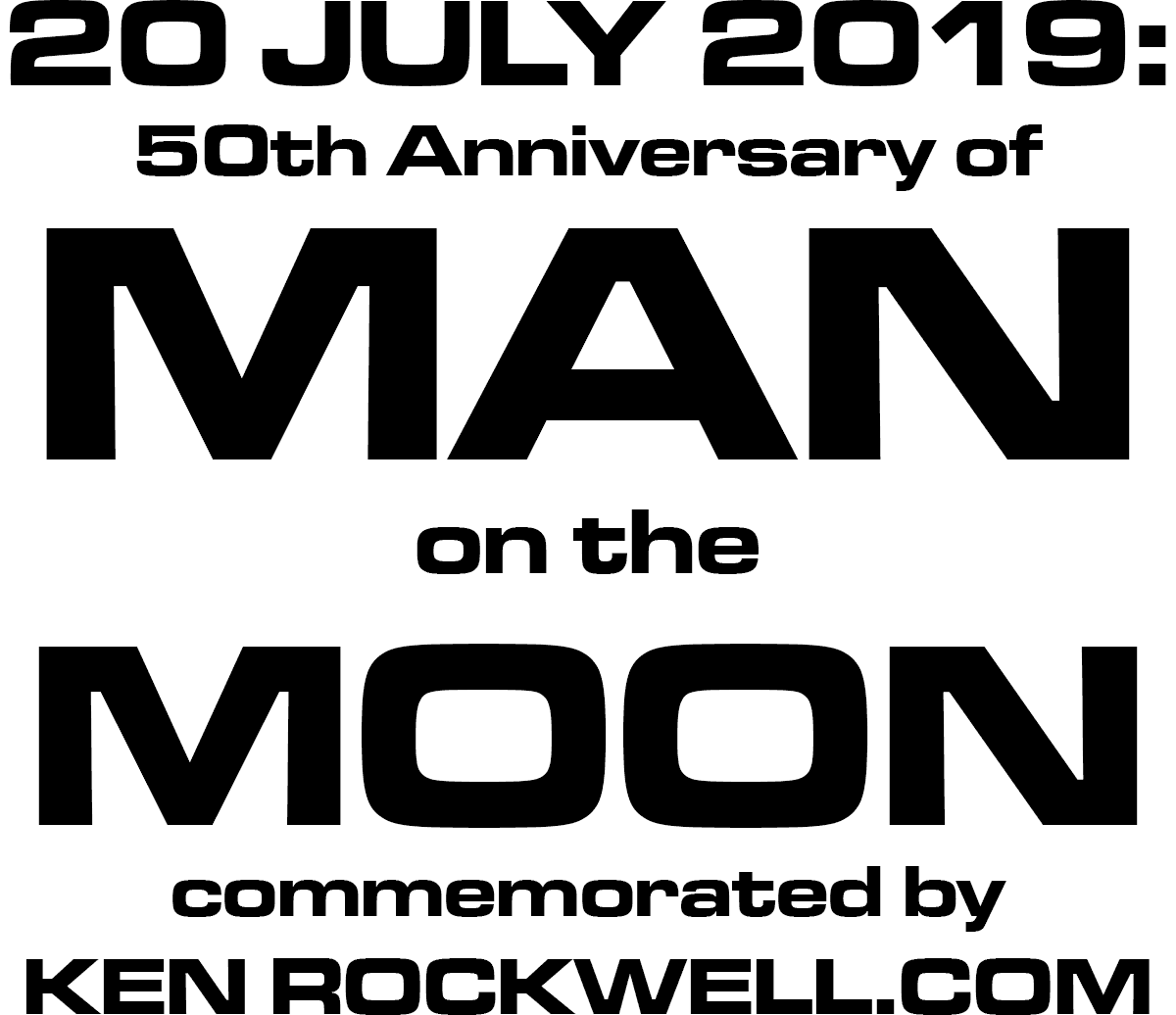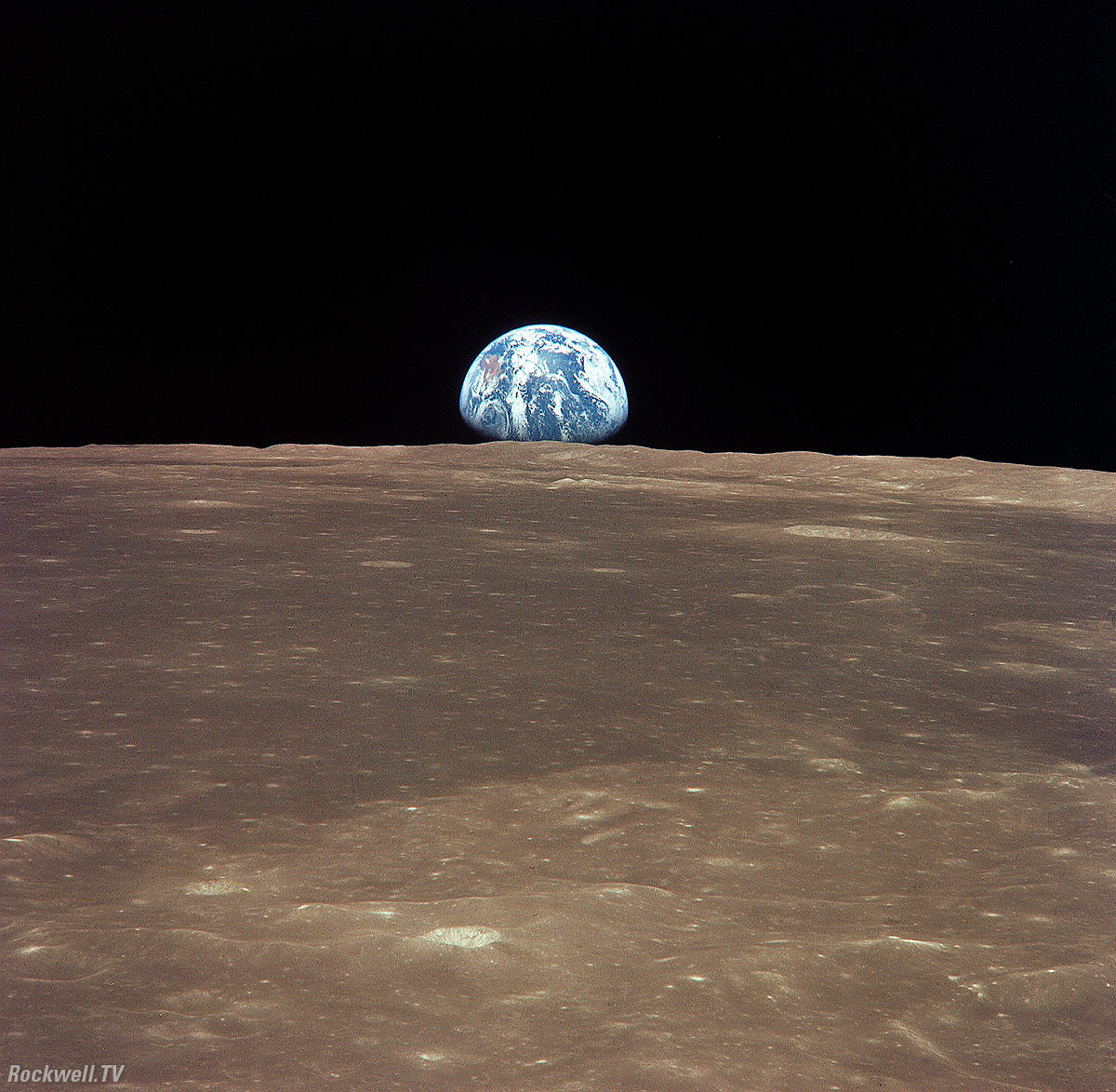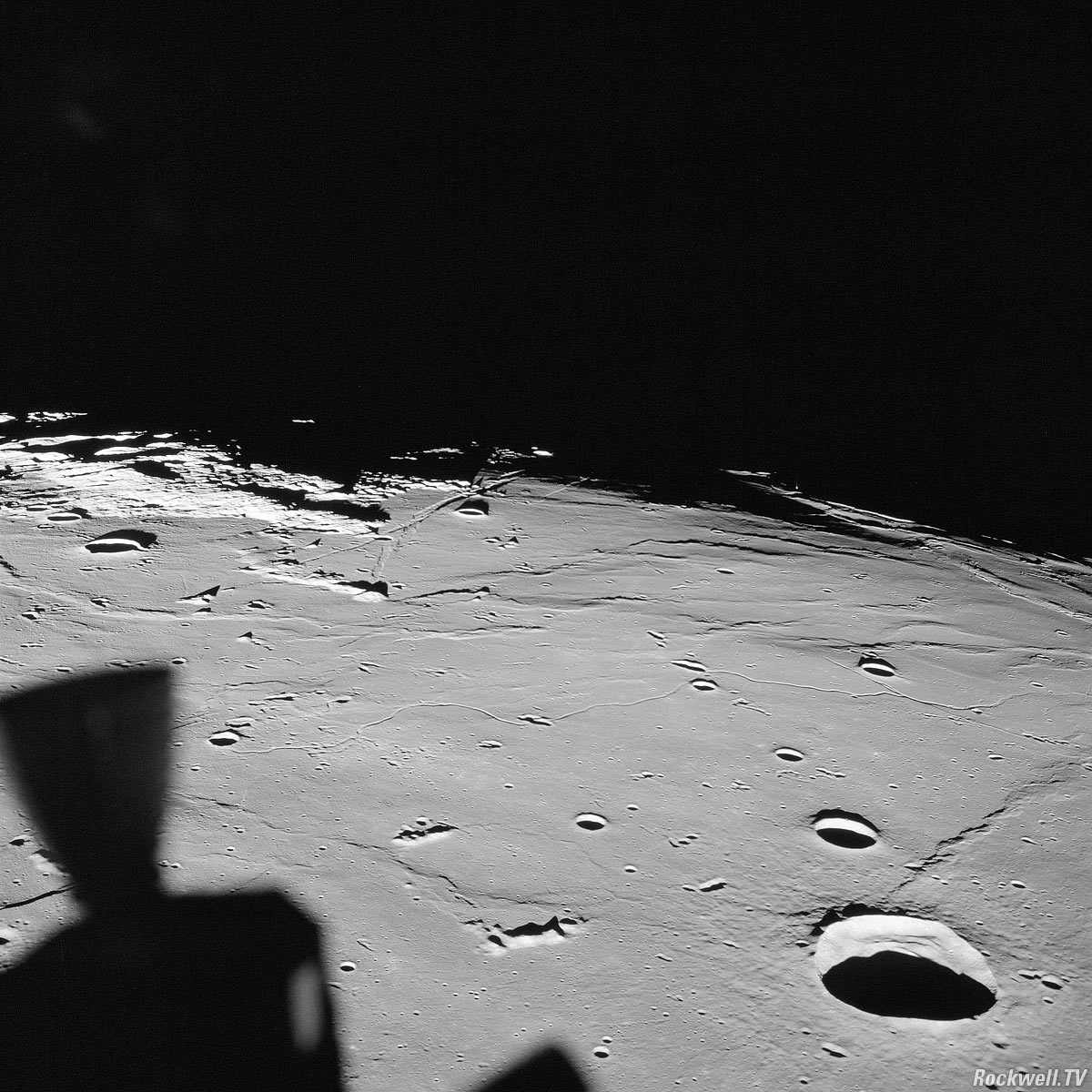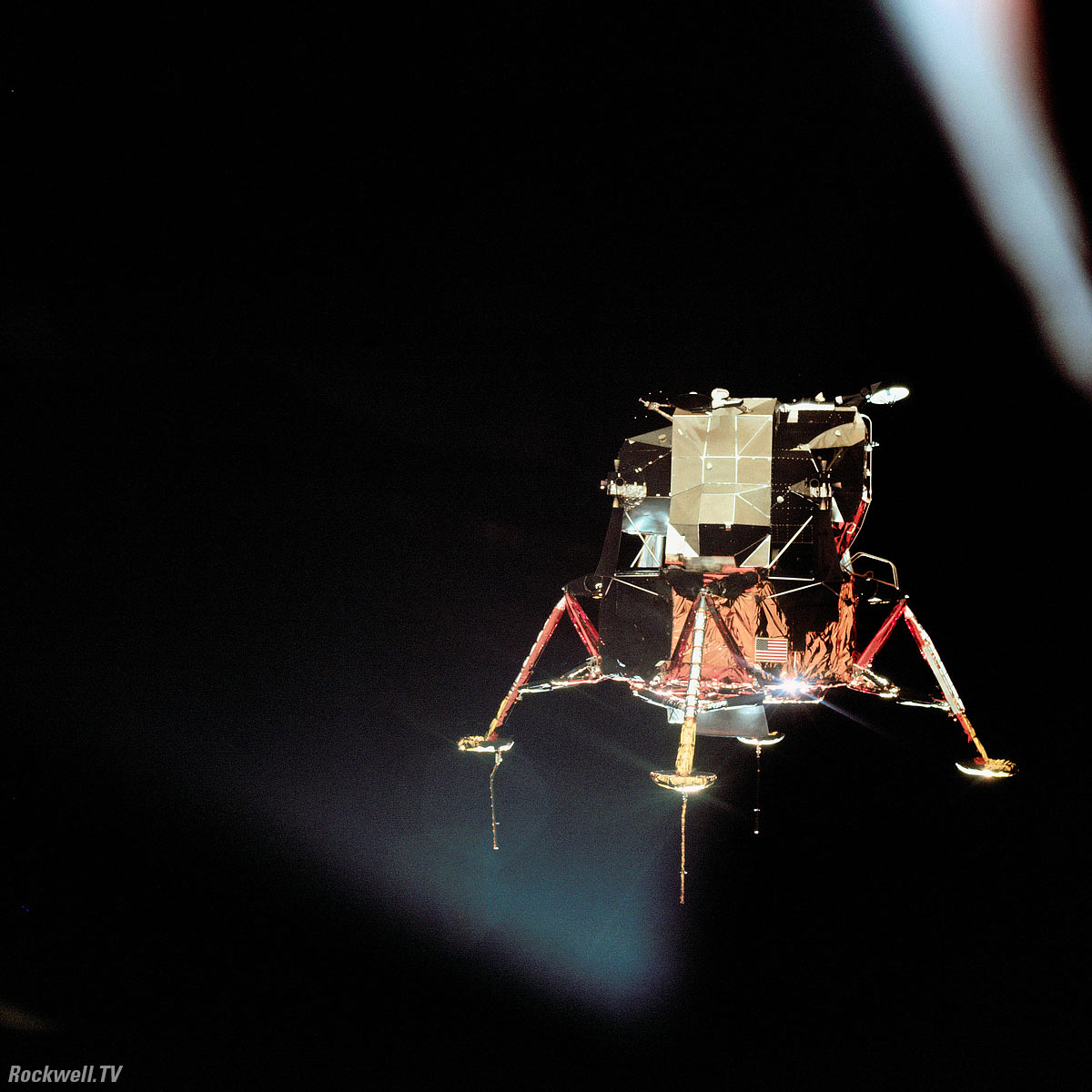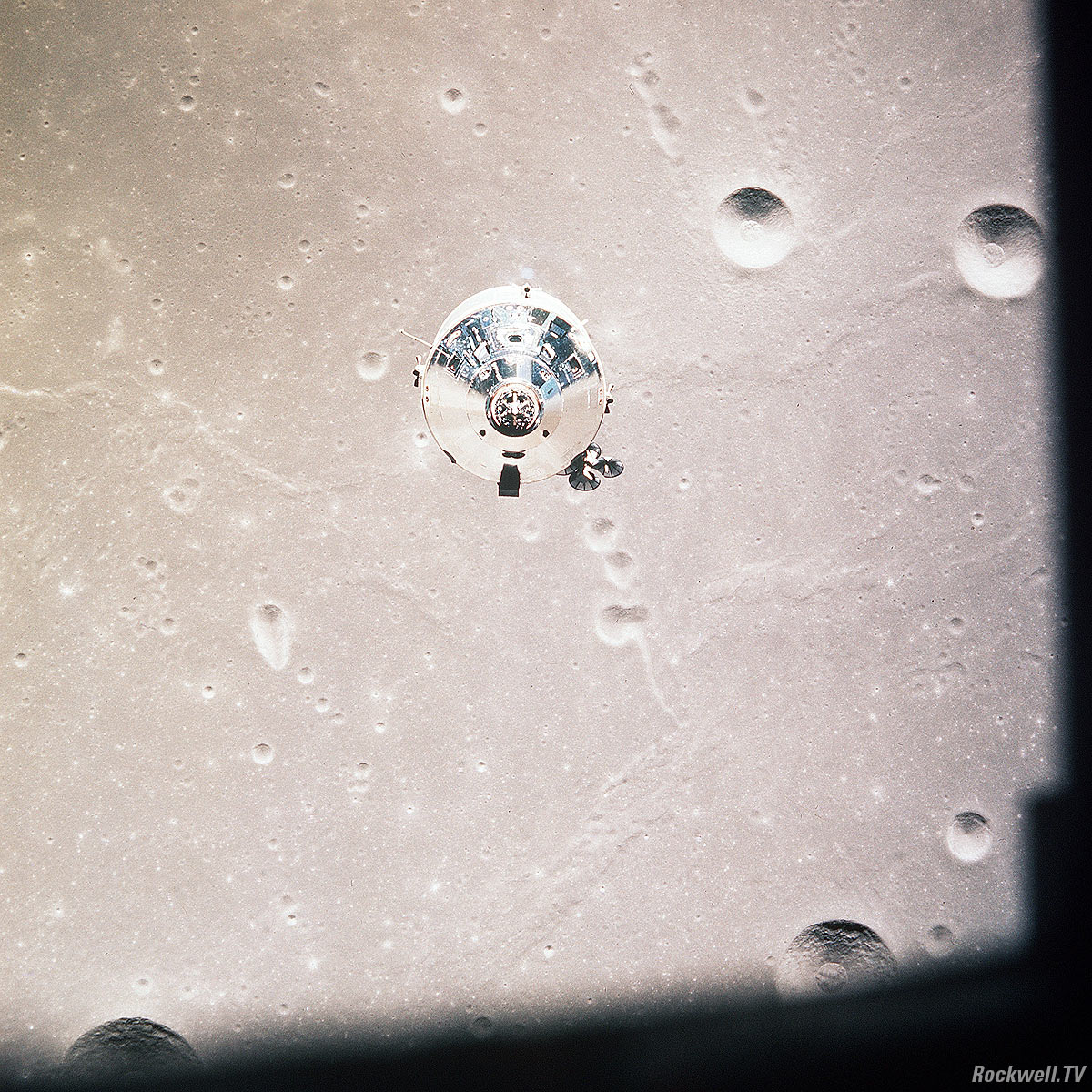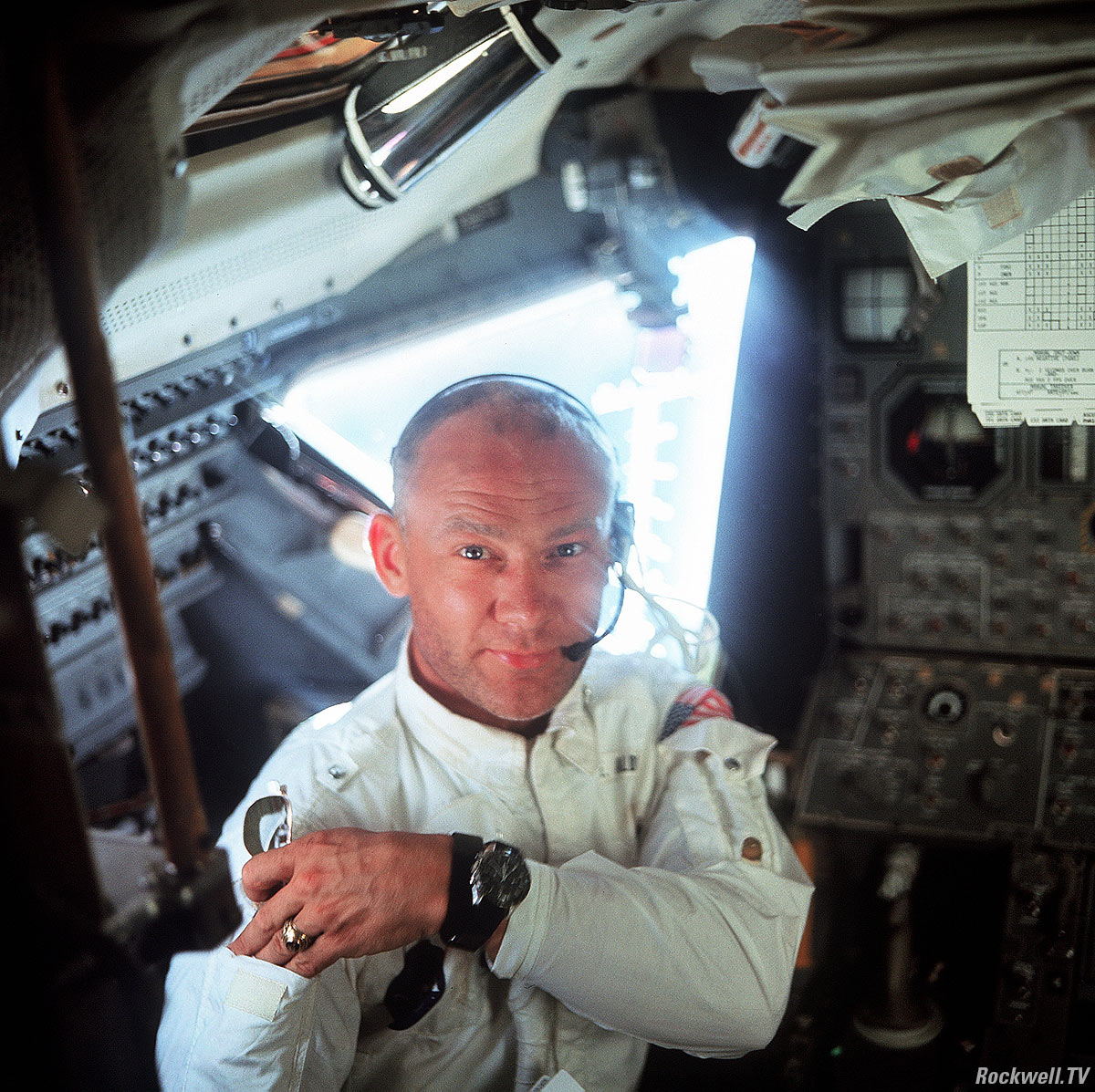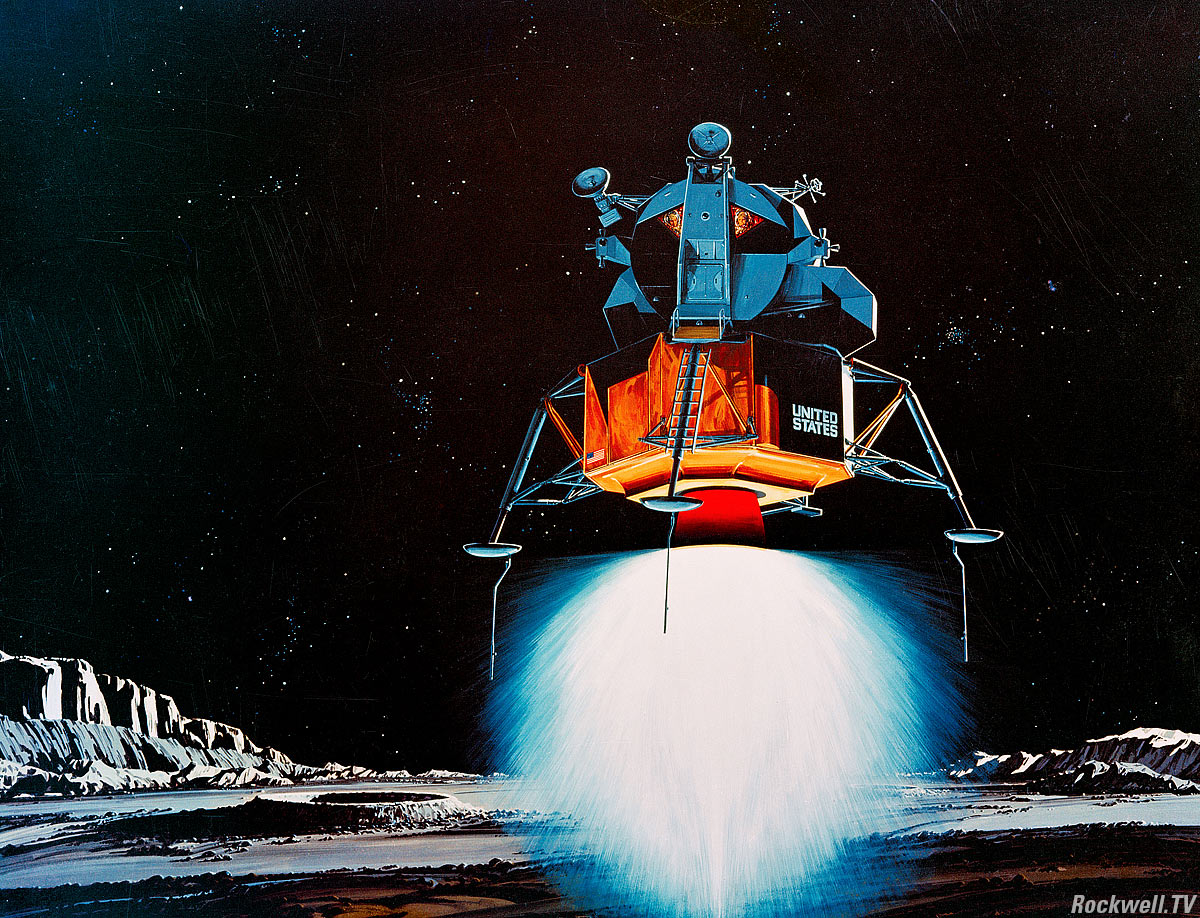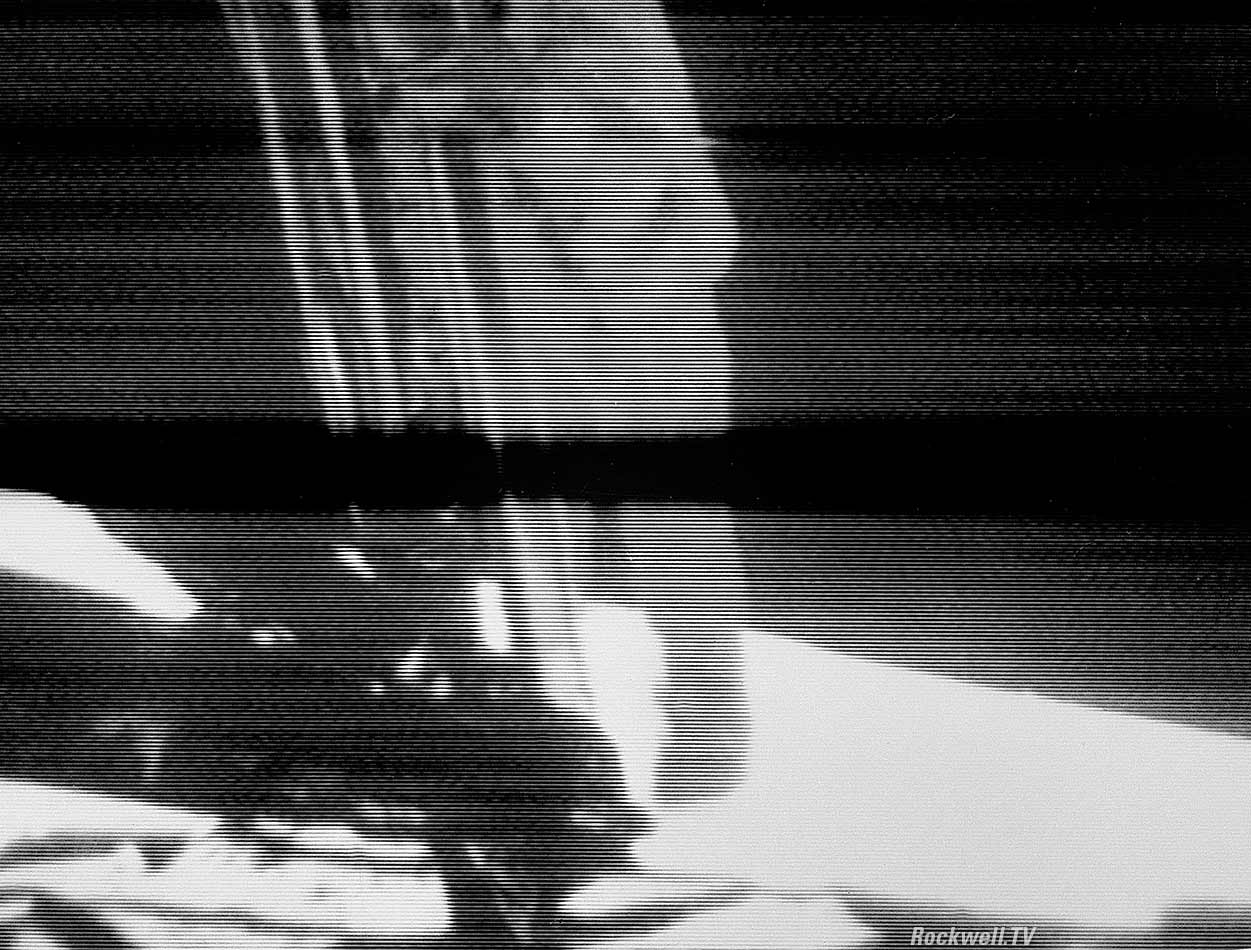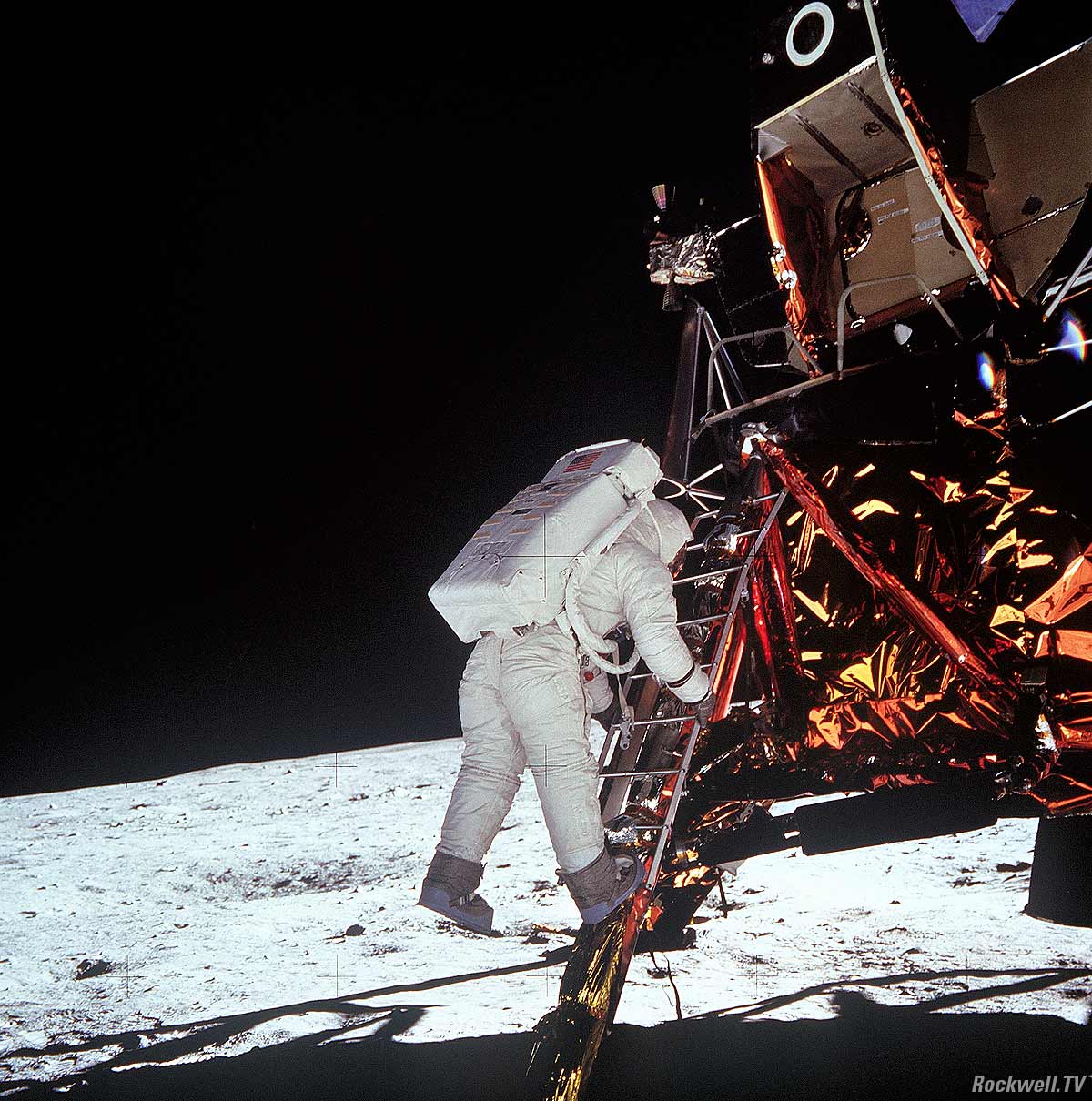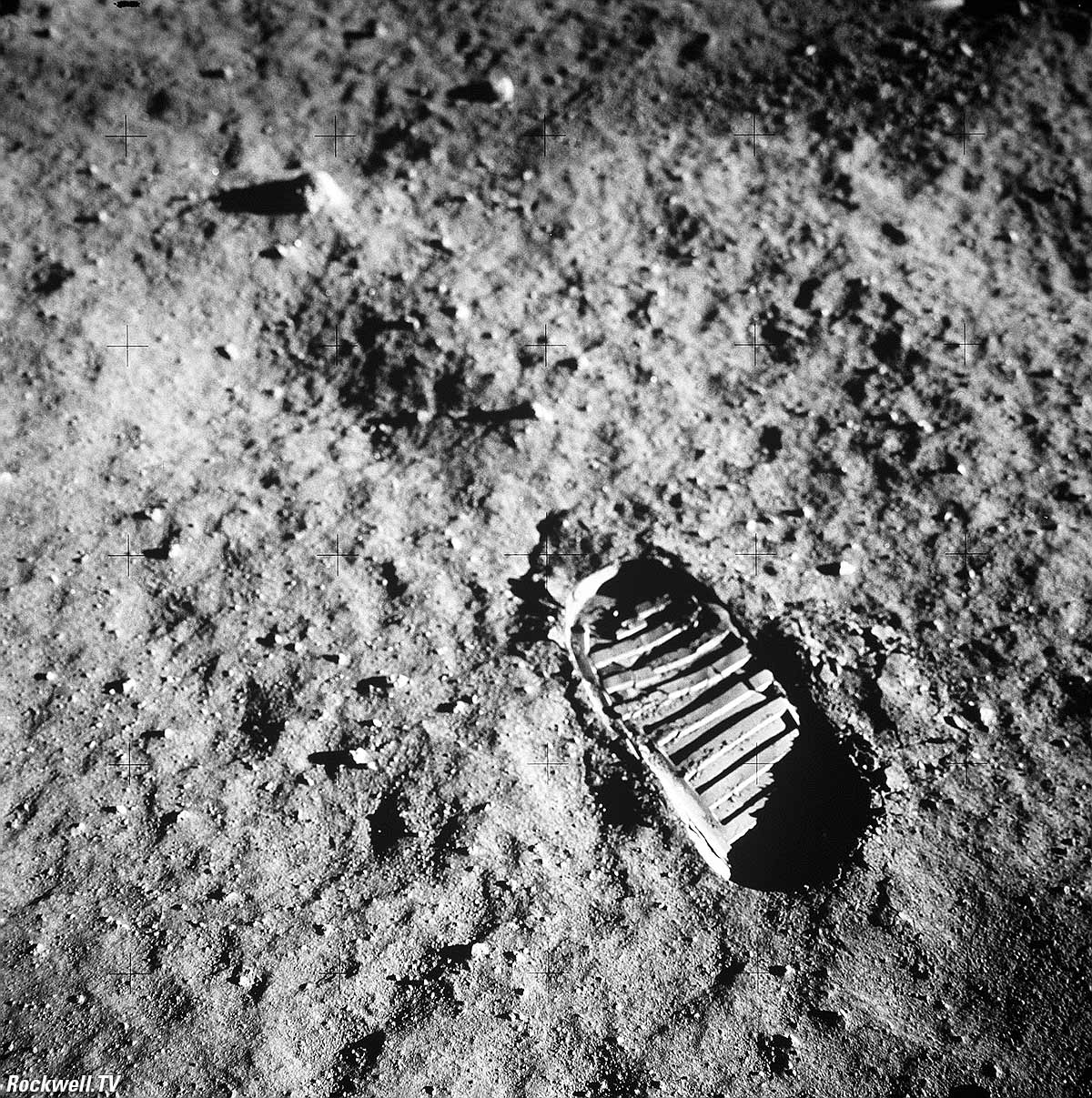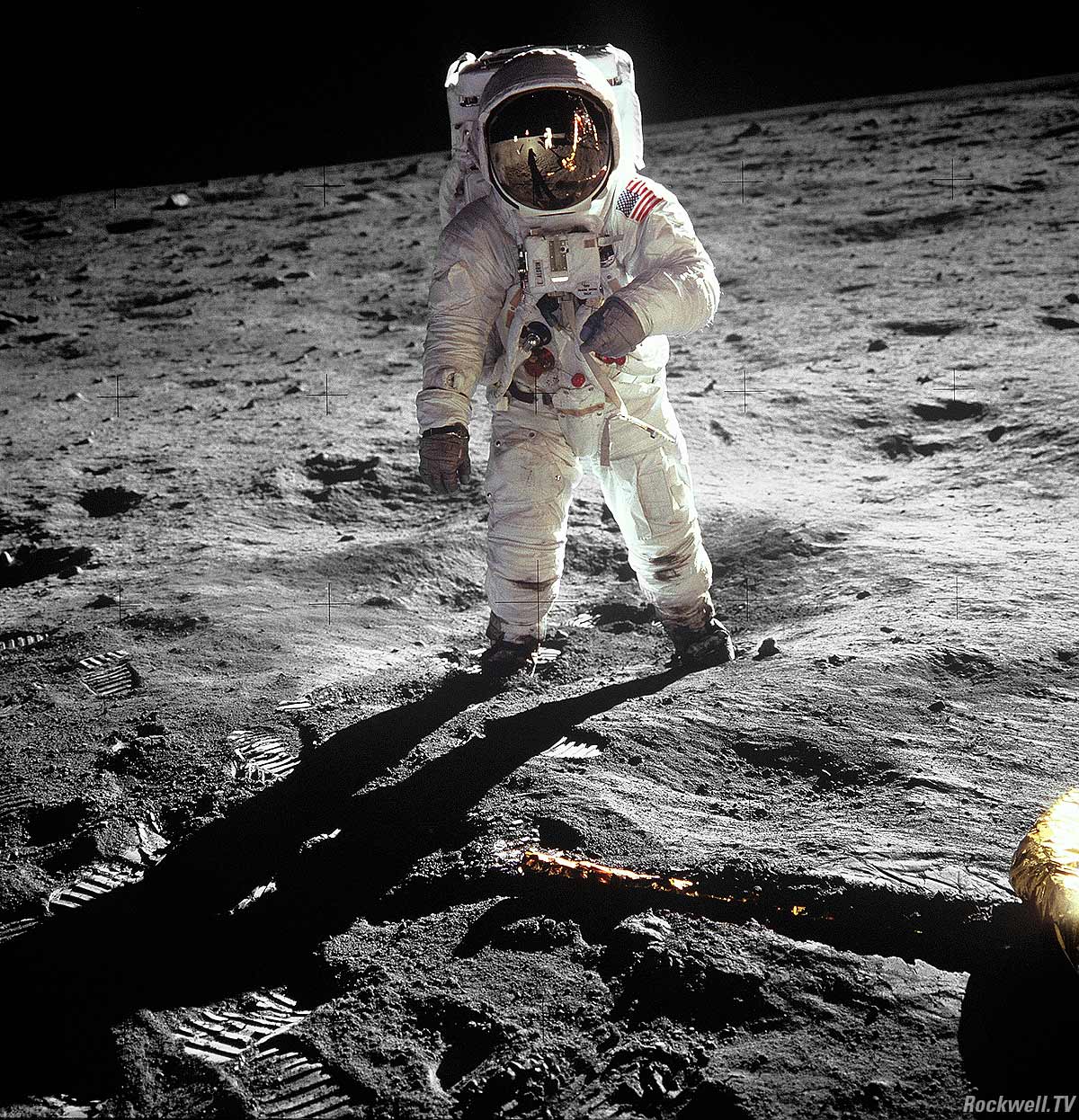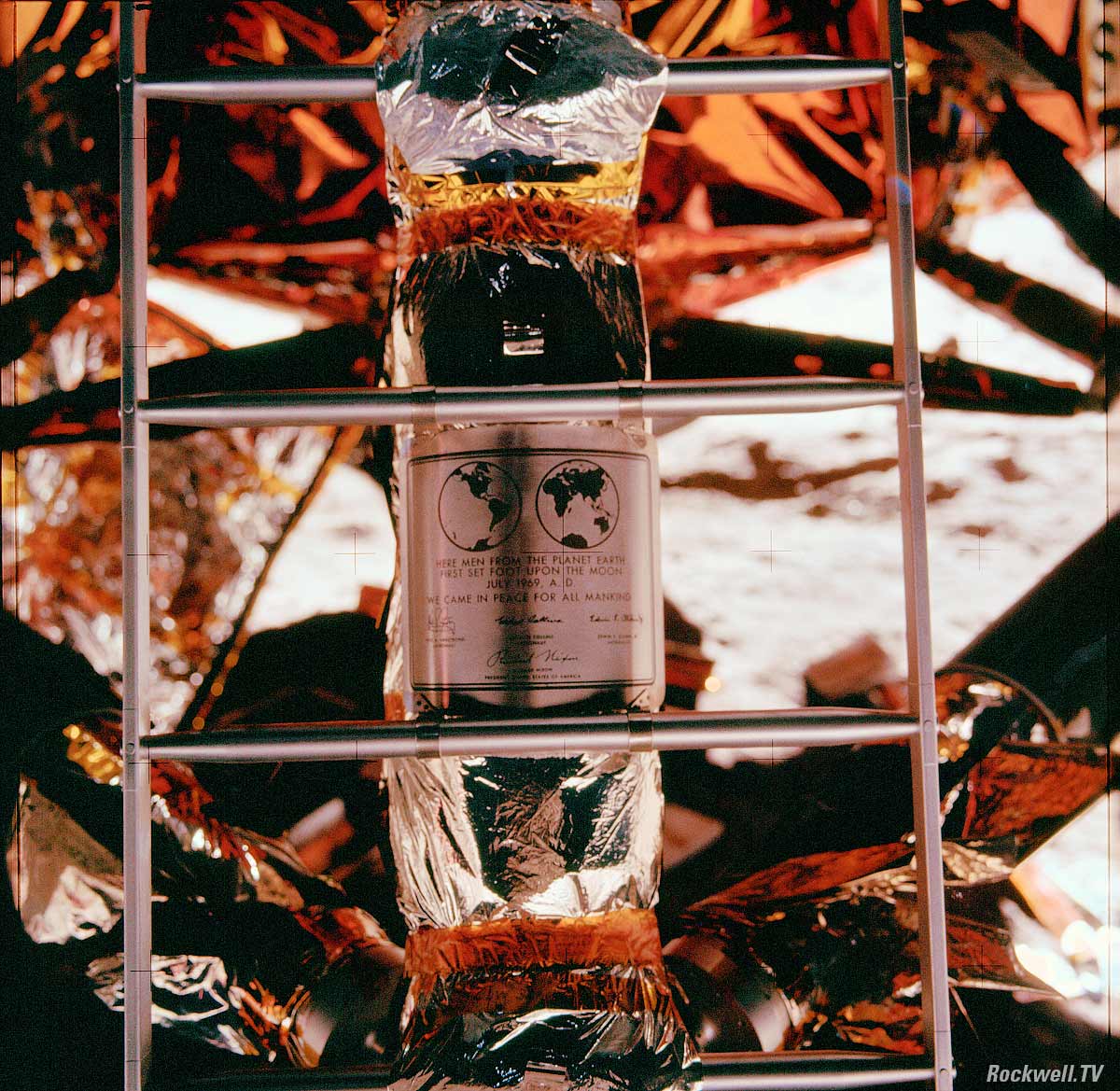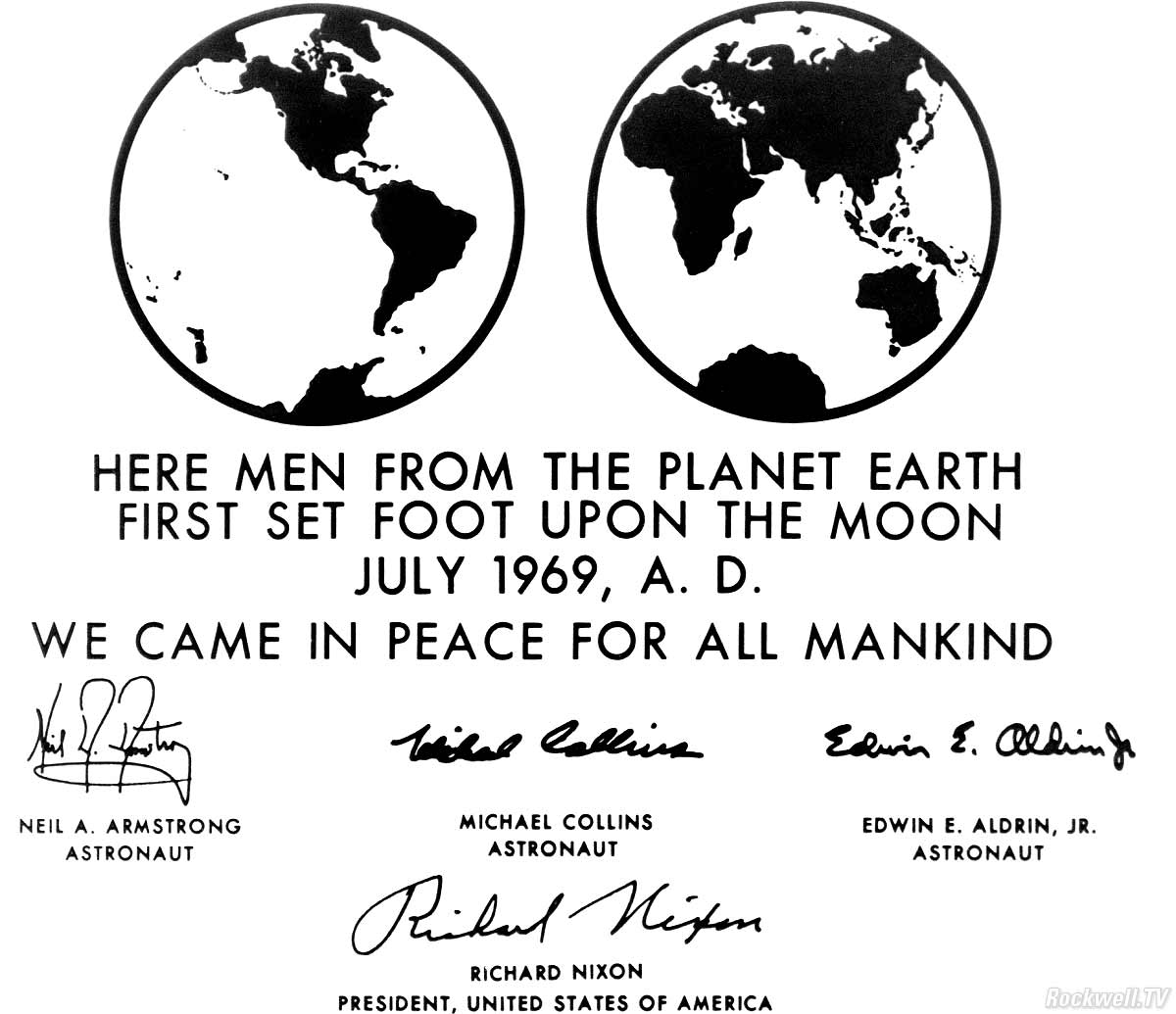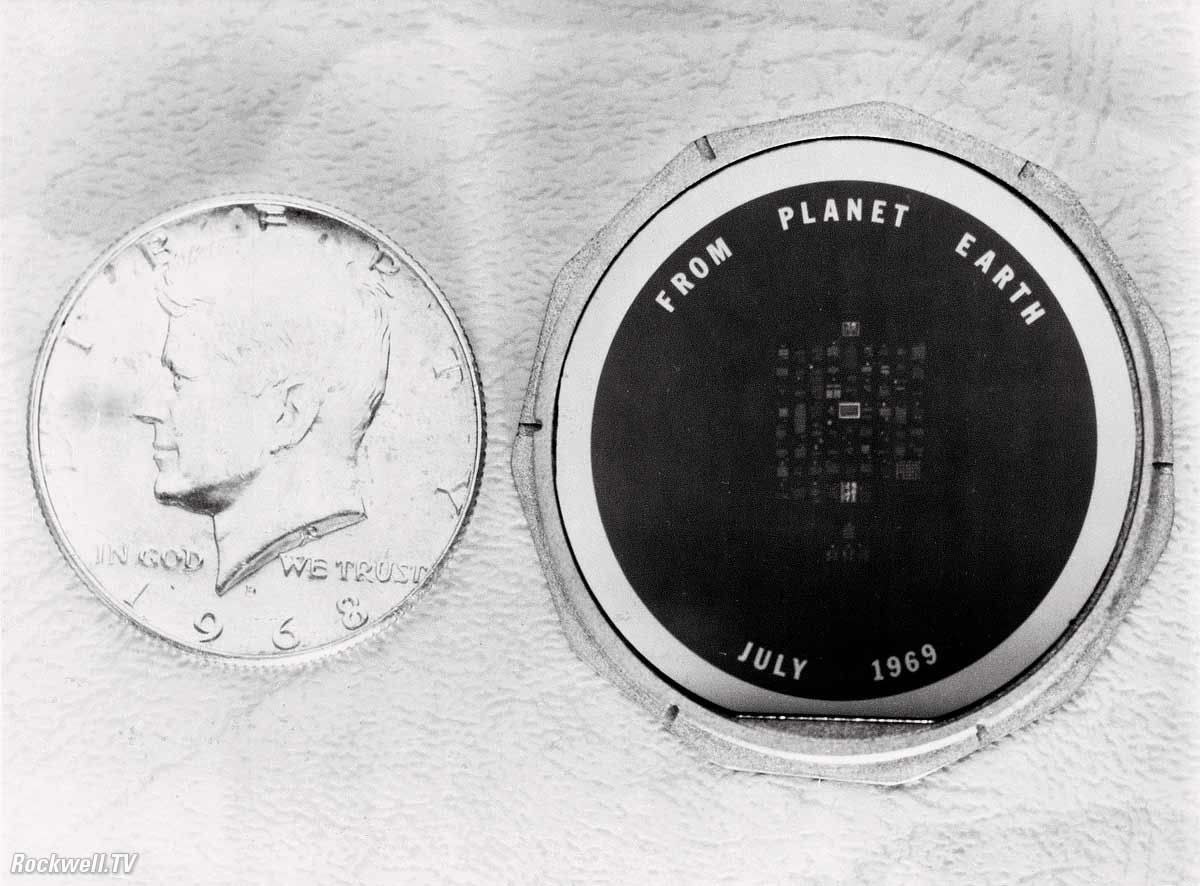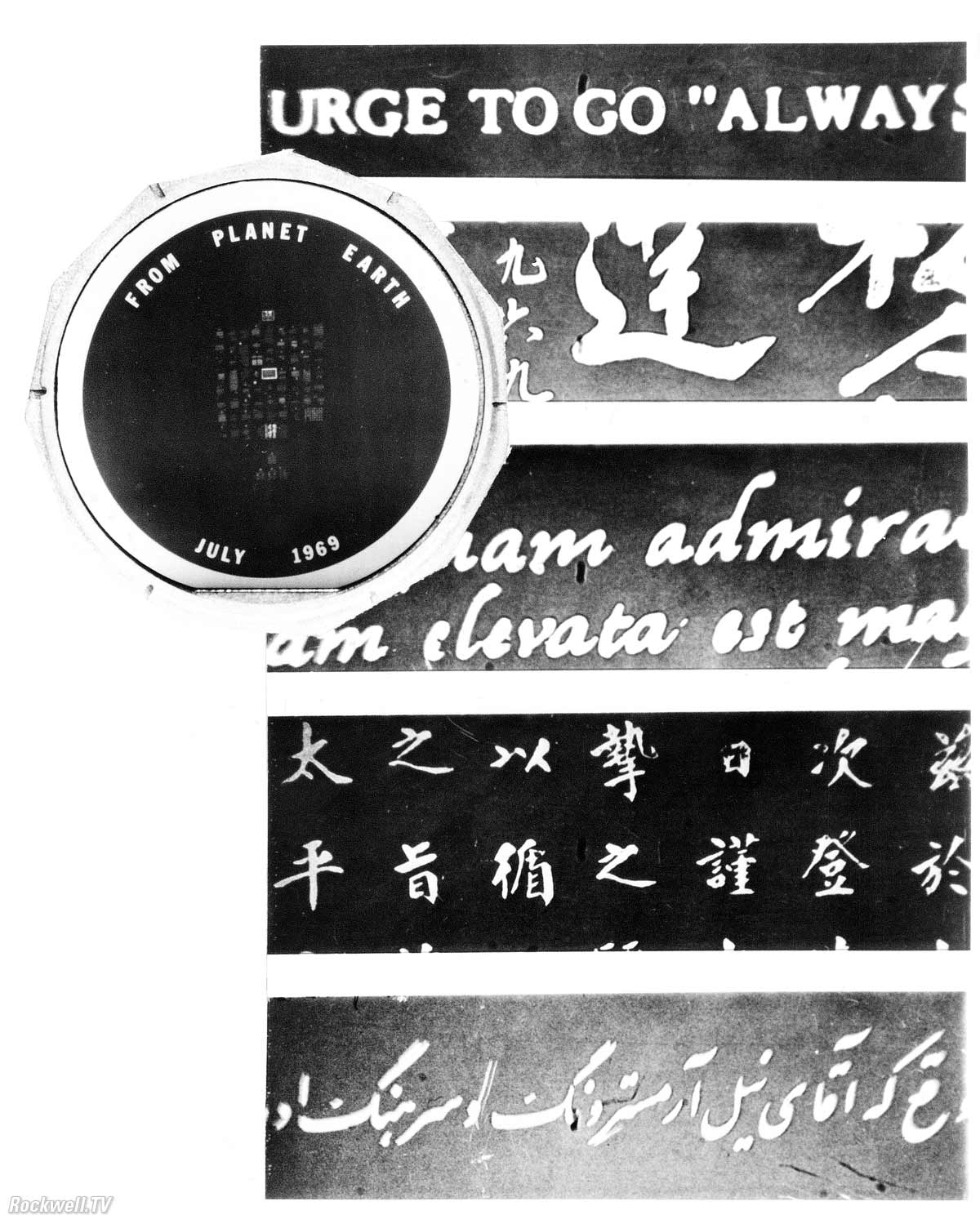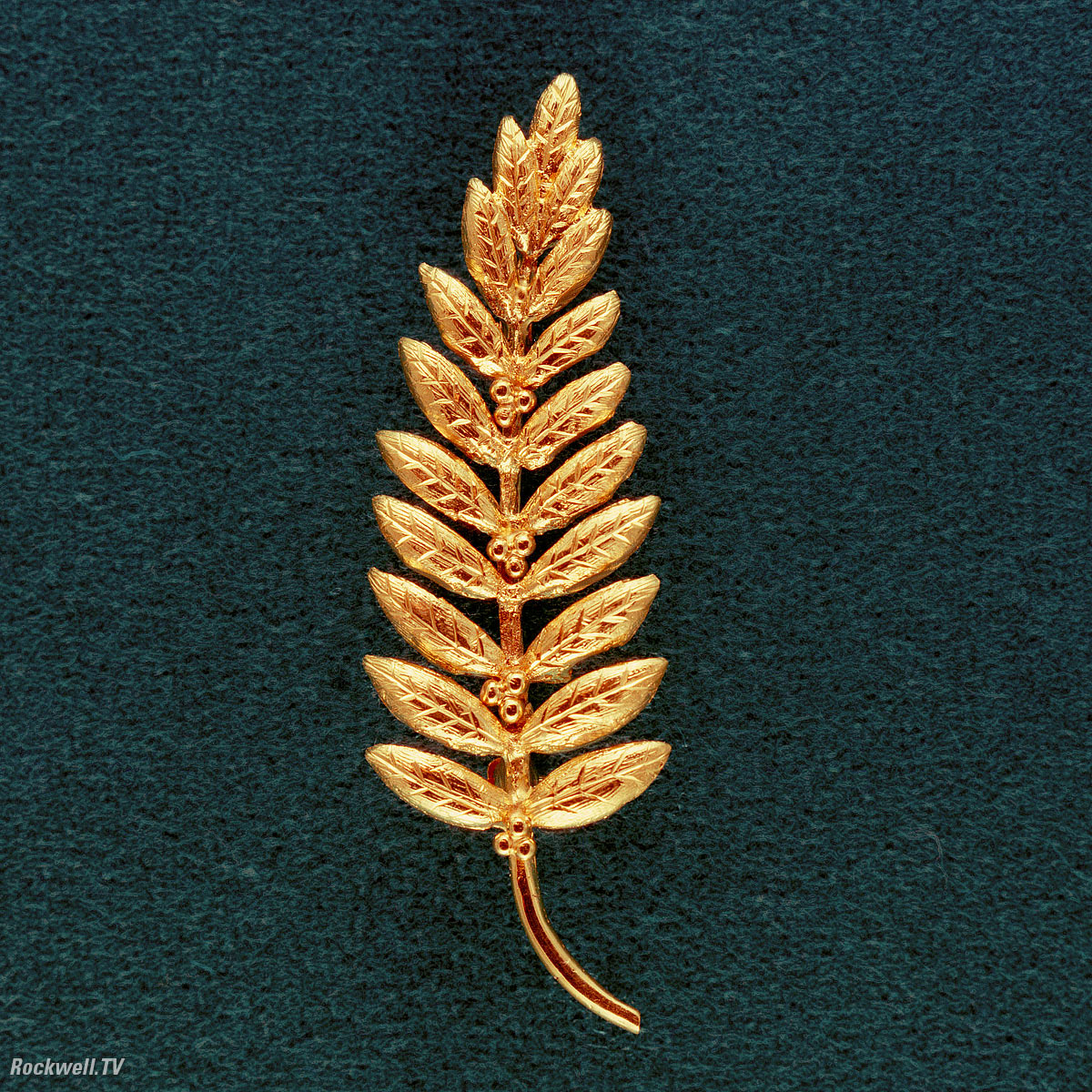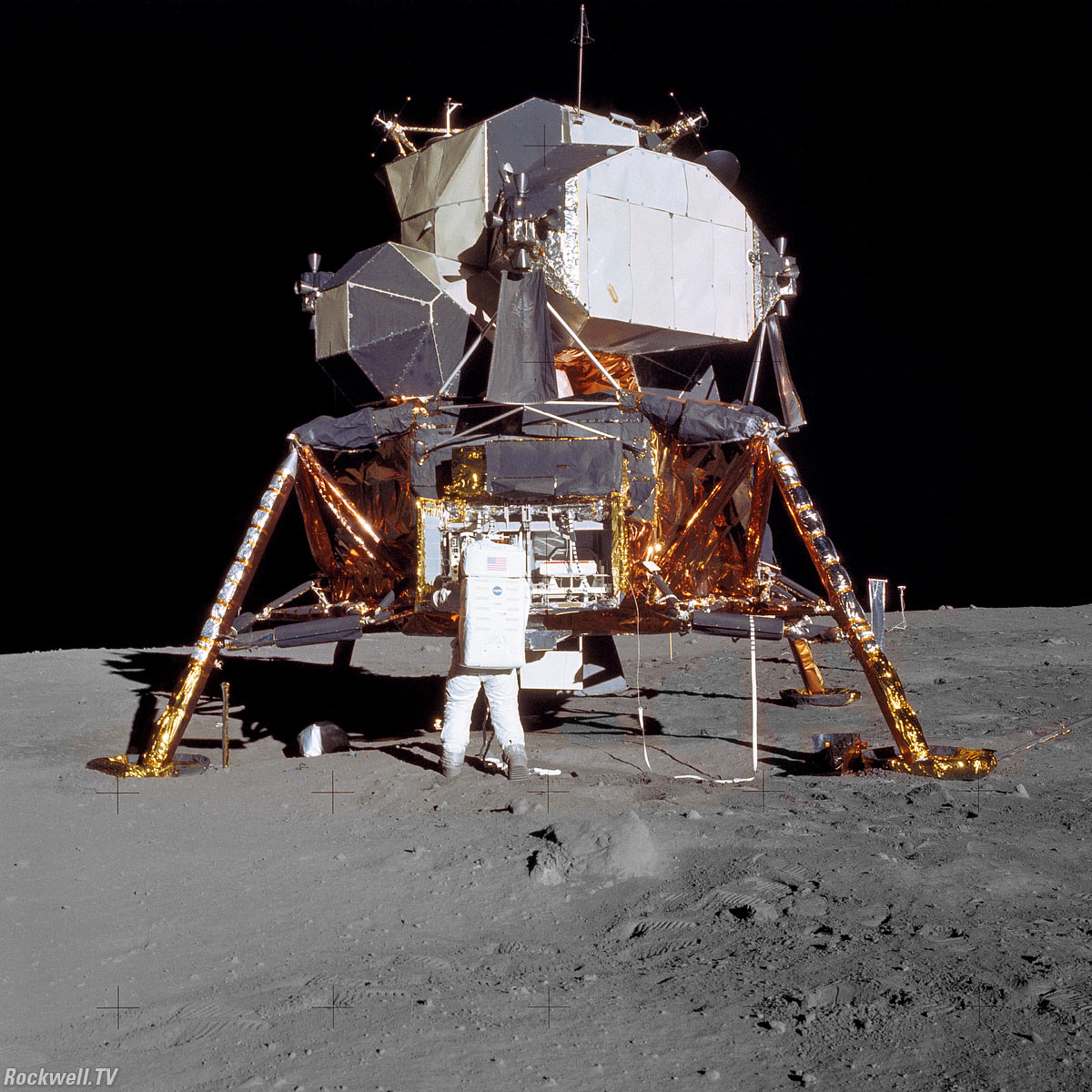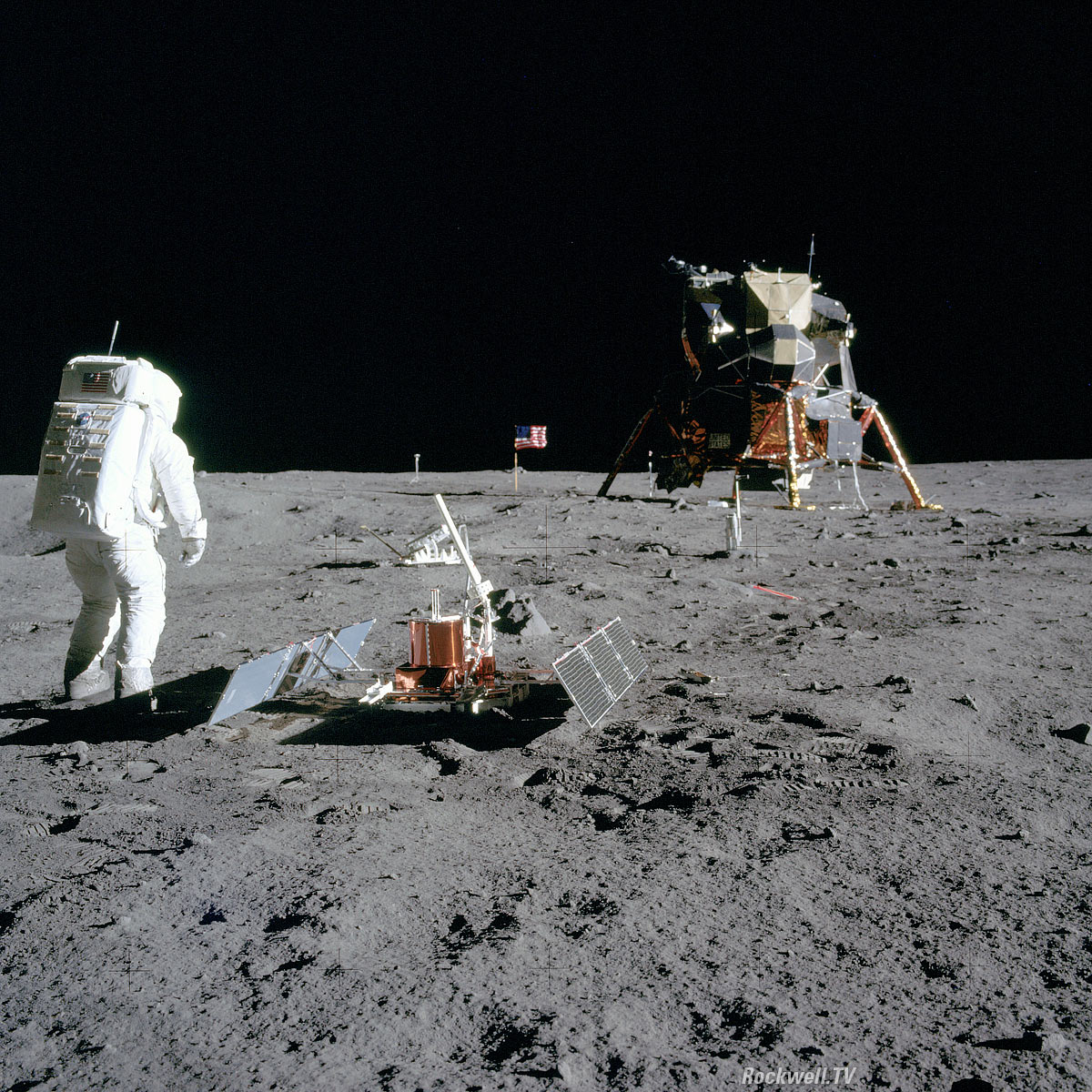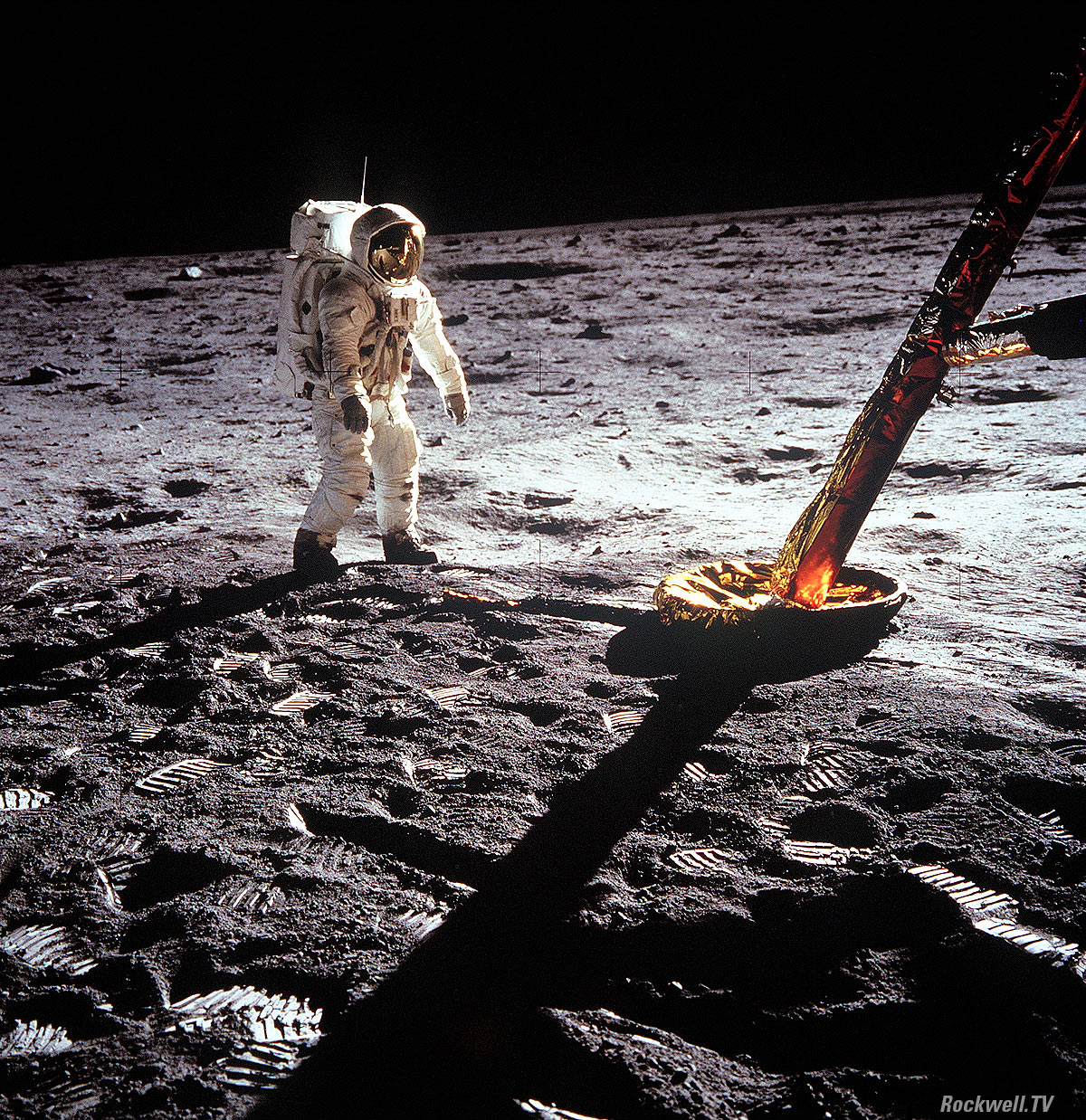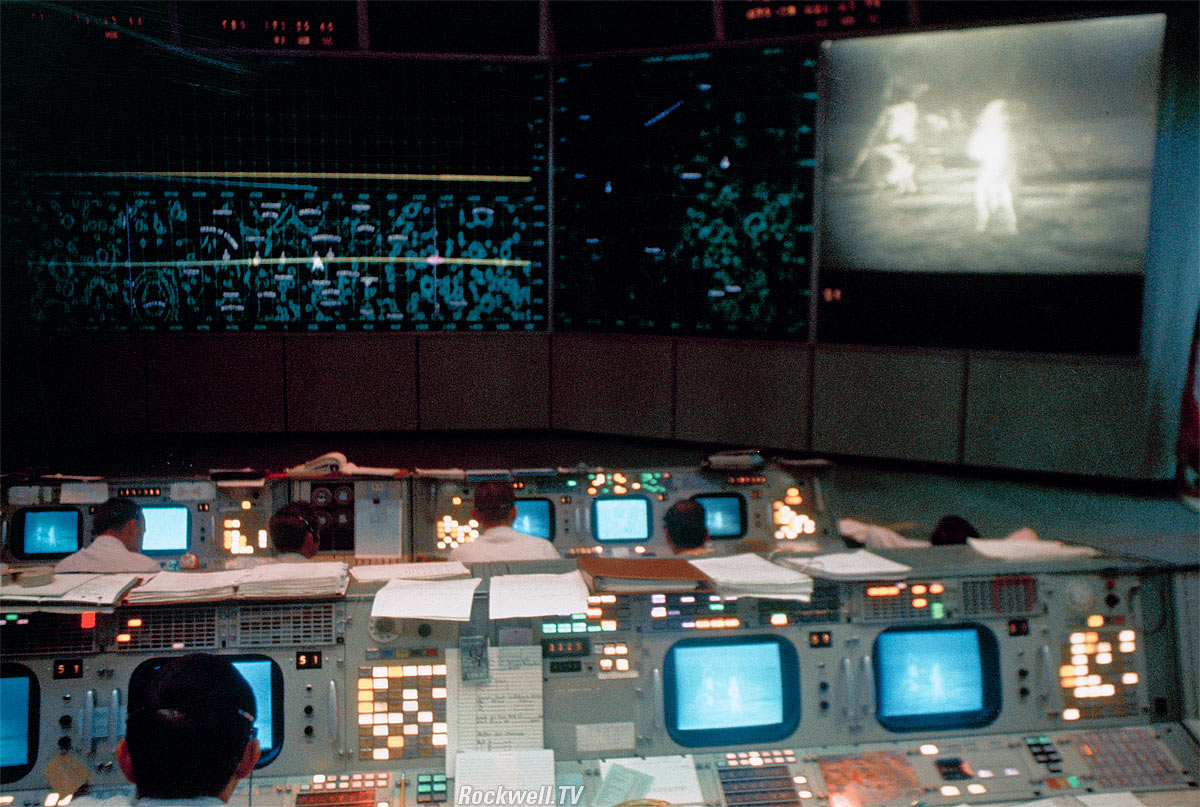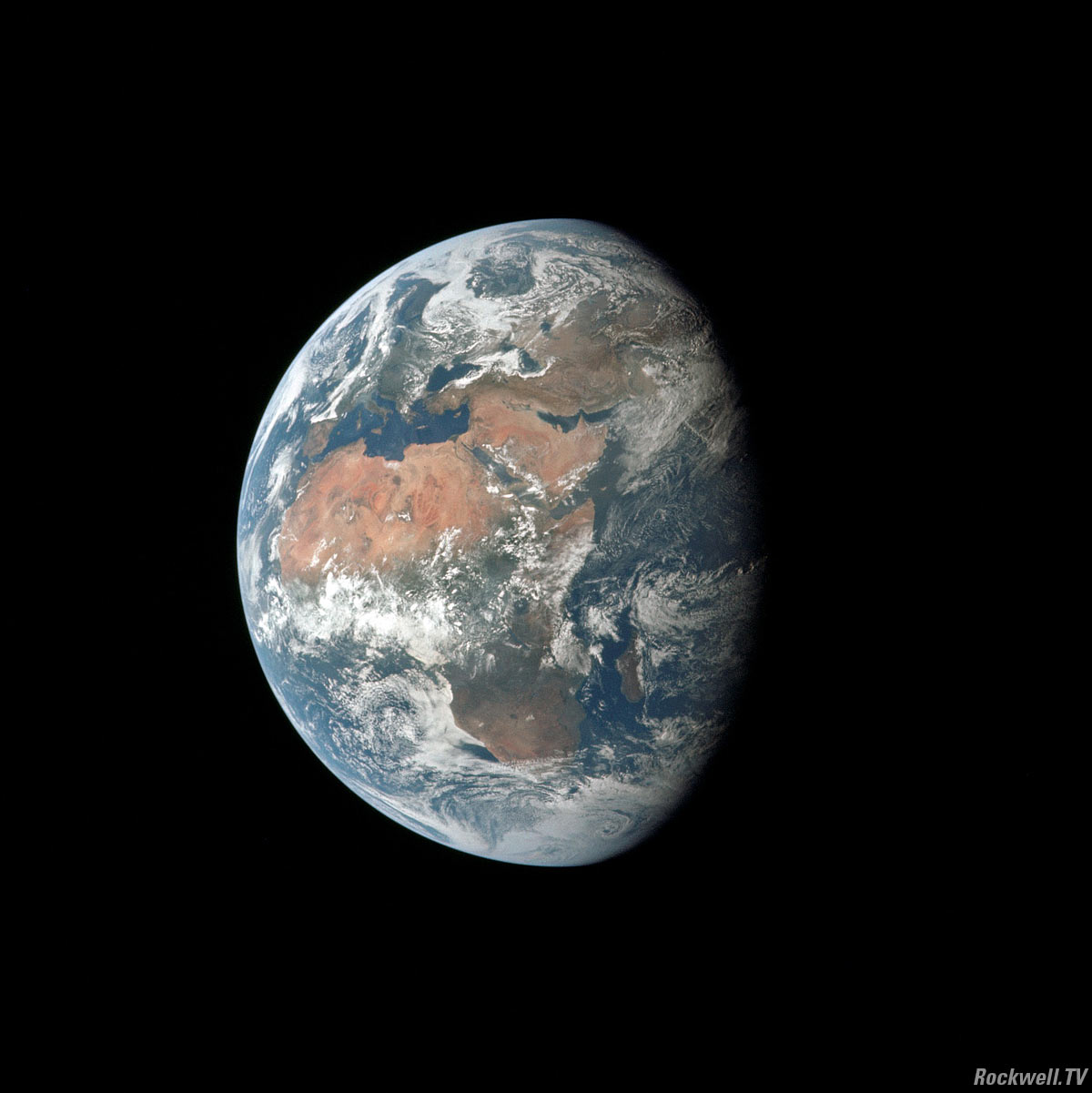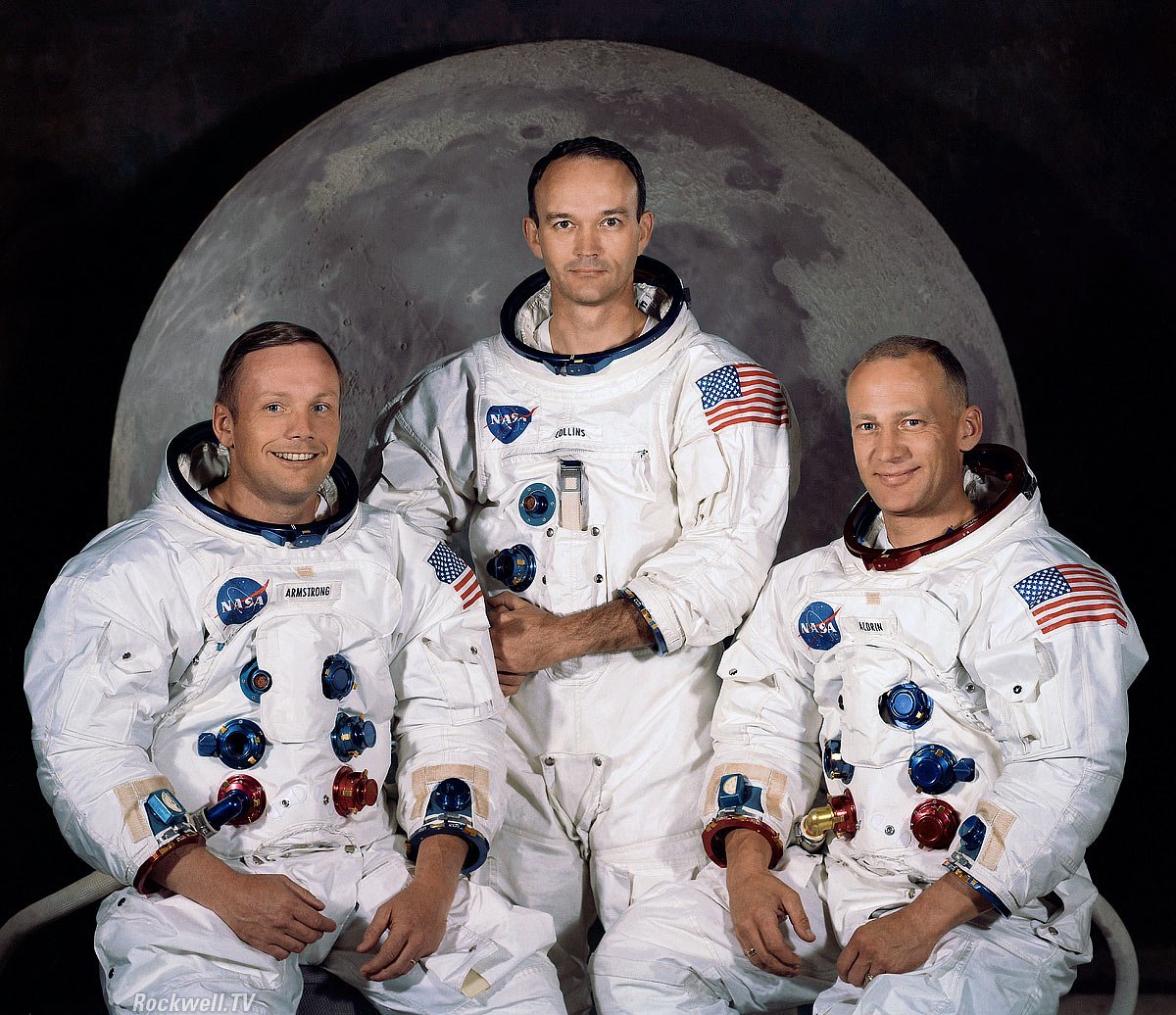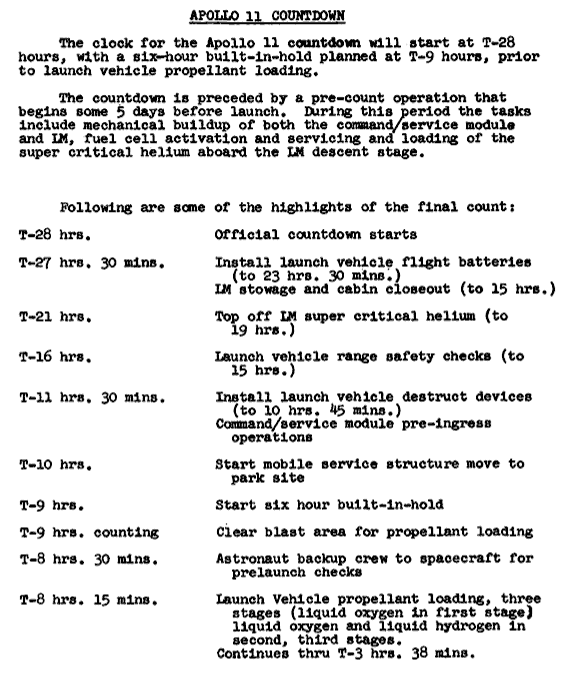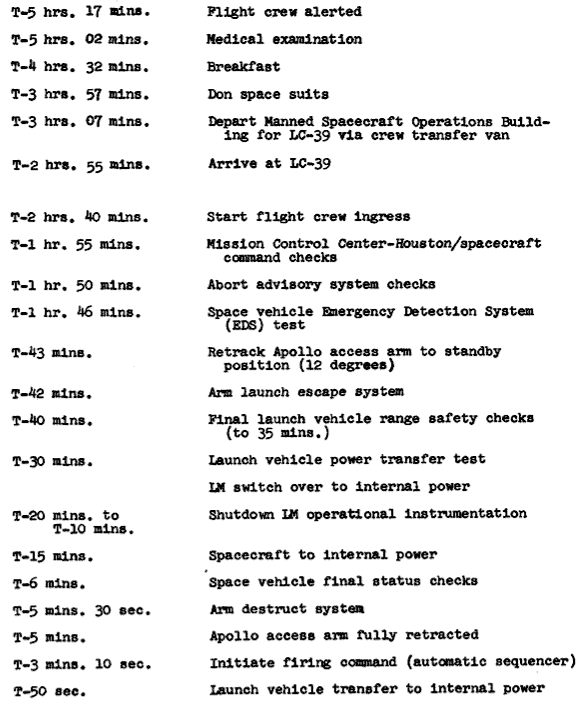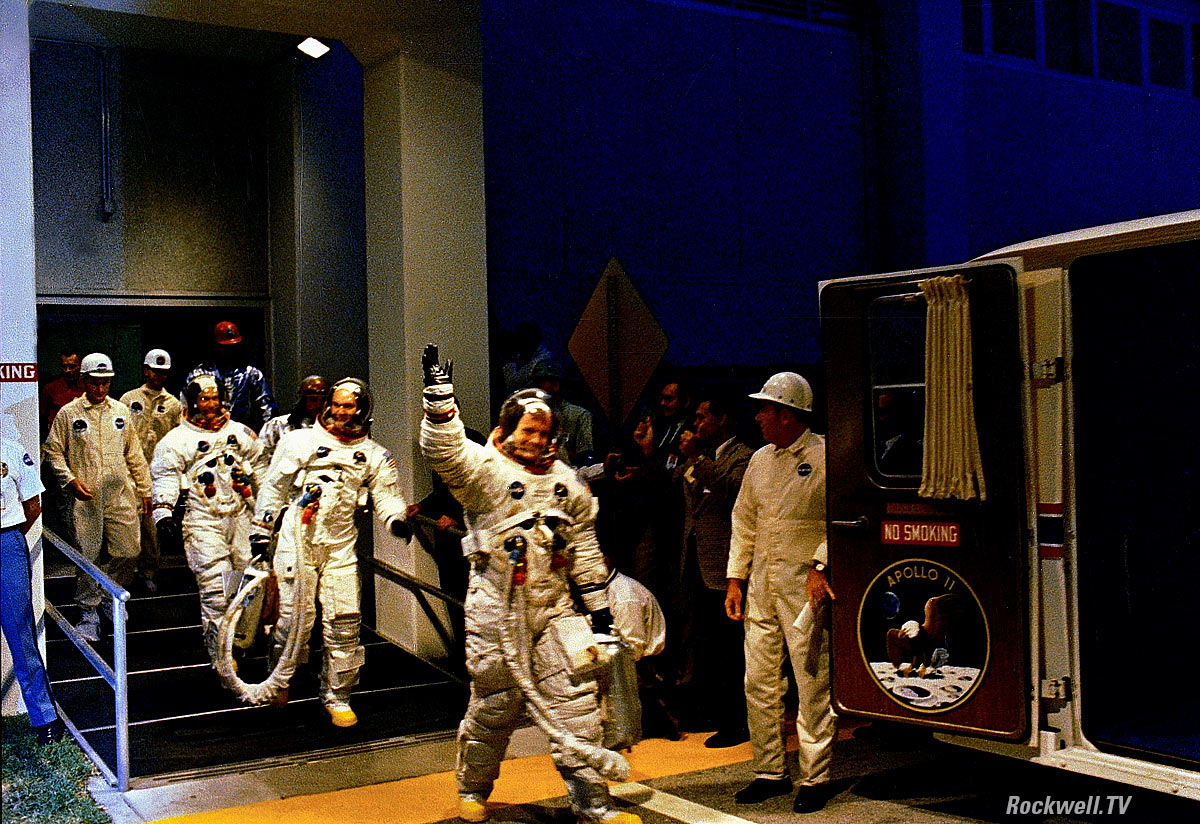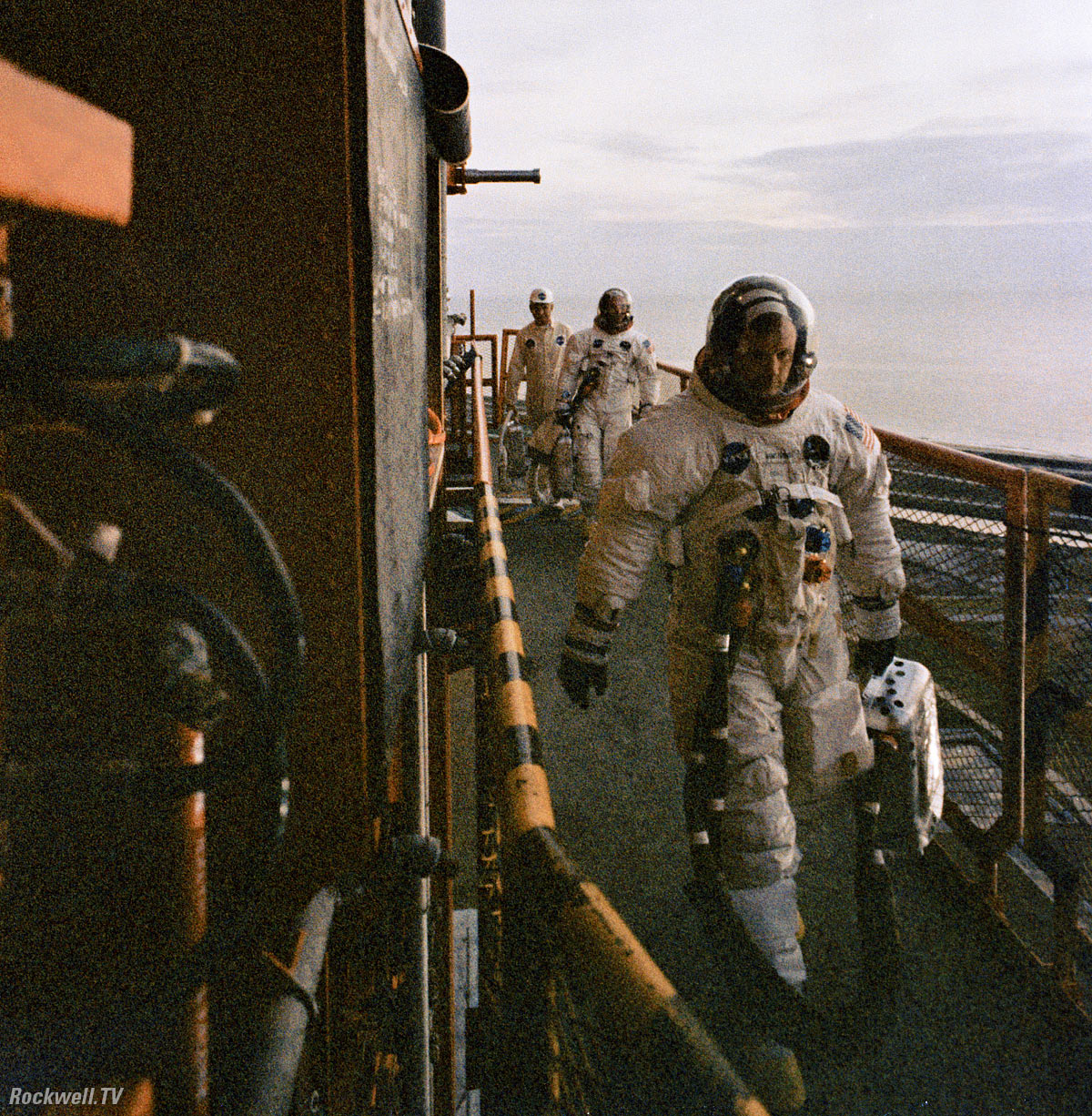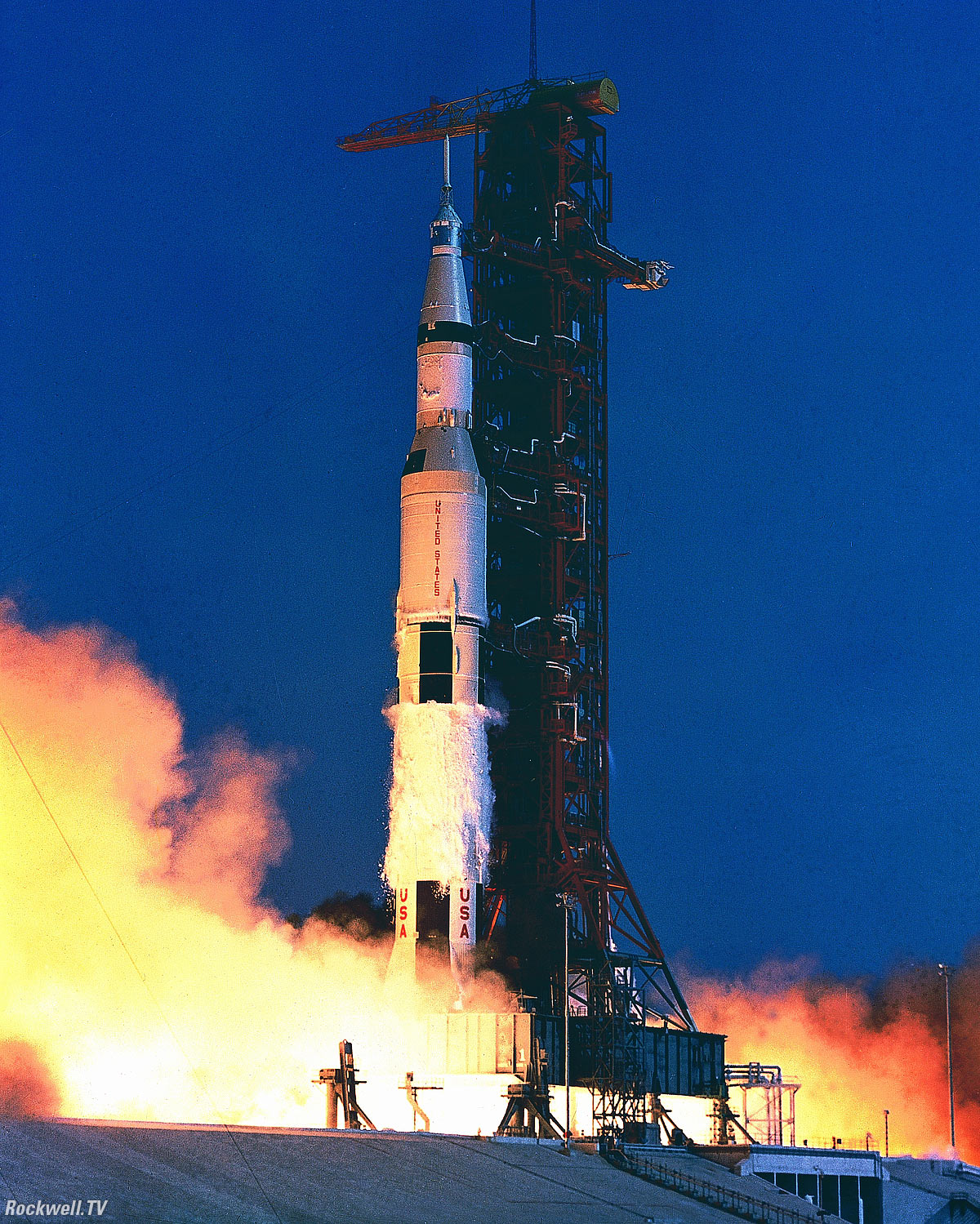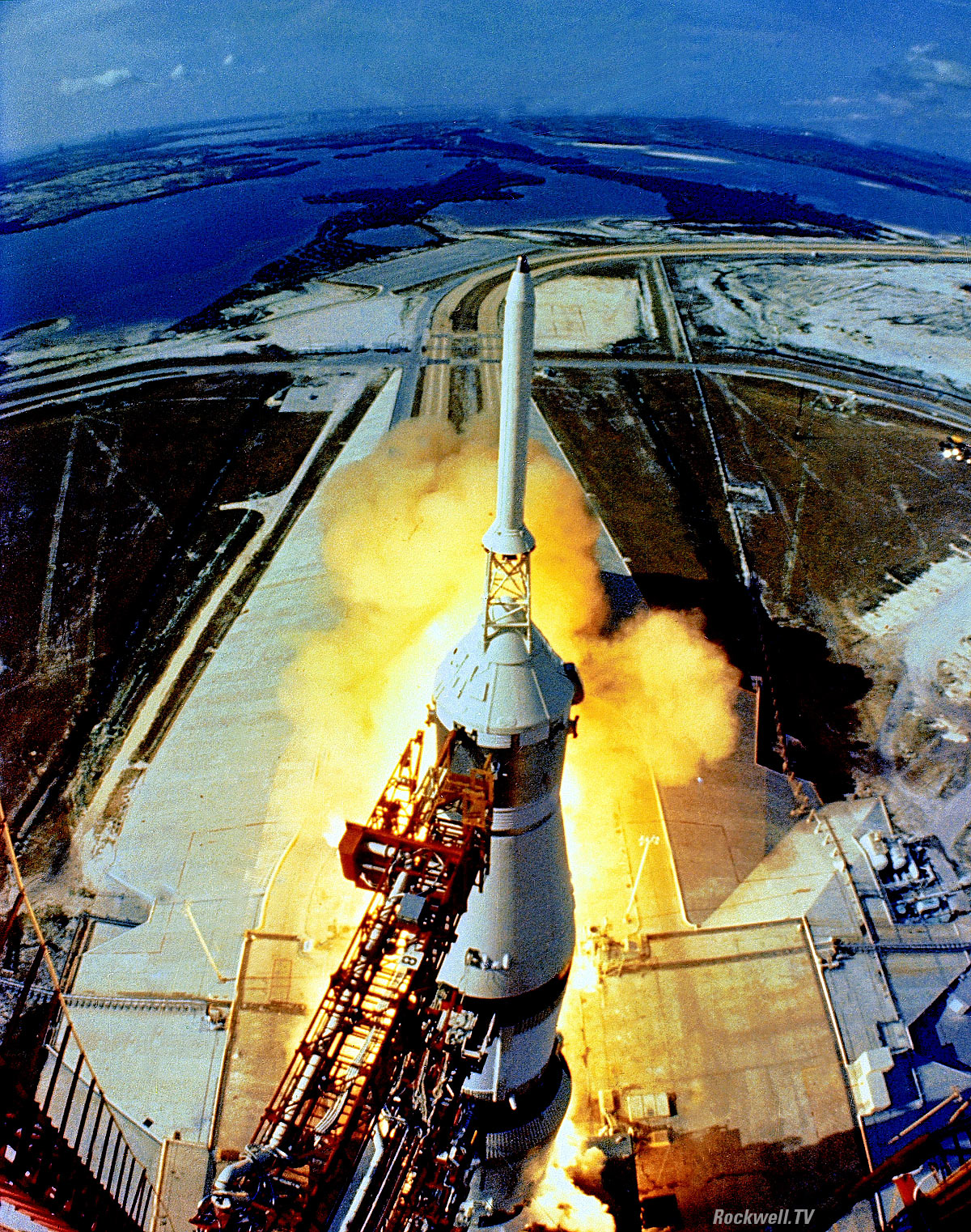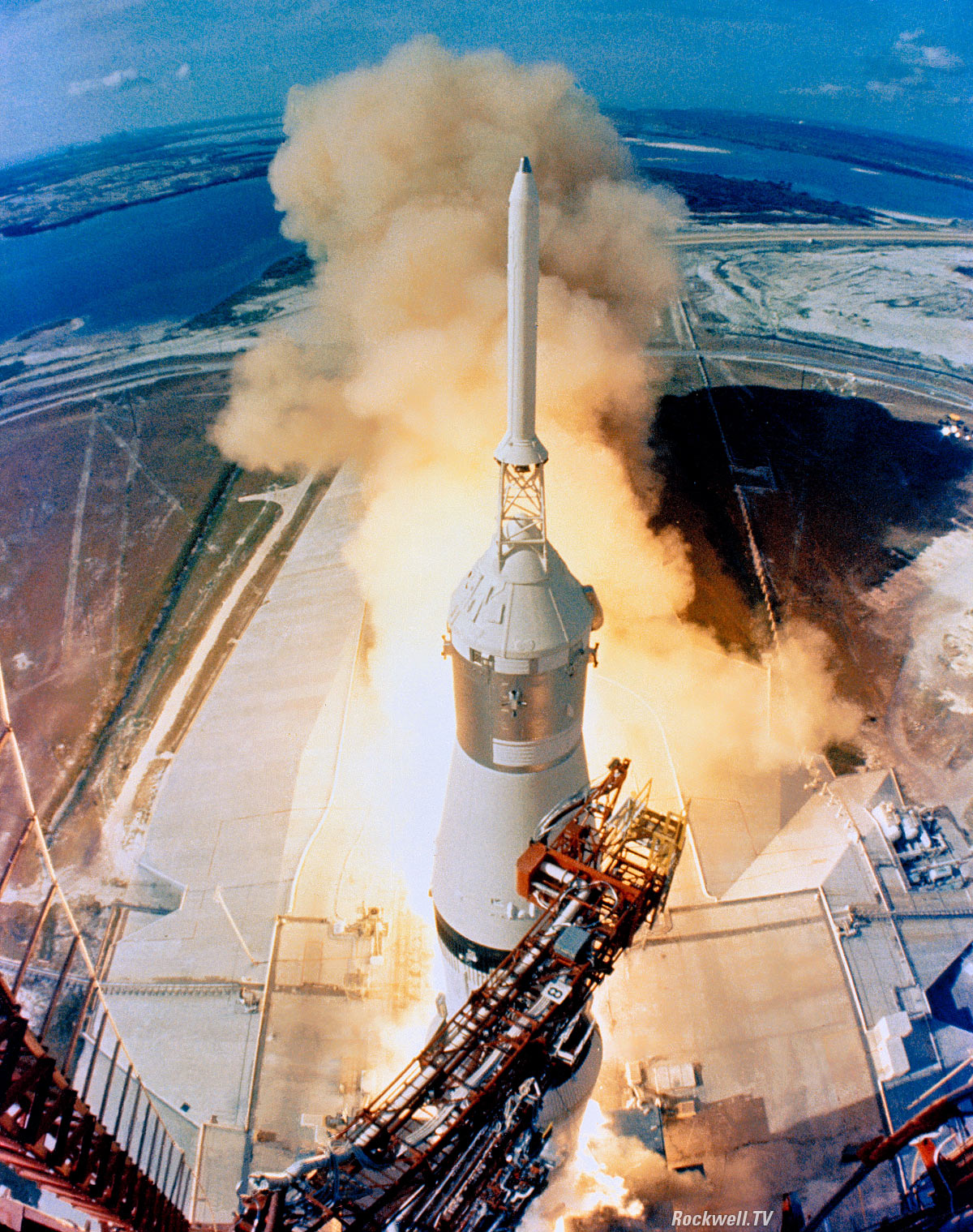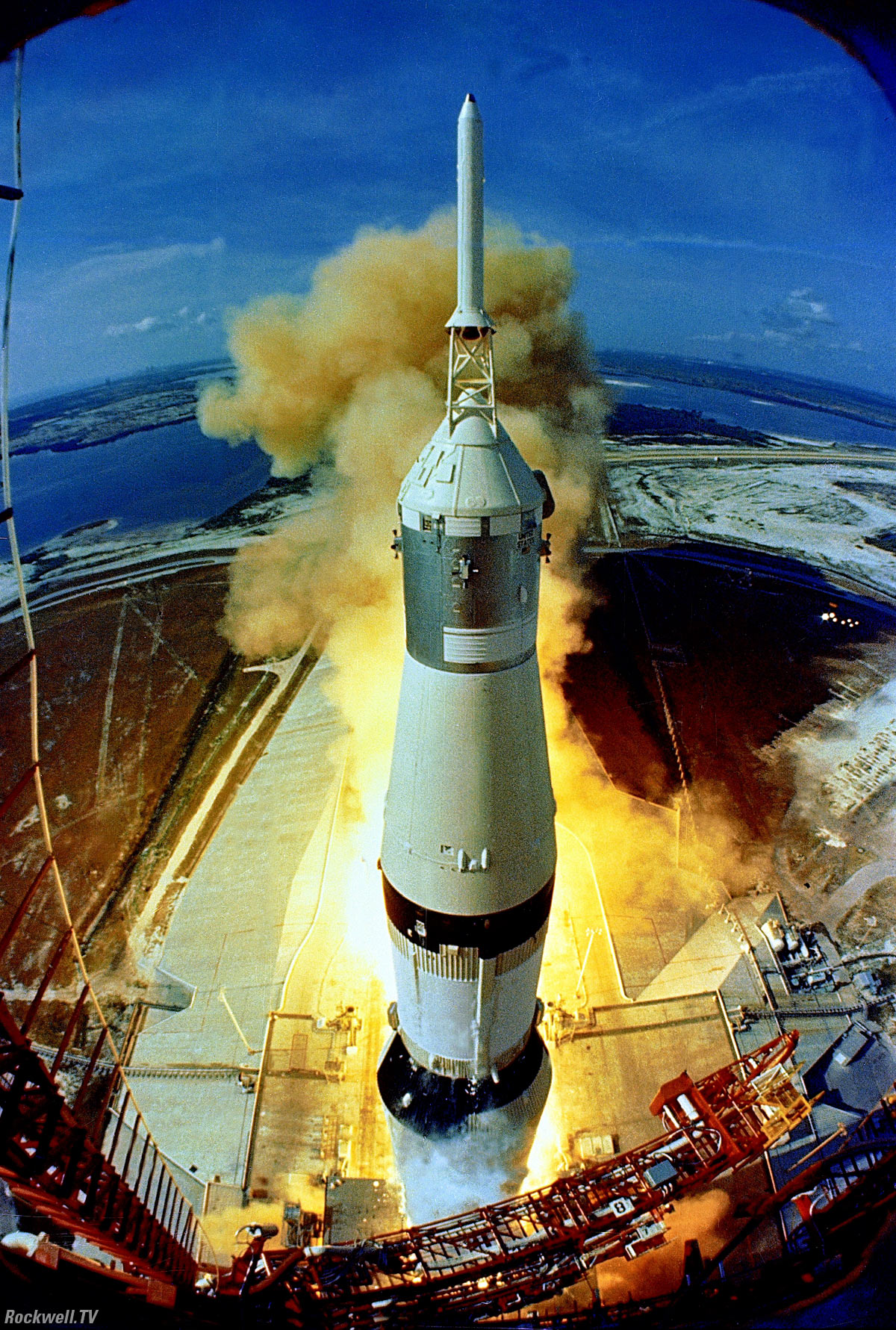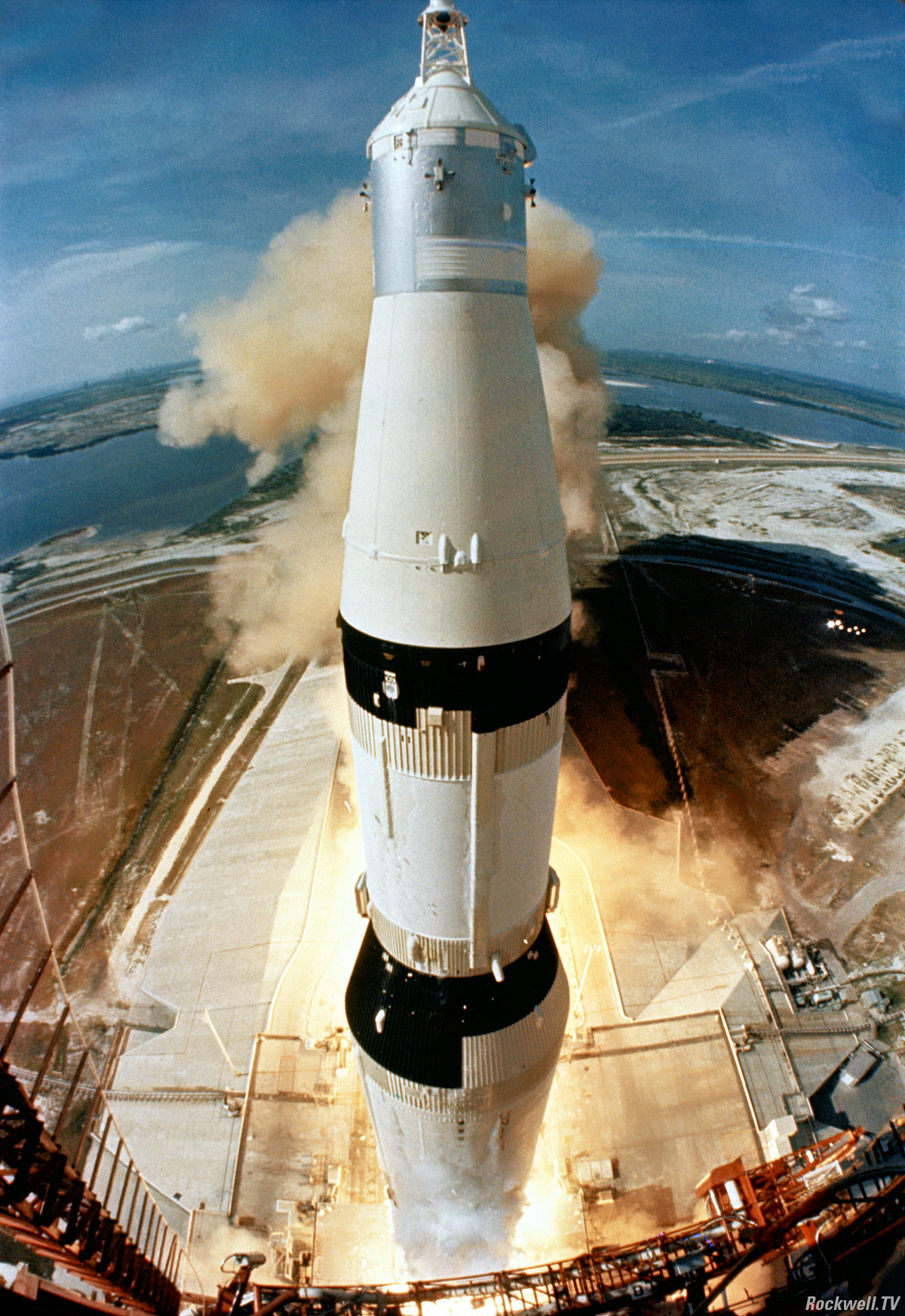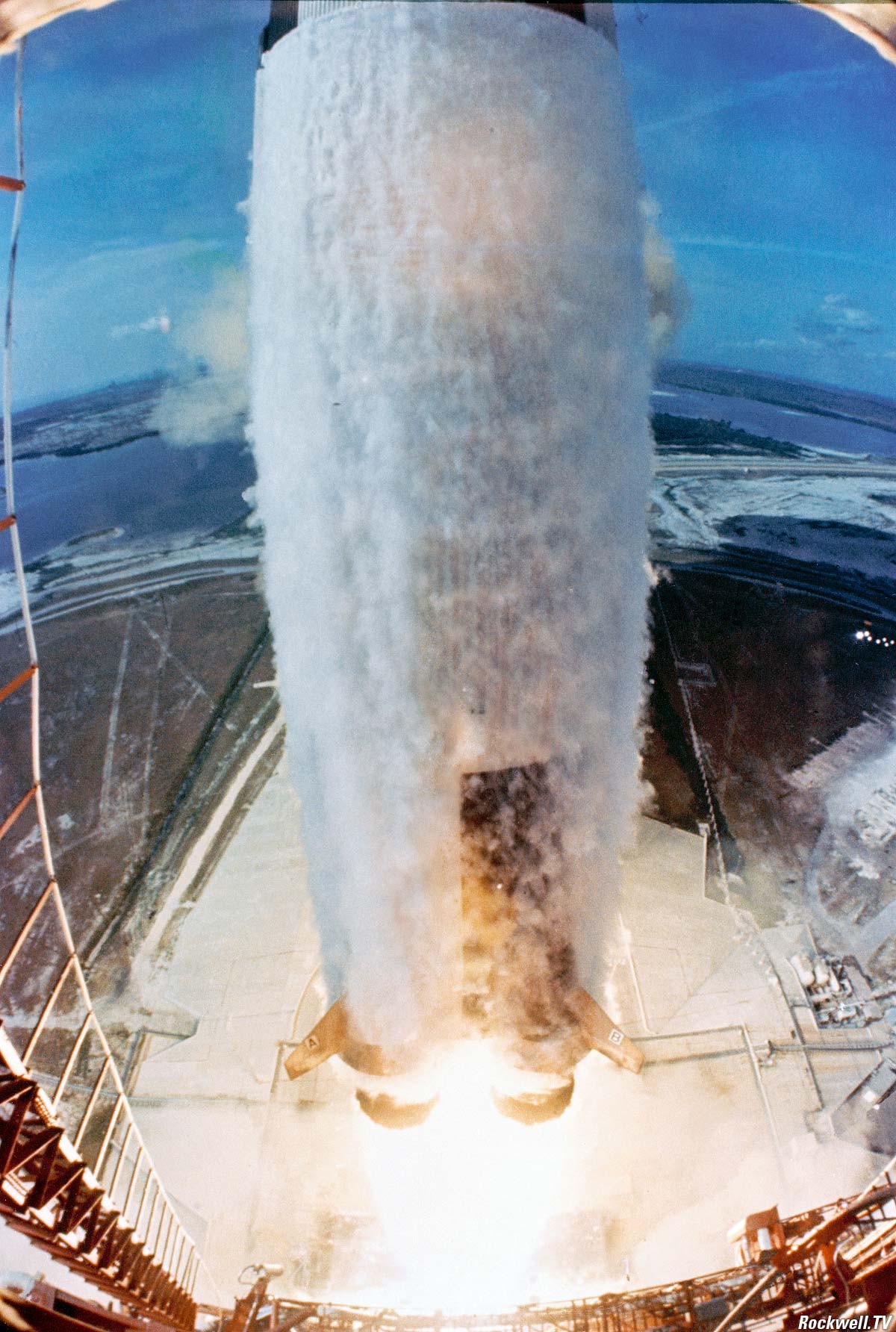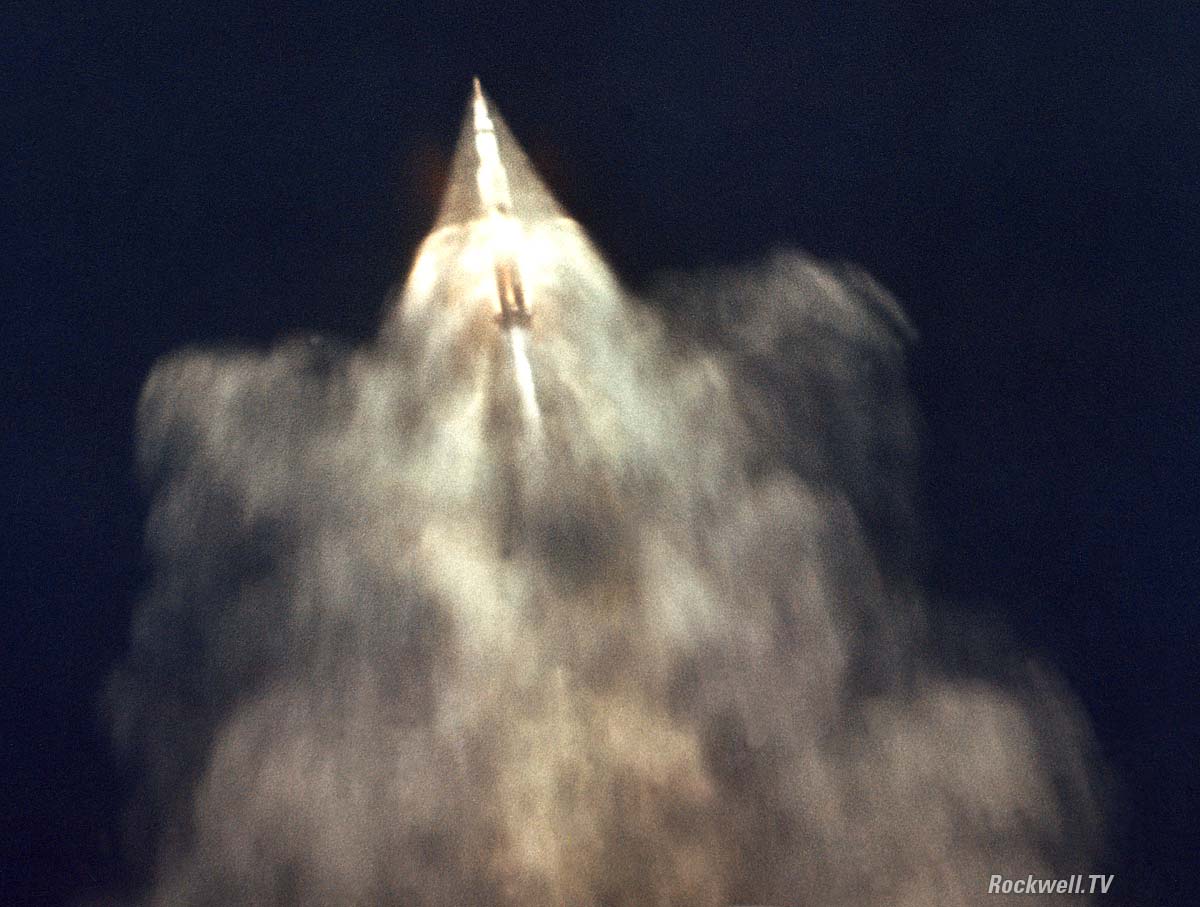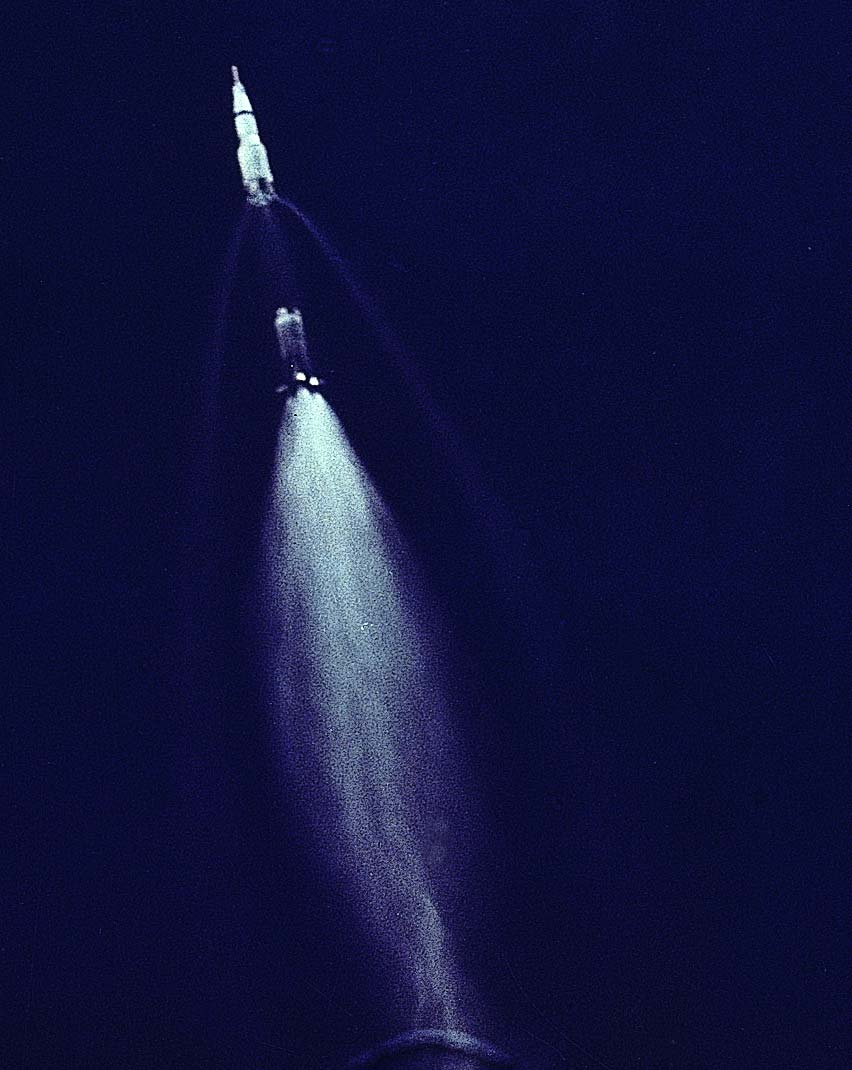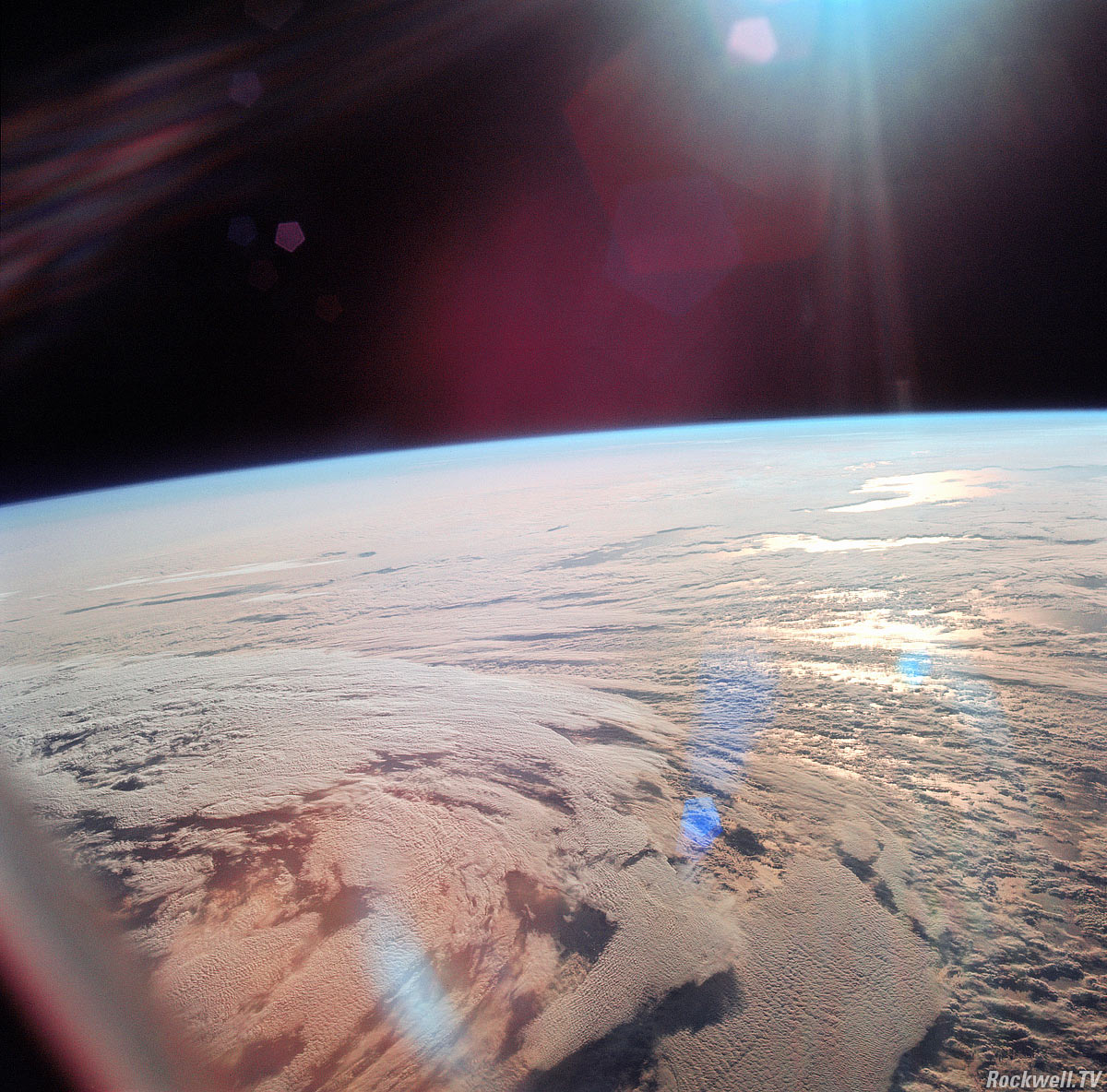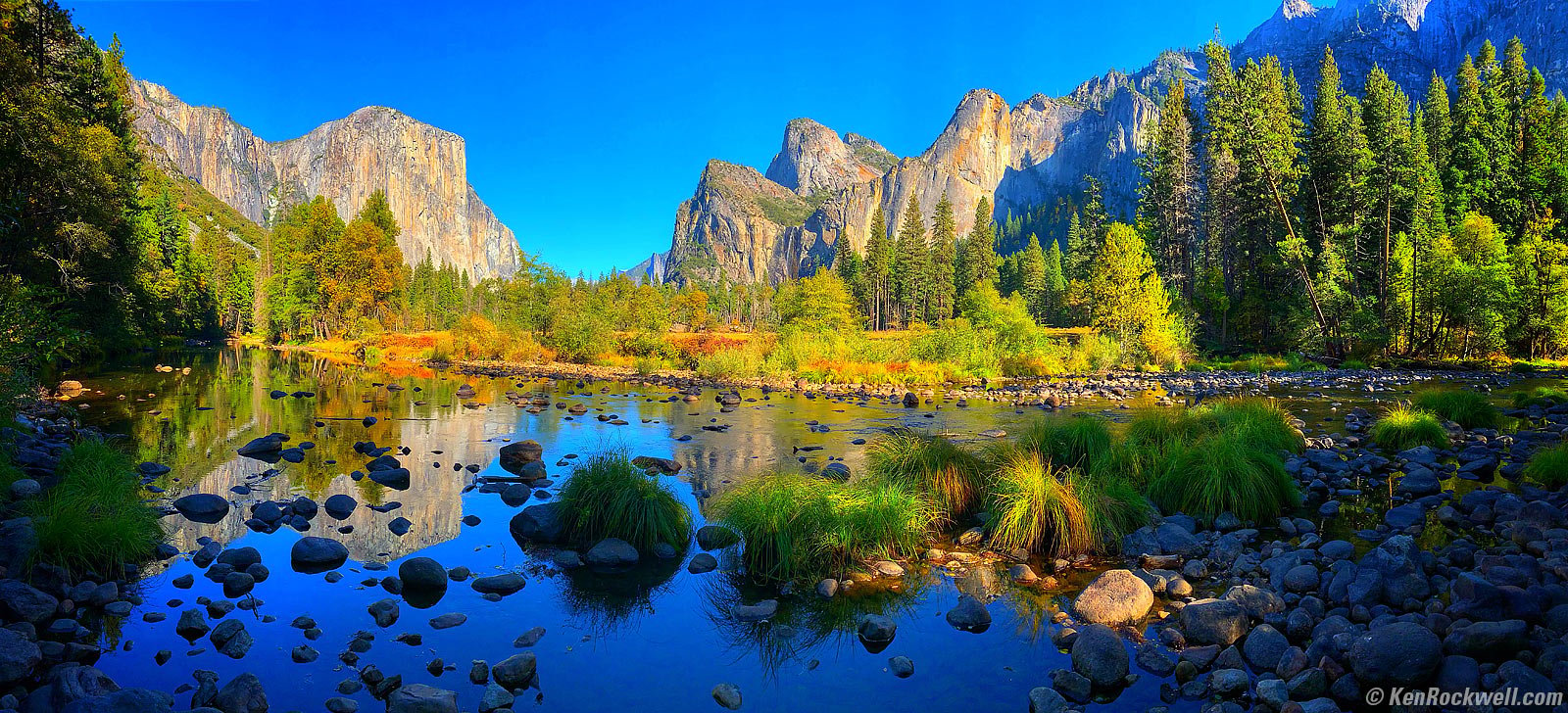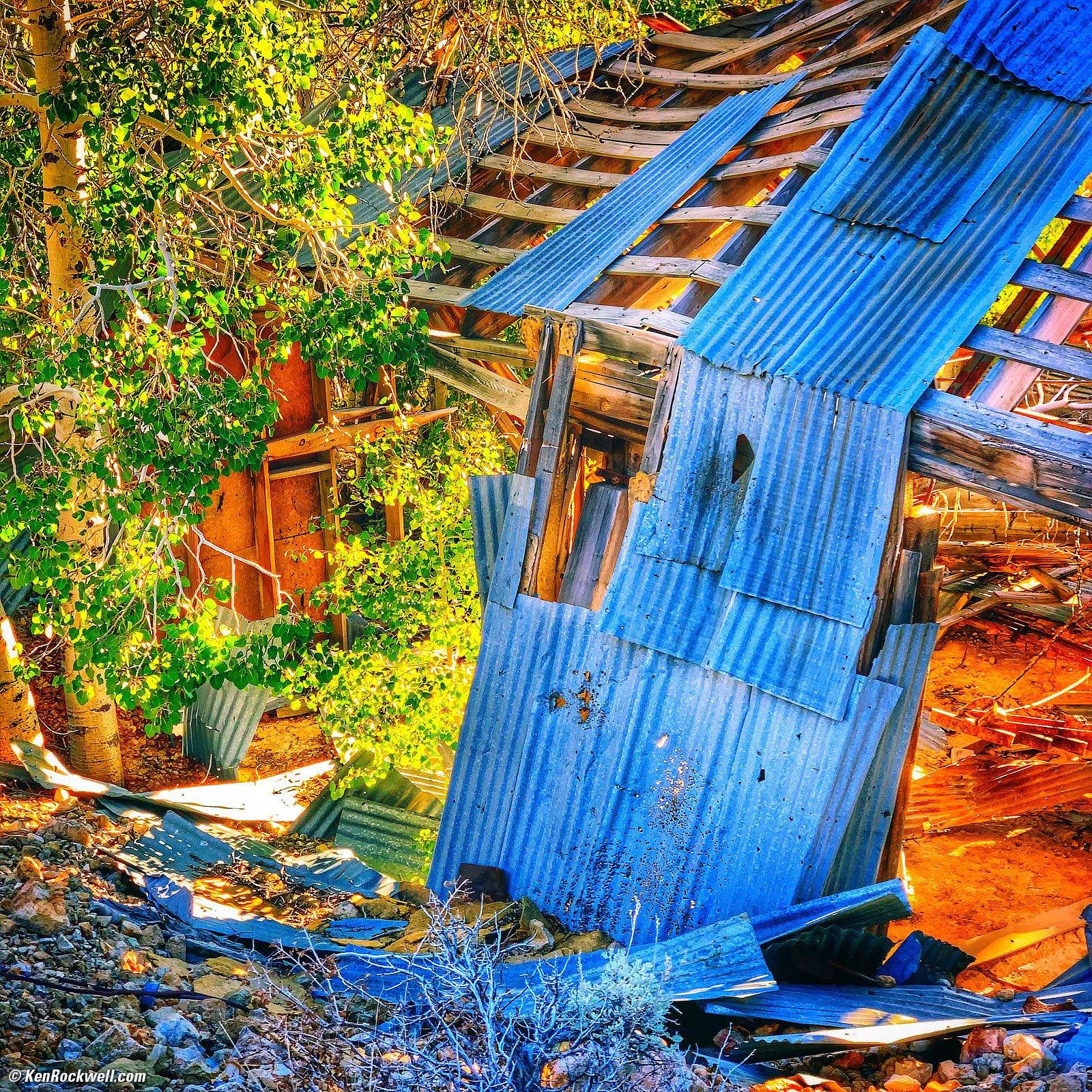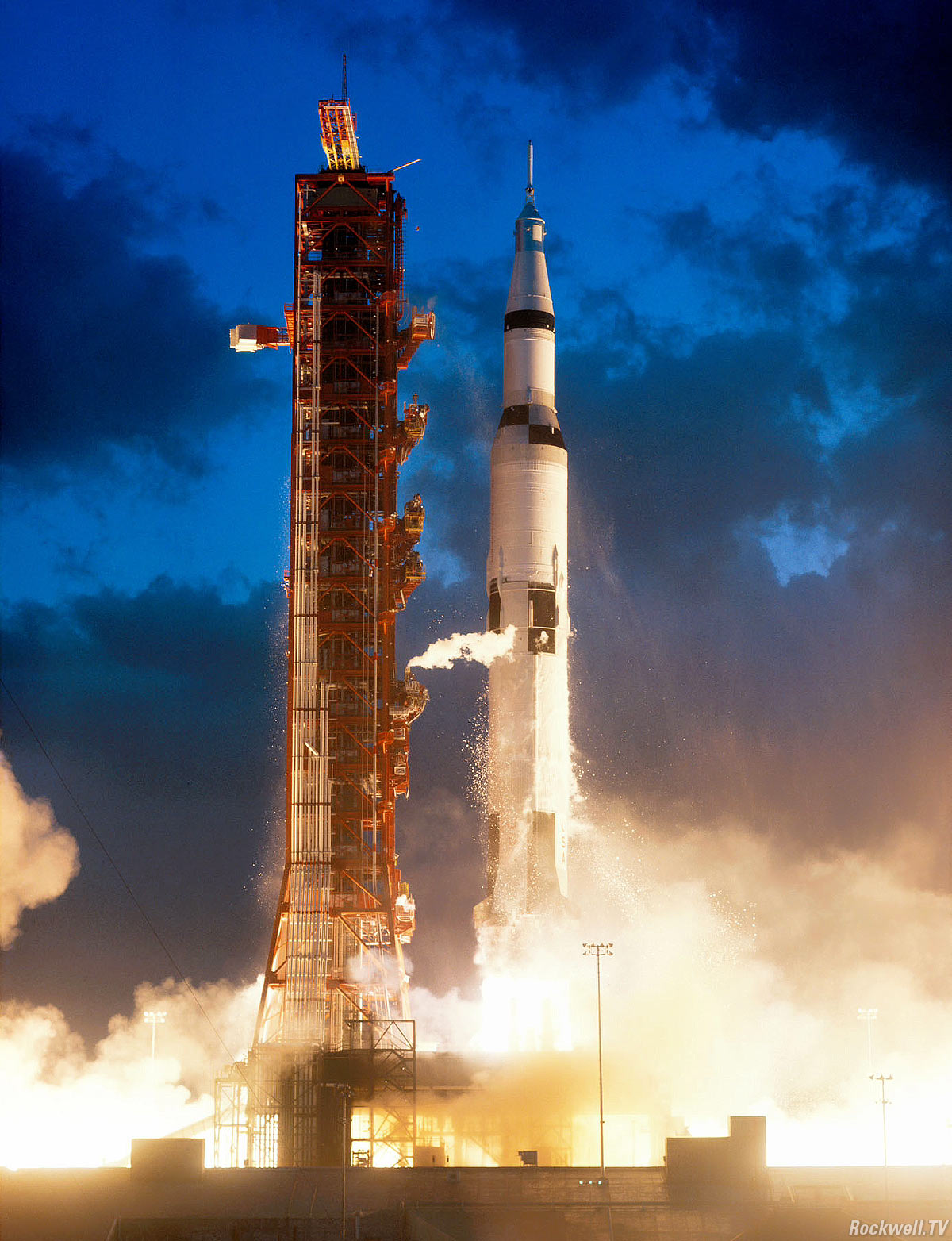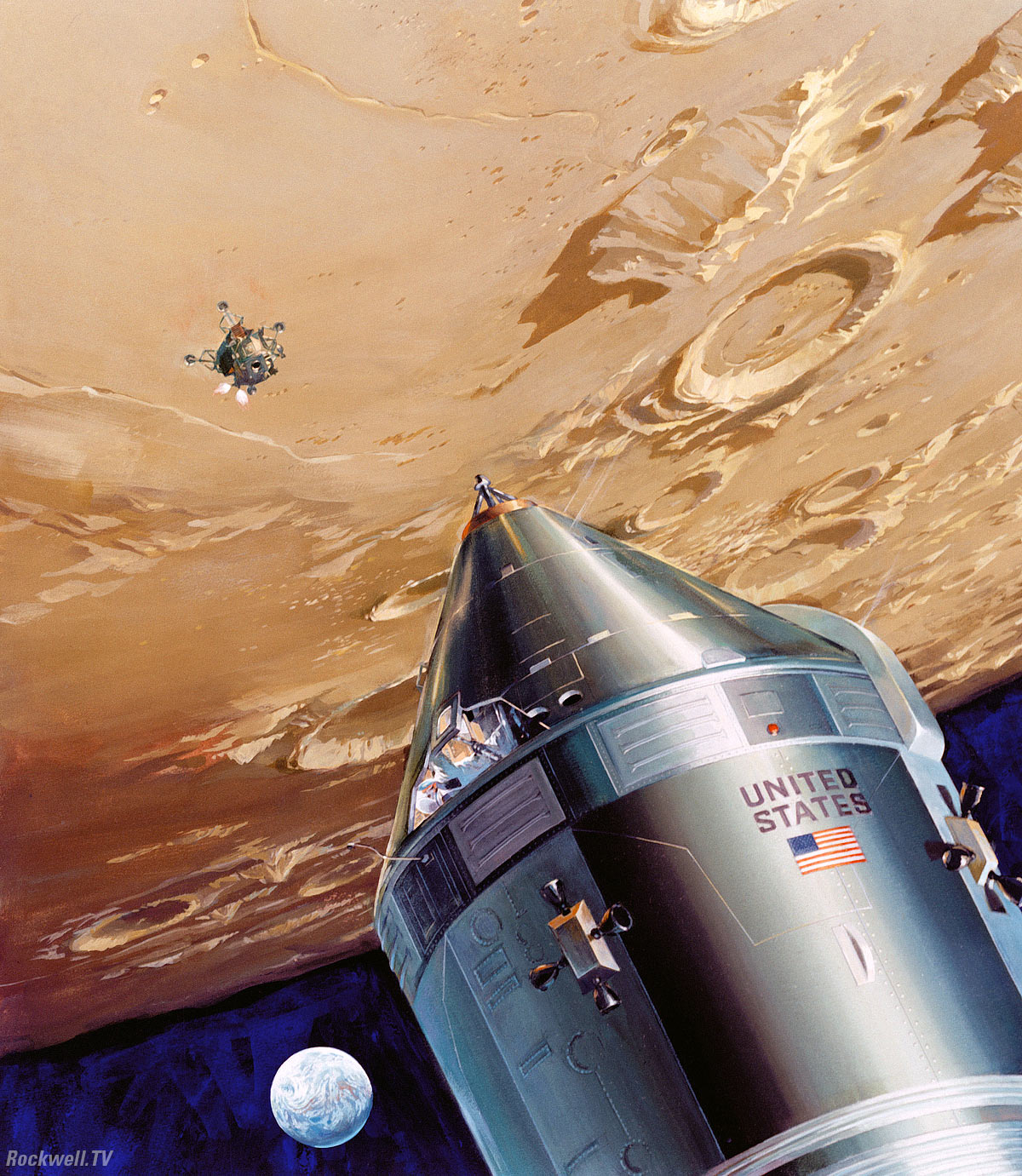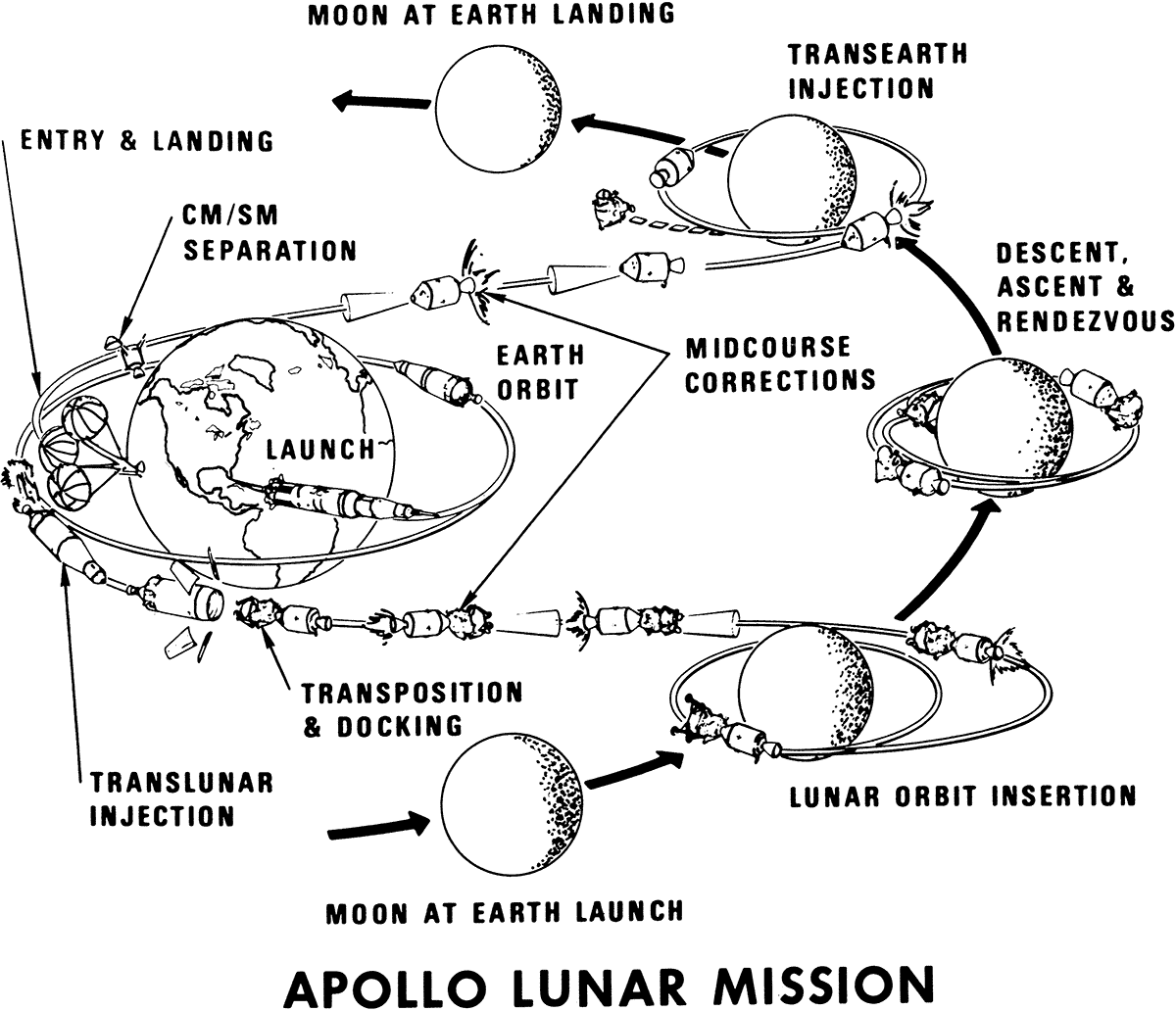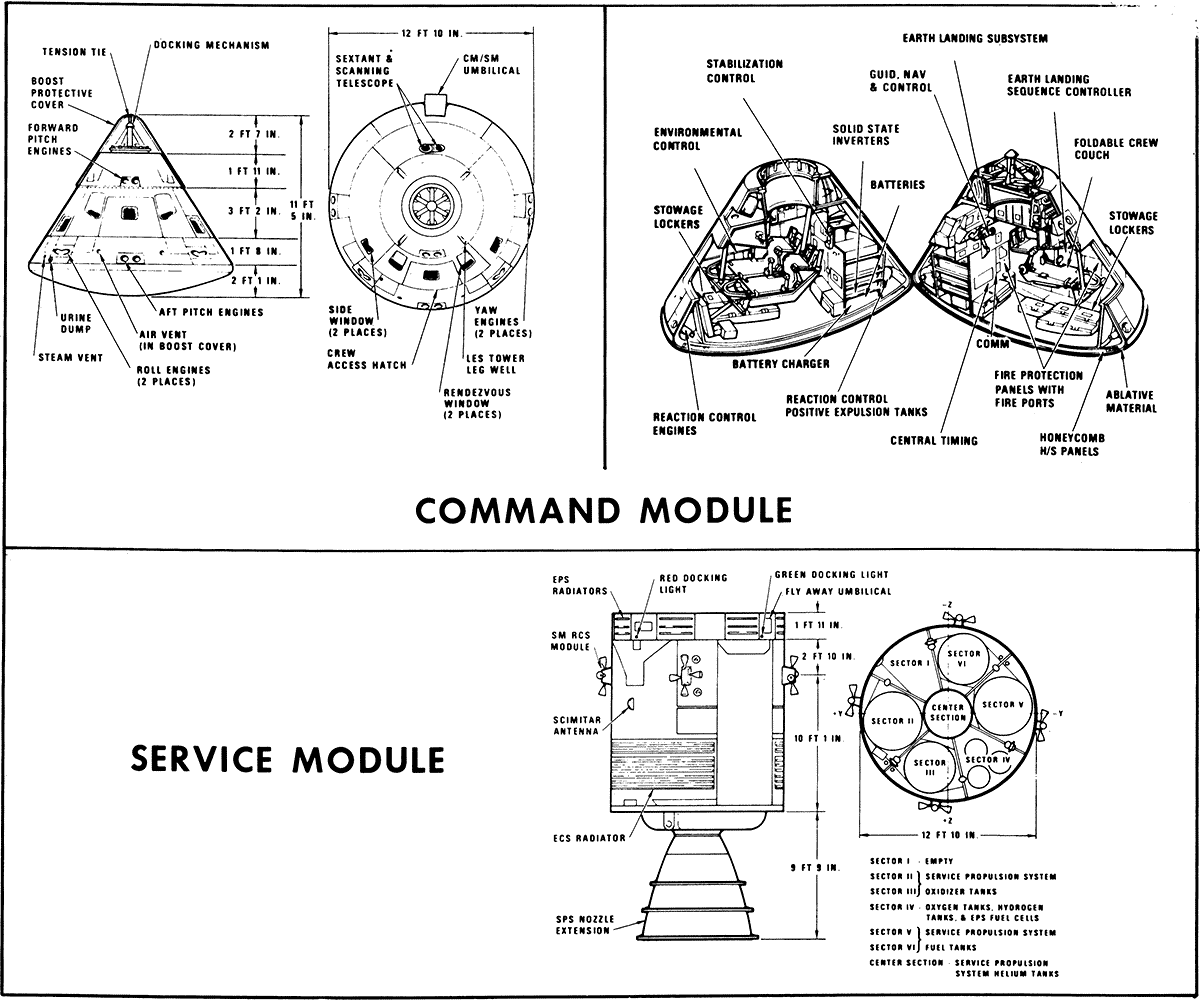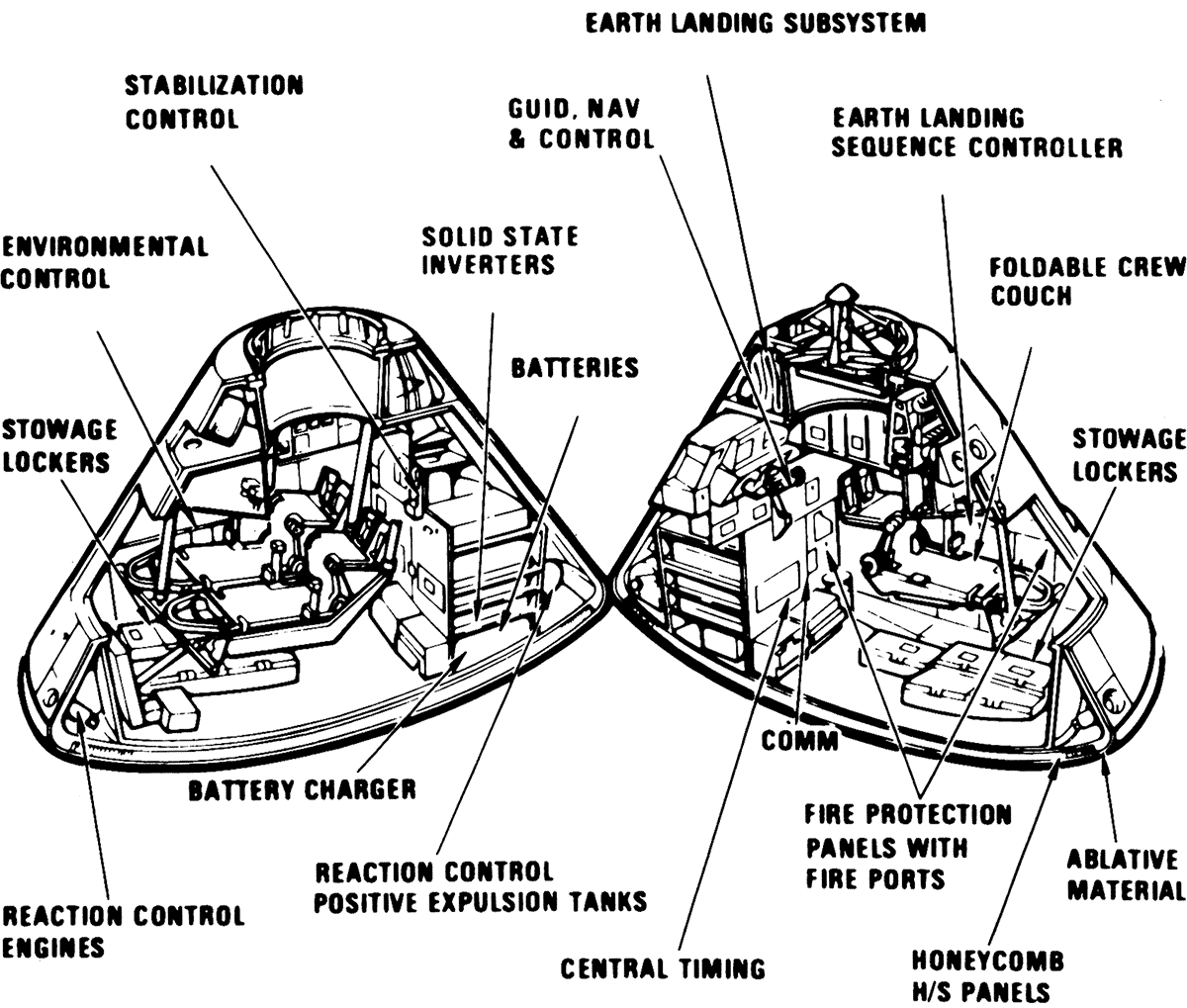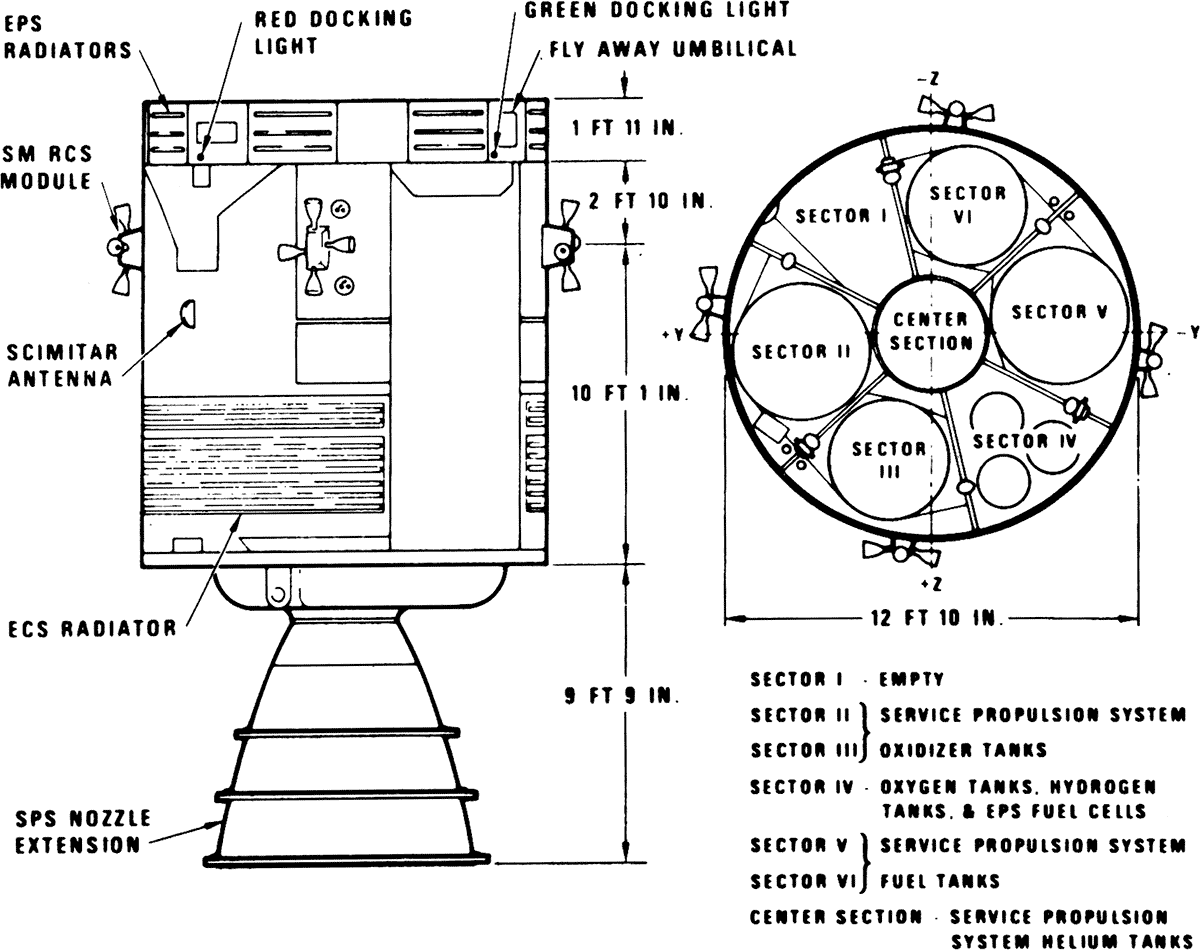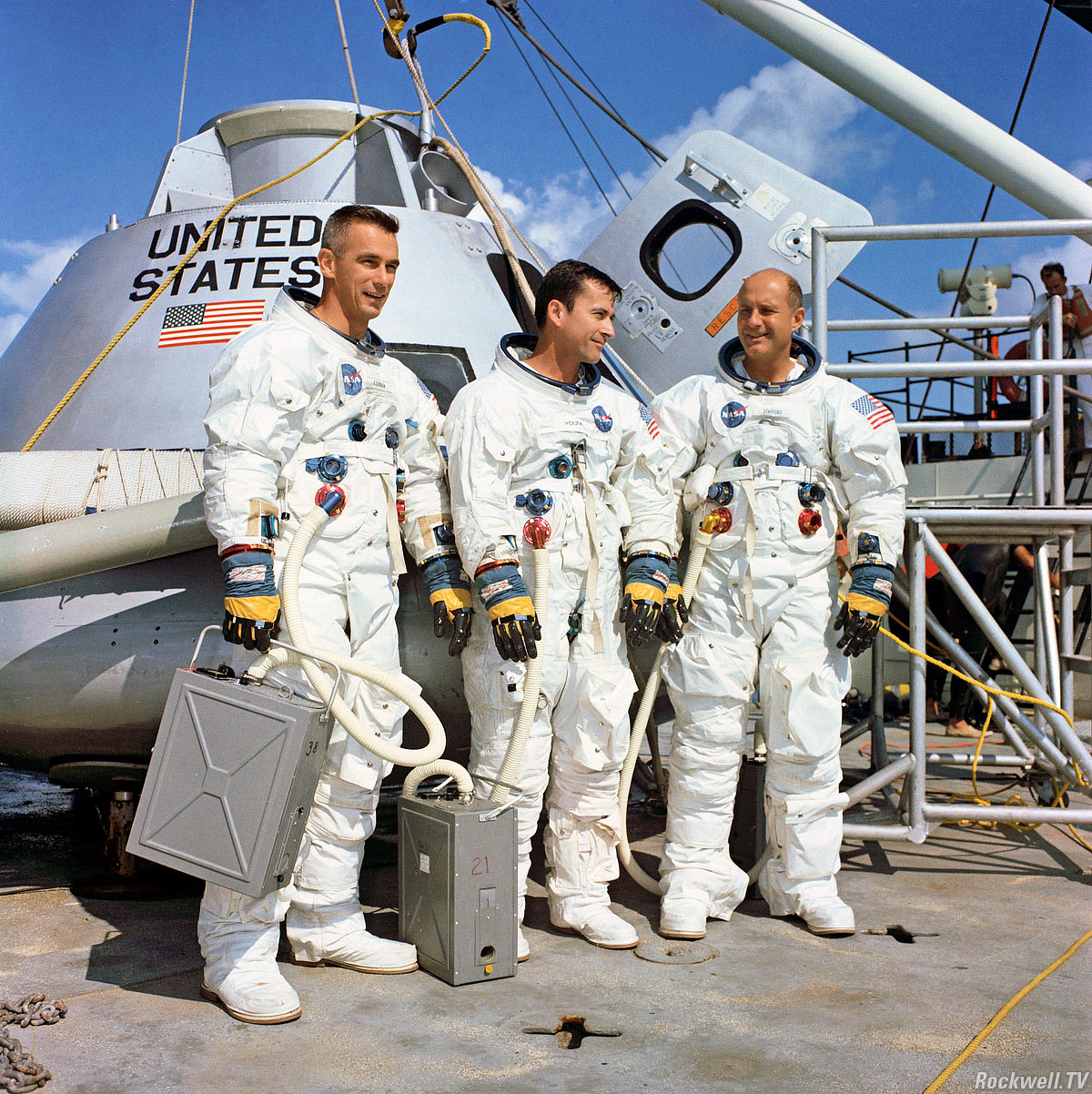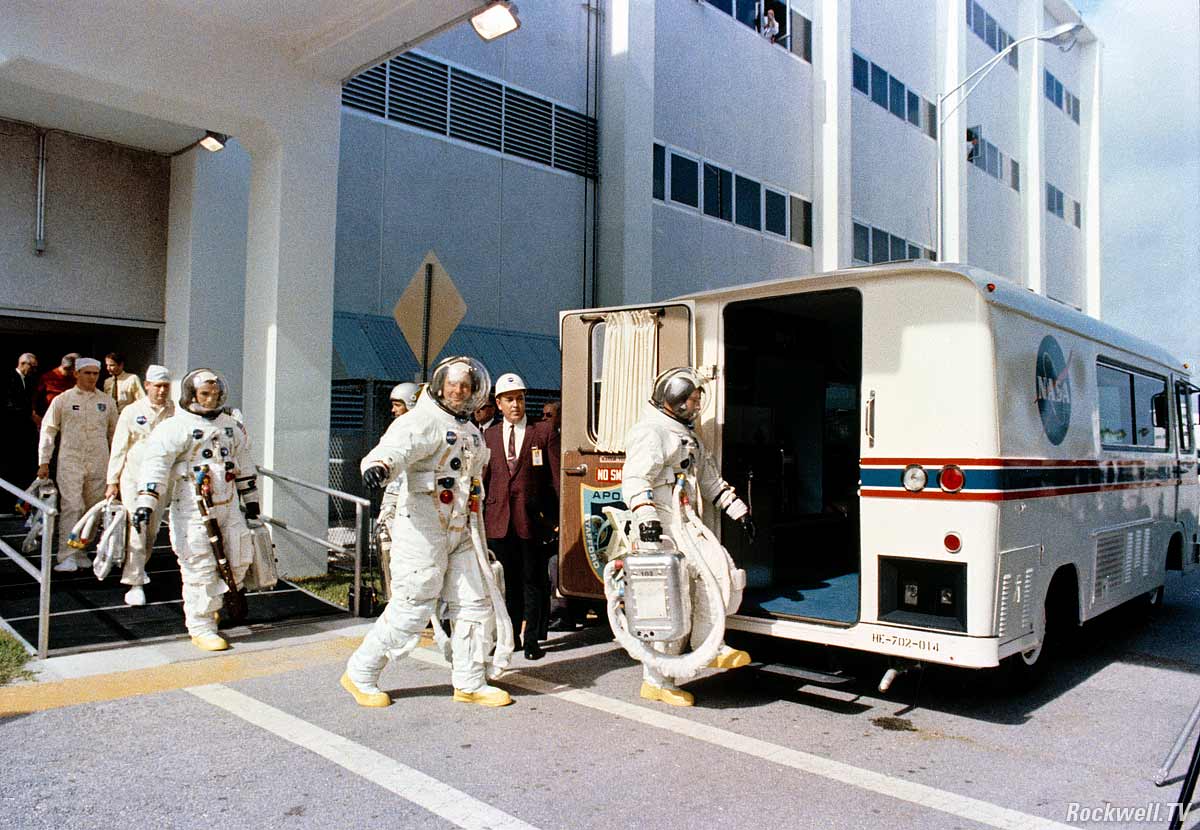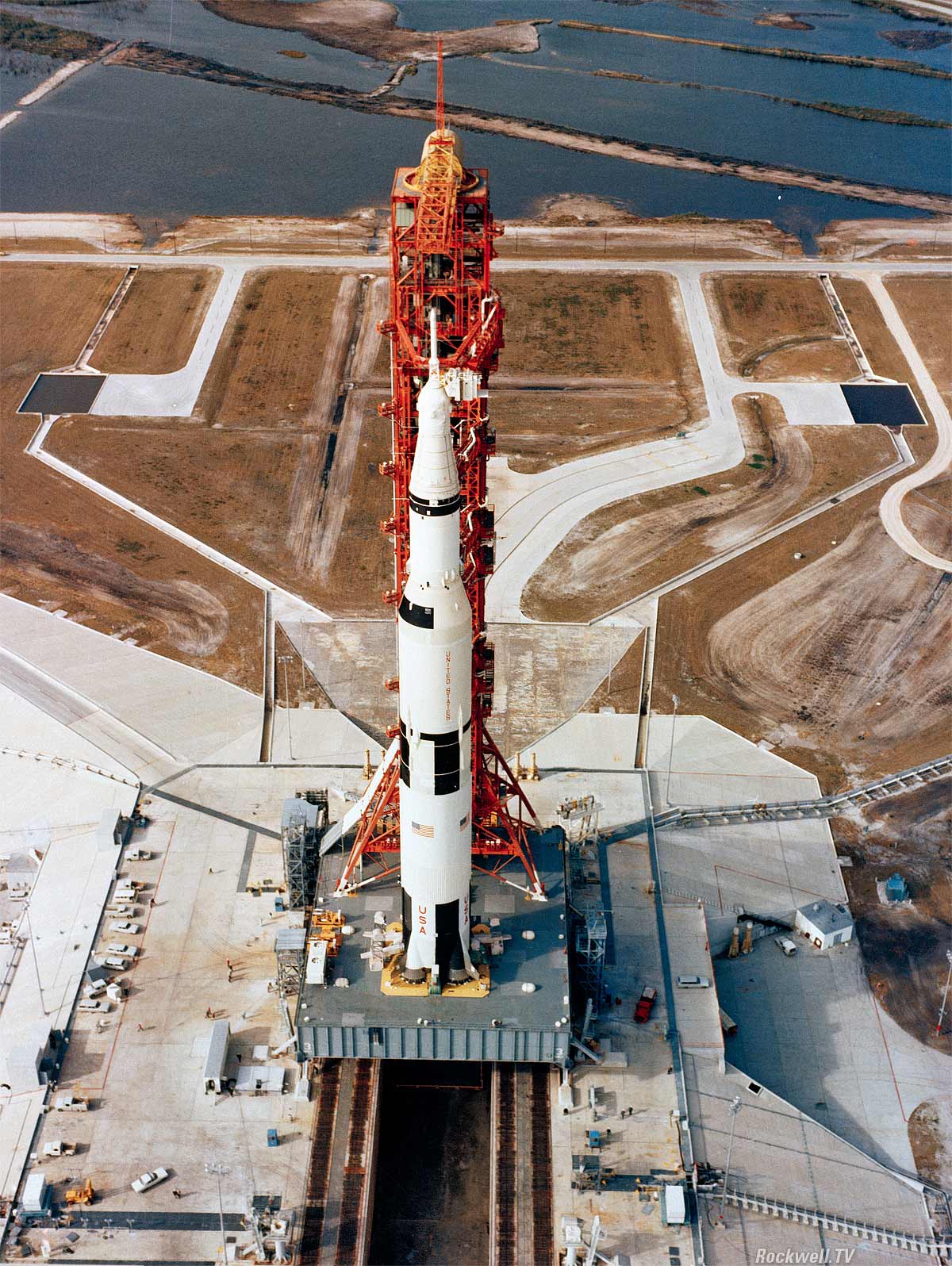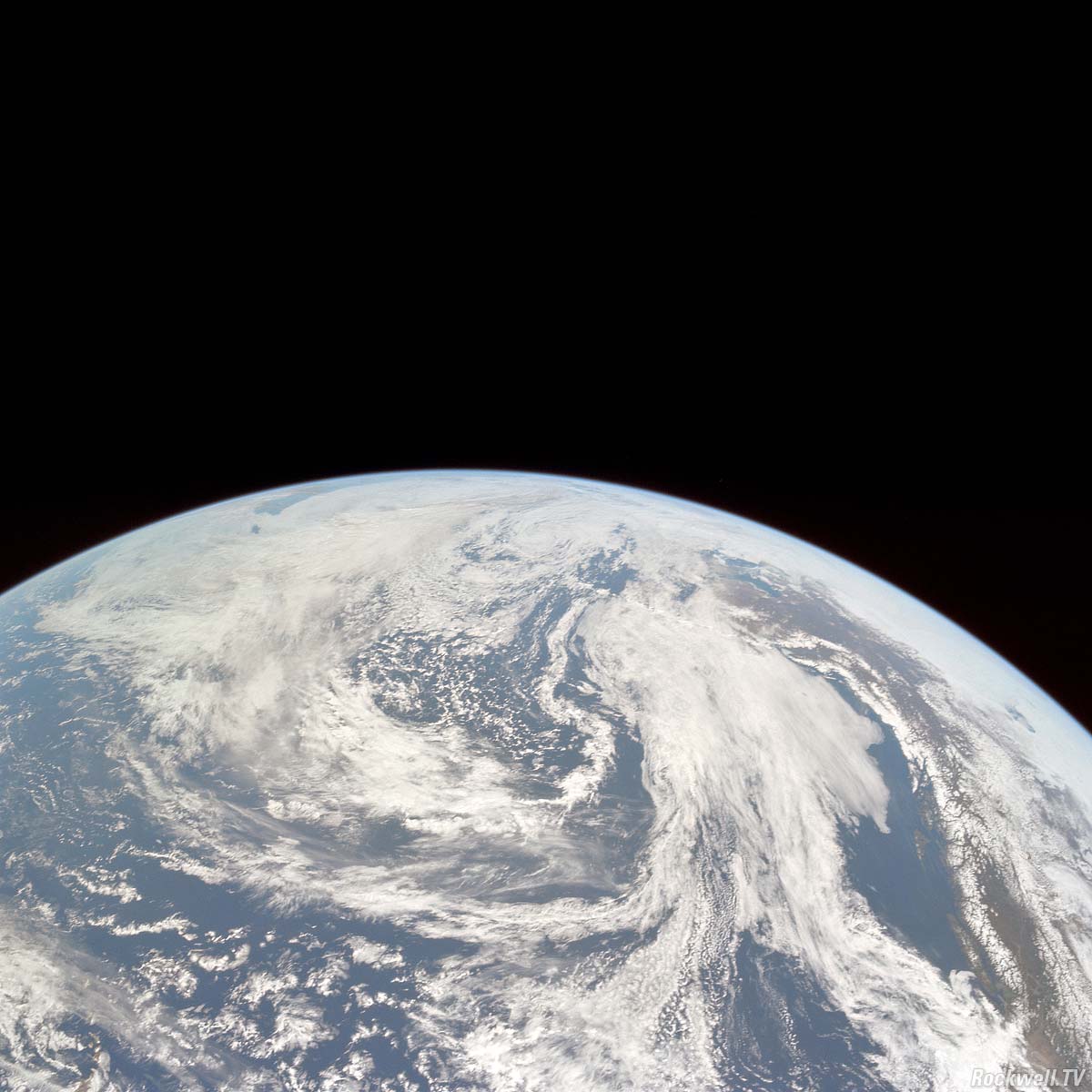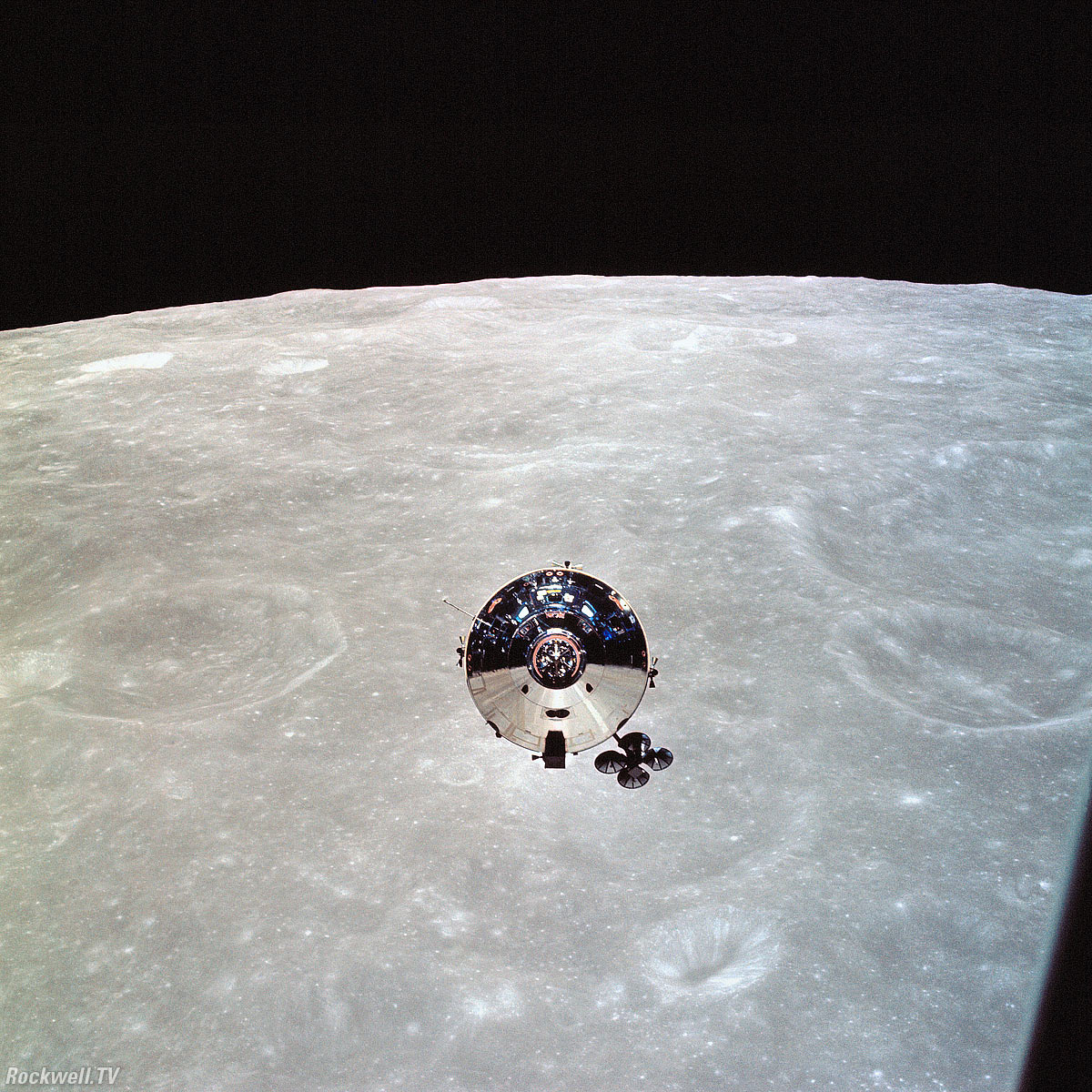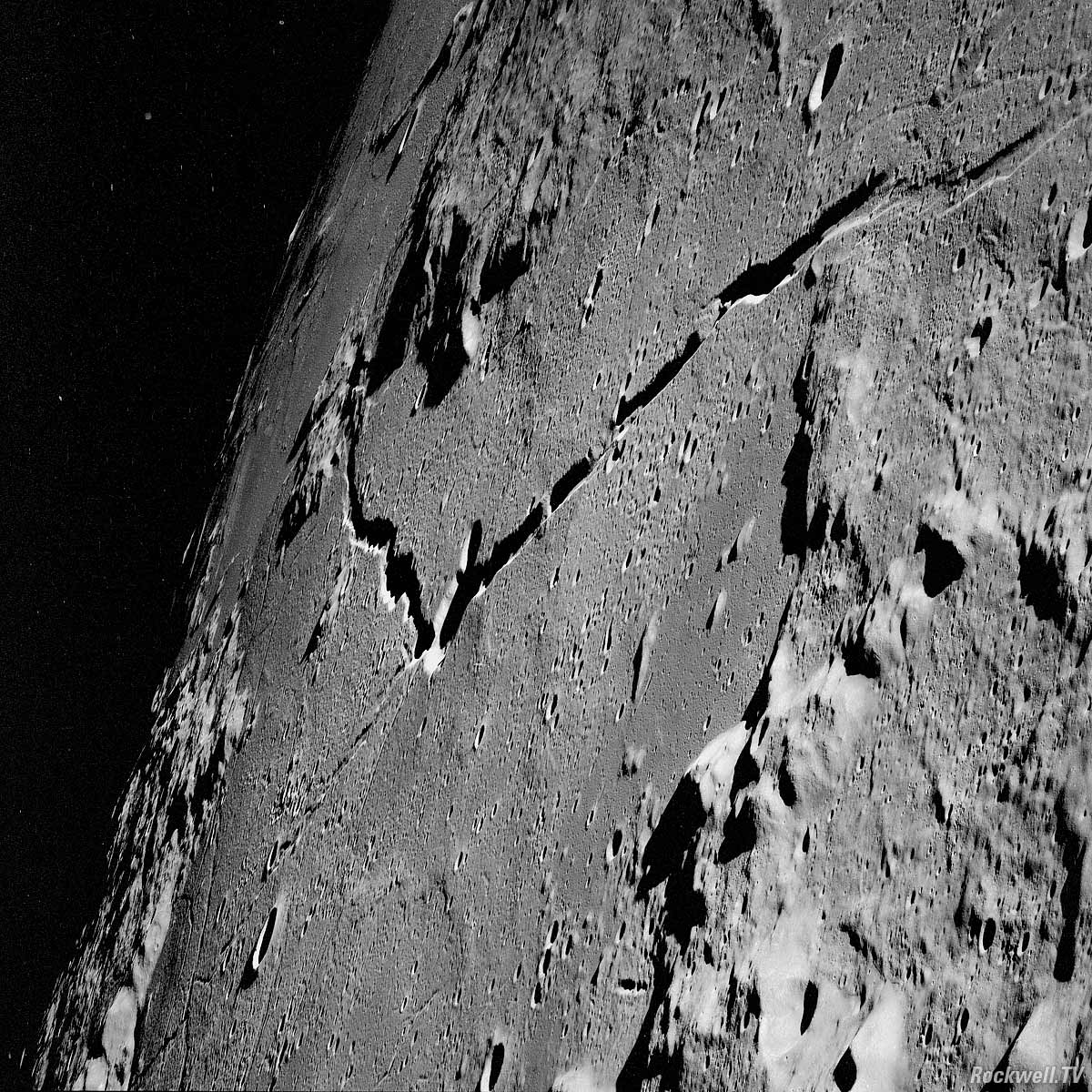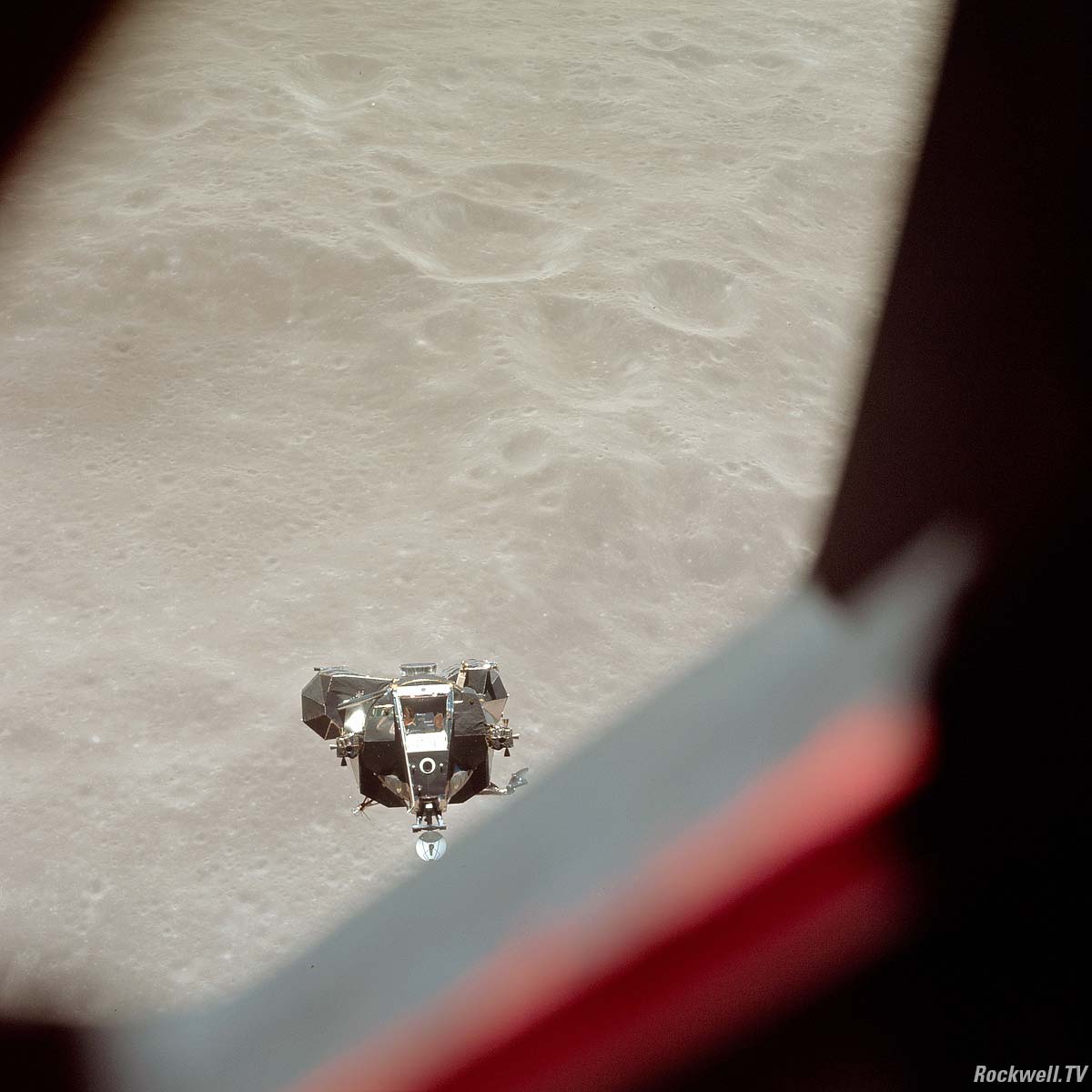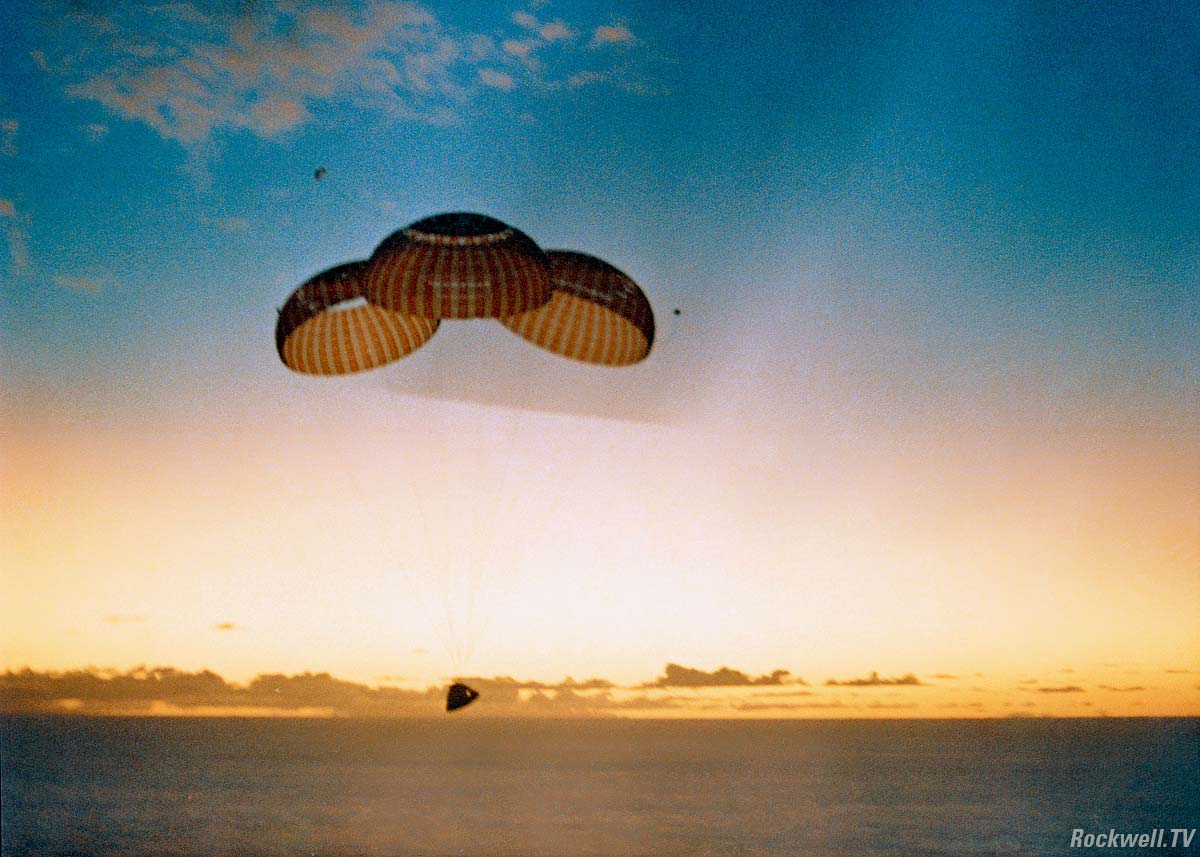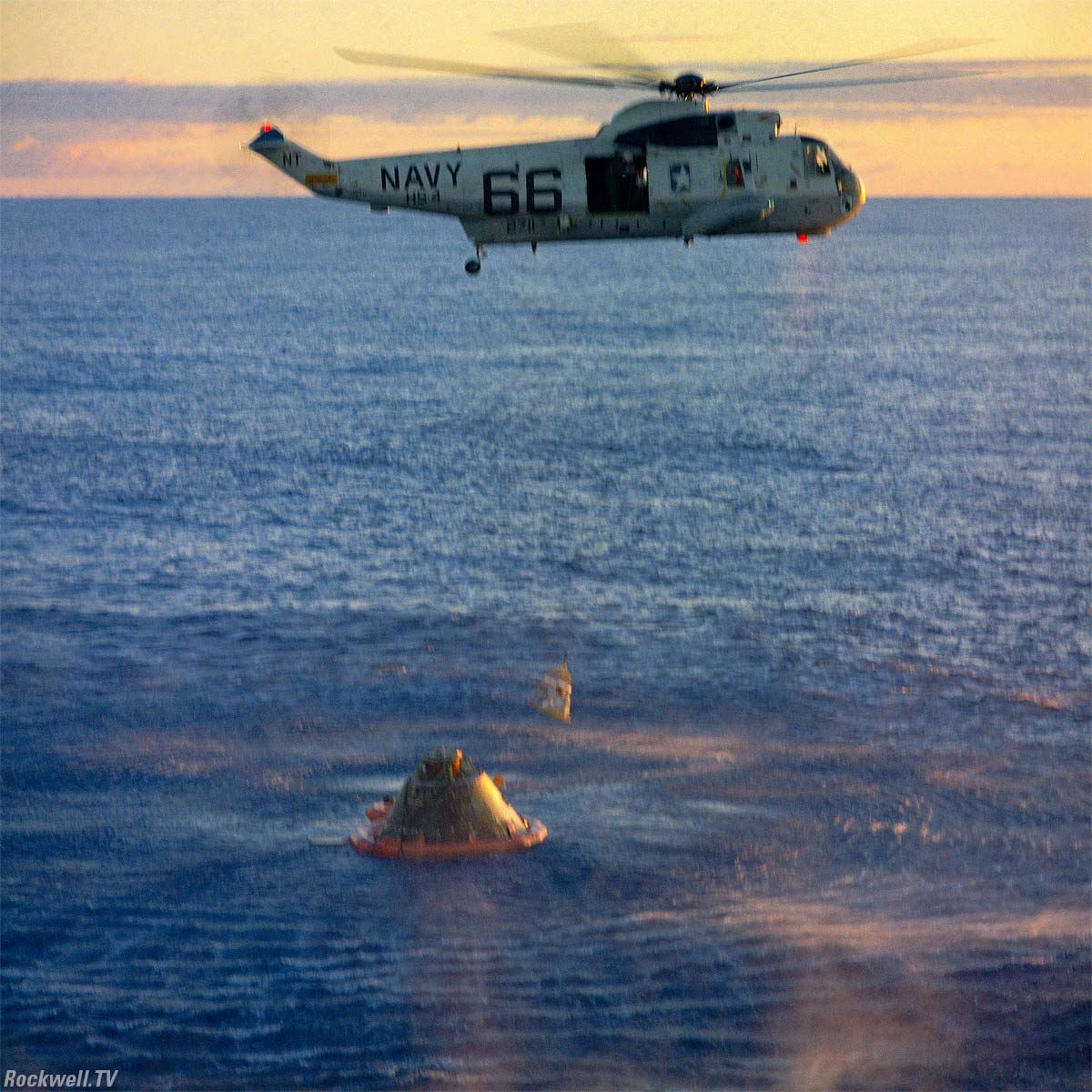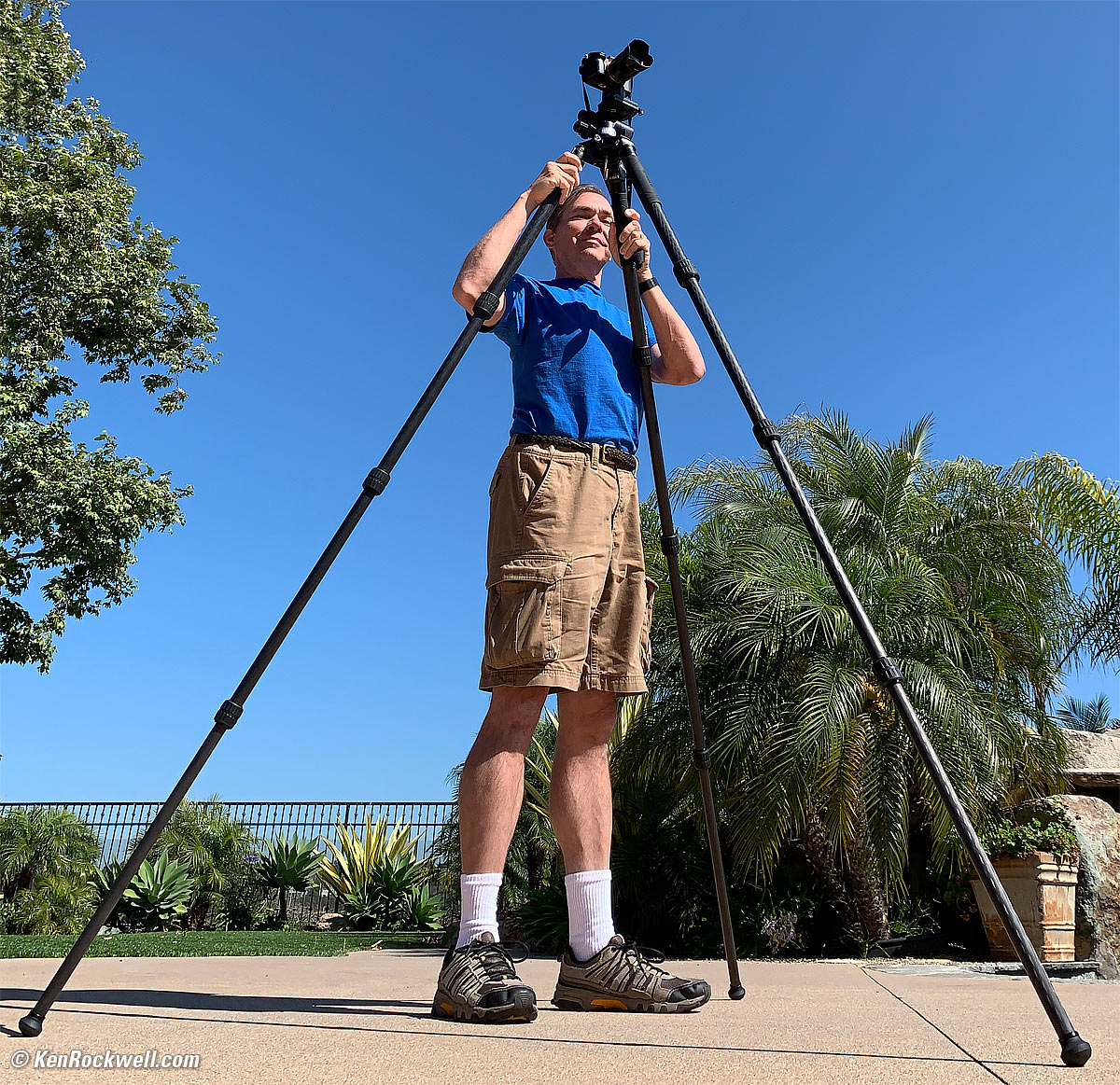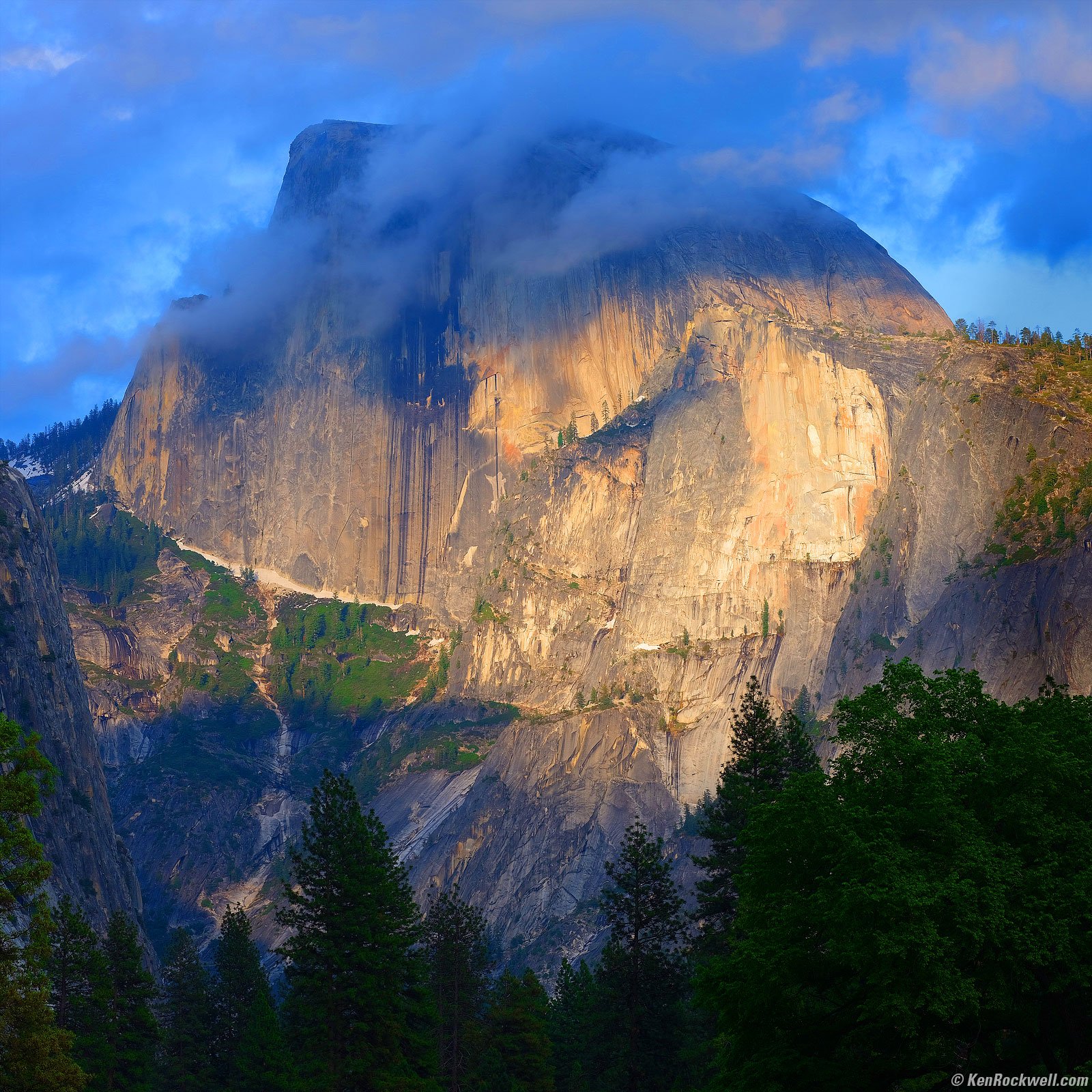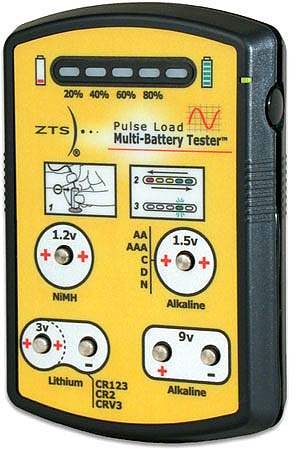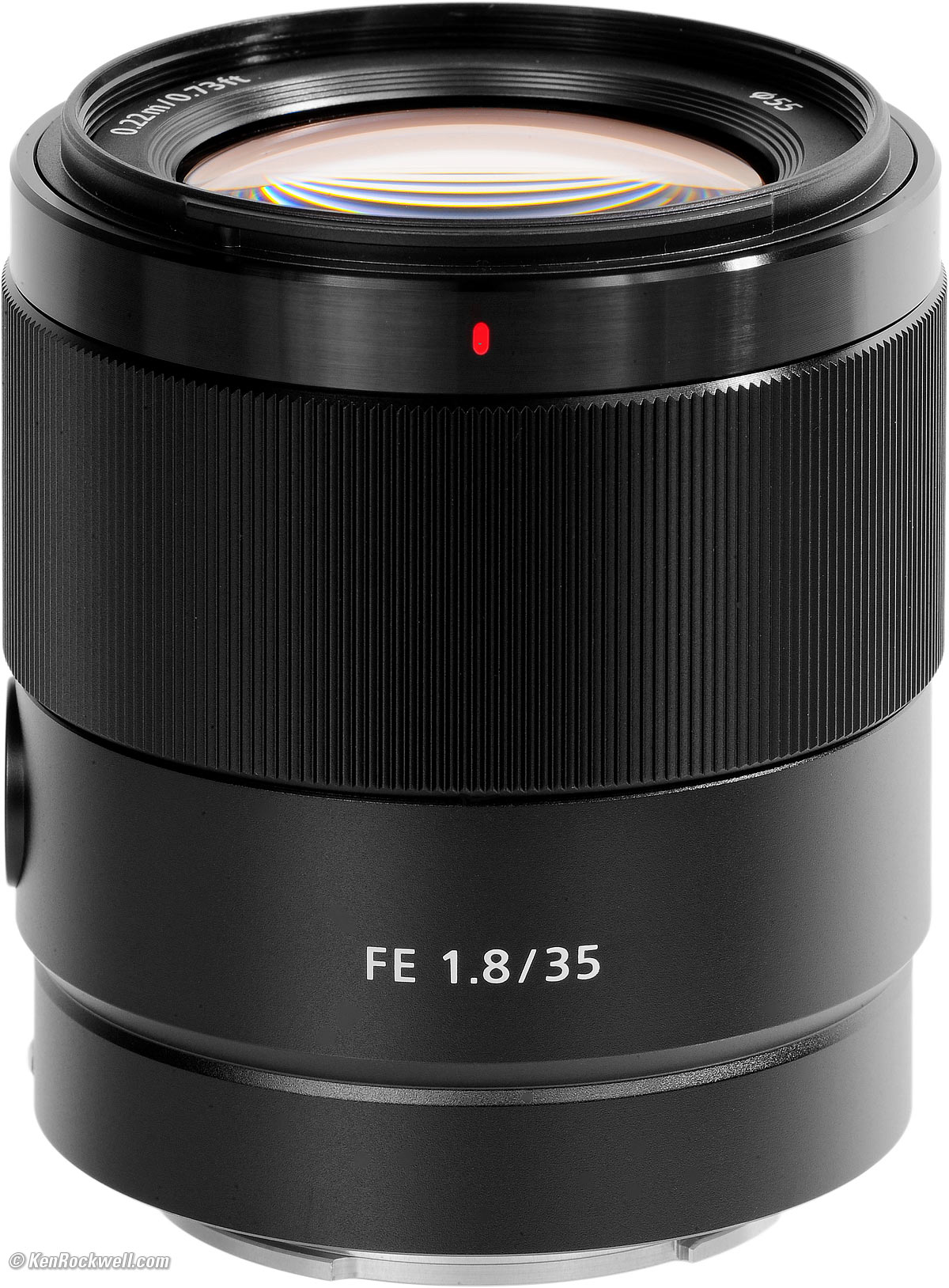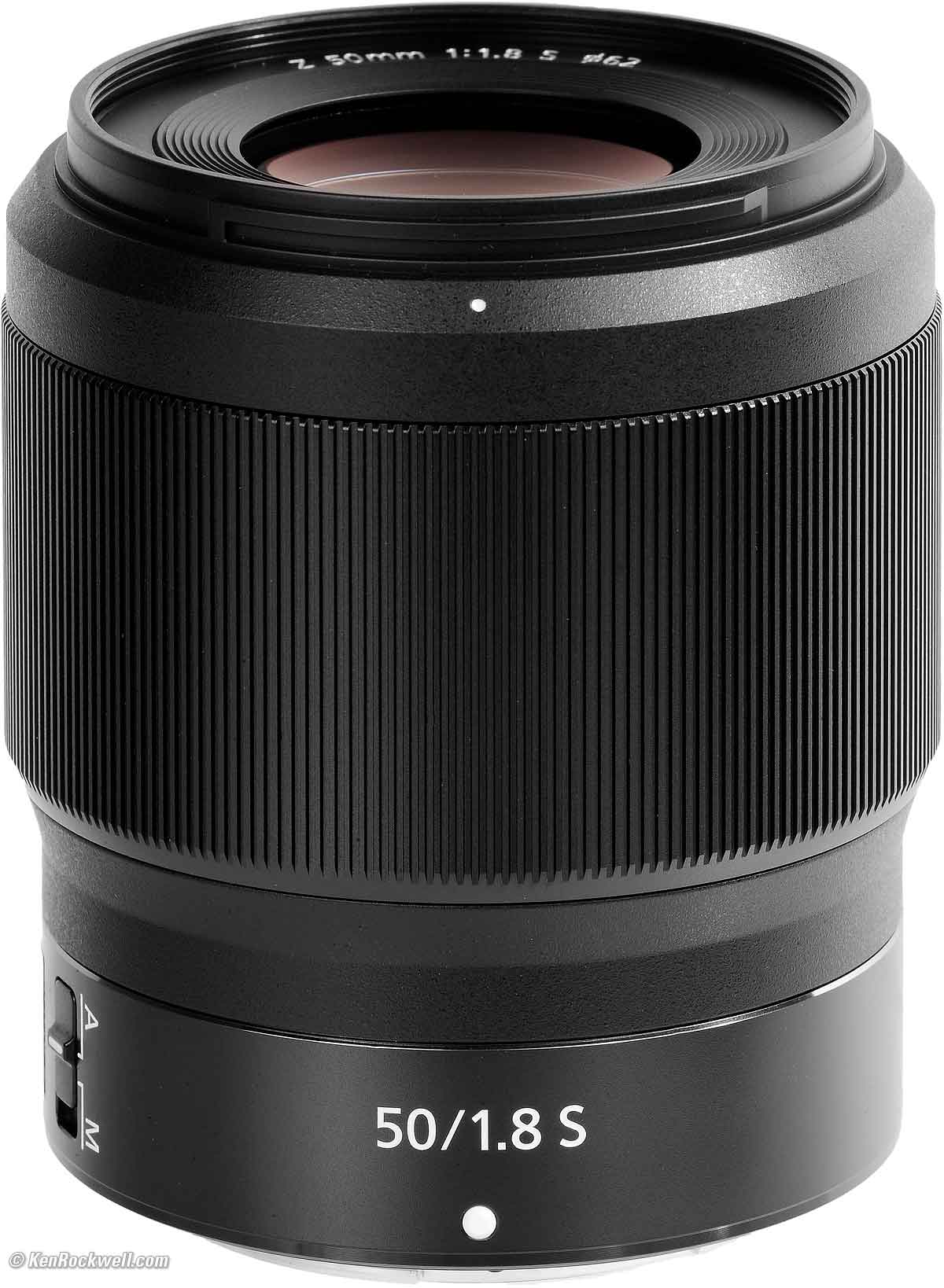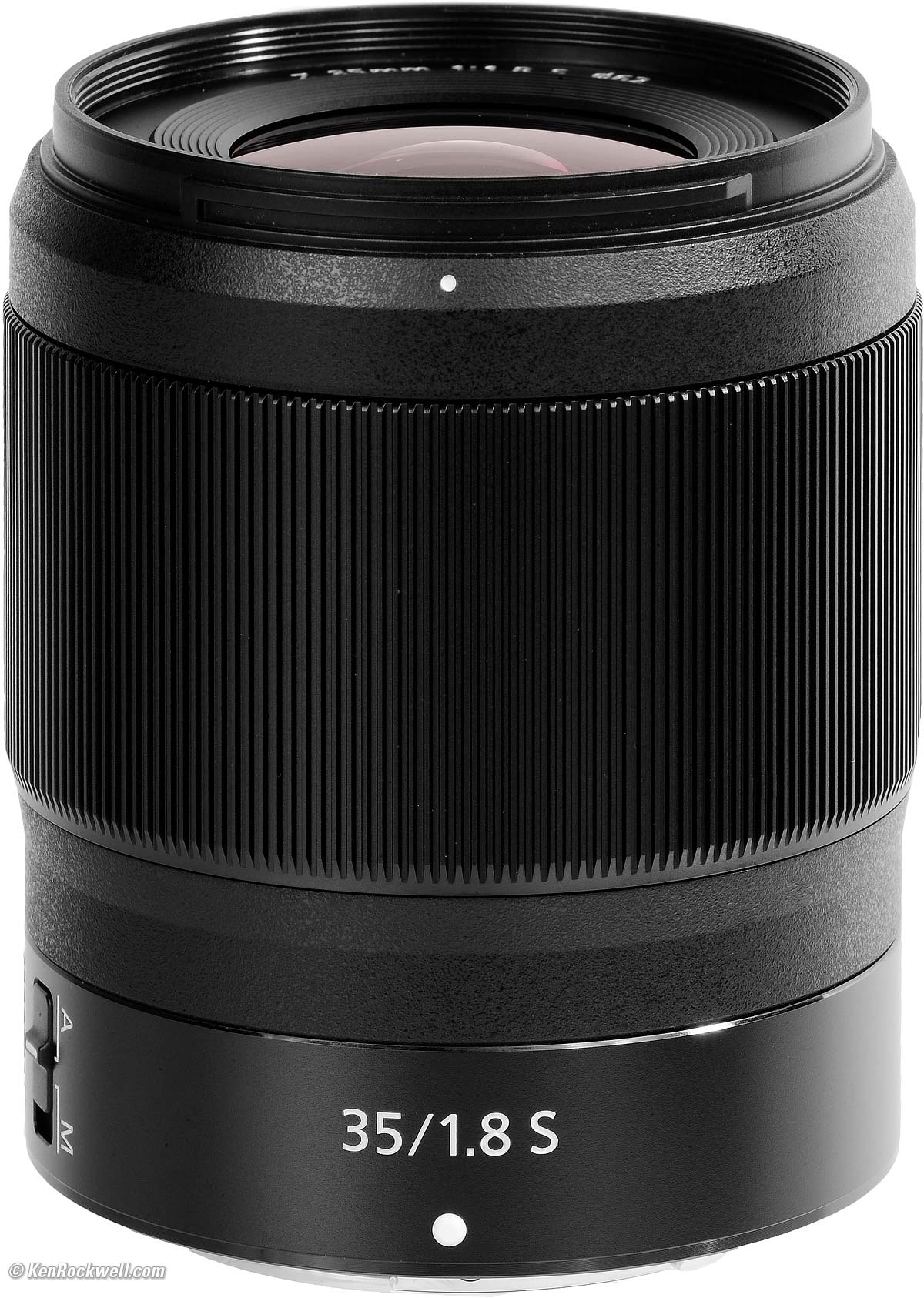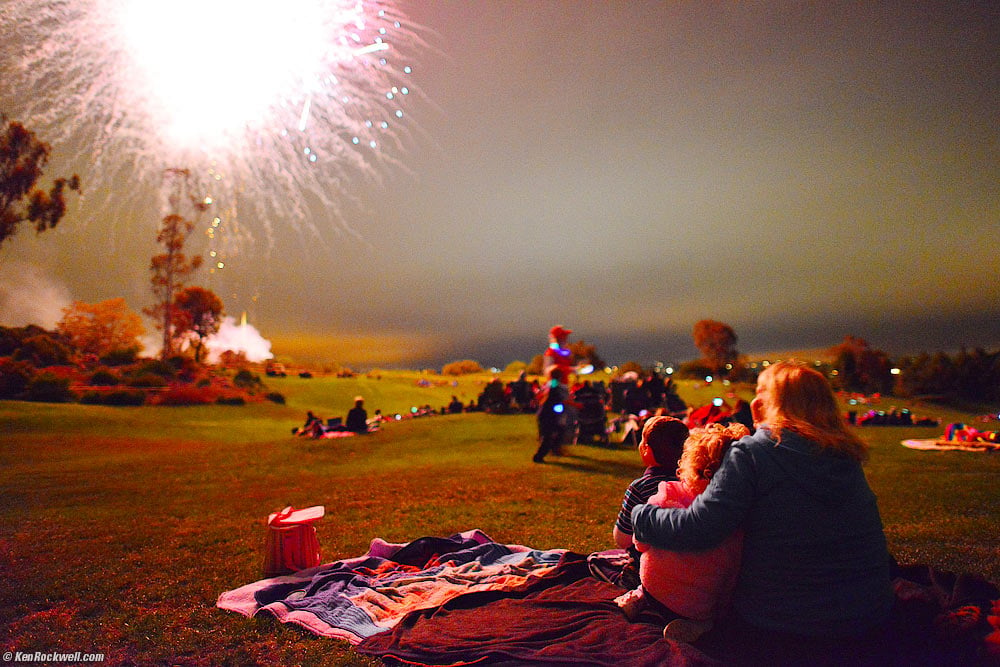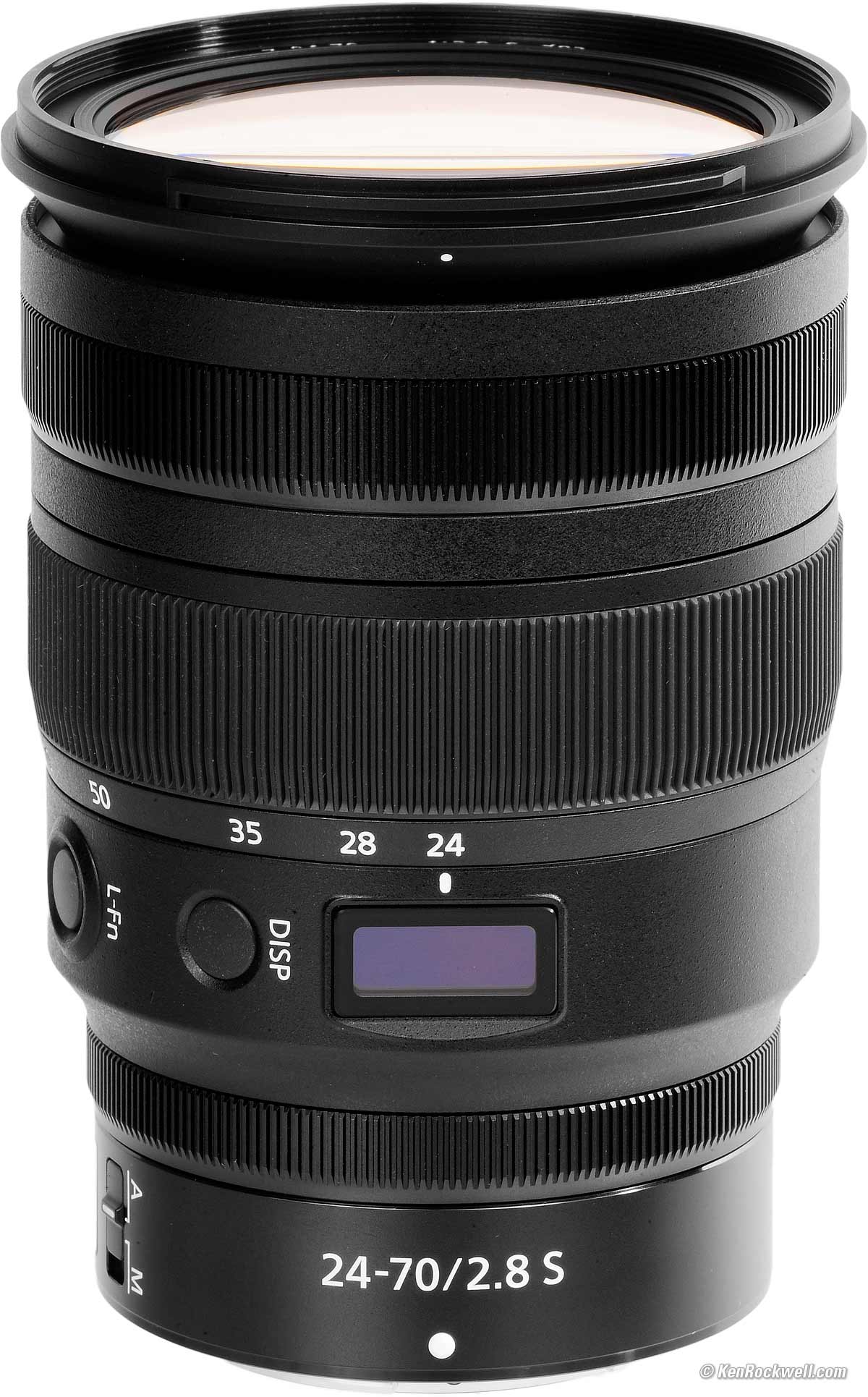July 2019's News
< < back to Today's News
Nikon vs Canon vs Sony Full-Frame Mirrorless Mirrorless vs DSLR
Canon: EOS R RP 1DX II 5DS/R 5D Mk IV 6D II 7D II 80D 77D SL3 SL2 T6 Flash Lenses
Nikon: Z7 Z6 D5 D850 D810 D750 D610 D500 D7500 D5600 D3500 F6 Flash Lenses
Sony: A9 A7R IV A7R III A7 III A7R II A7SII A7 II A7 A6600 A6500 A6400 A6100 A6000 RX10/4 RX100/7 RX100/6 Lenses
Fujifilm: GFX100 GFX50R X100F X-T3 X-T2 X-H1 X-T30 X-T20 X-Pro2 X-E3 X-T100 X-A5 Film Lenses
LEICA: Q2 M-E/240 M10D M10P M10 M240 M-E M9P M9T M9 M7 M6/TTL CLE M3 IIIf IIIa Lenses
All Reviews: Apple Audio Zeiss Tamron Sigma Hasselblad Contax Olympus Pentax
Recommended Cameras Best Cameras Gifts How to Take Better Pictures random
Links: Adorama Amazon B&H Crutchfield eBay Tutorial Videos Infrared
Adorama's Daily Deals Amazon's Deals-of-the-Day
Crutchfield's Sales B&H's Deals-of-the-Day
YouTube Facebook Twitter Instagram

|
31 July 2019, Wednesday
DEALS: SanDisk Portable USB-C External SSDs.
$280 off 2 TB: $269.99 (that's over half off!).
$150 off 1 TB: 169.99.
500 GB: $79.99.
250 GB: $72.99.
DEAL: $250 off 13" Bar MacBook Pro w/Touch Bar.
30 July 2019, Tuesday
Time for the Nikon D750
Nikon D750 and 50mm f/1.4 G.
Don't wait for a new model of D750. If you want one, get one today as they are selling for record-low giveaway prices; just $1,497 for a brand-new body — which is the same price as the crummier D610!
A new replacement for the D750 would probably only add bluetooth but probably remove compatibility with manual-focus lenses, and it would cost way more.
The D750 is a super bargain because it came out almost 5 years ago and the price keeps going down until the next great thing comes out, and in the case of the D750 I doubt that any new version would be better, and most likely would just be done as a cost savings for Nikon — but with a higher price for us.
If you want Nikon's best deal in an absolutely awesome full-frame FX DSLR, the D750 is it.
28 July 2019, Saturday
NEW: YouTube
You folks insisted, so even though I've had a channel since 2010, I finally put up a video the other day on YouTube.
My plan is not to spend too much time making videos since I'm a shooter, not a talker, and keeping everything short and to-the-point. I discovered that the reason most of what's on YouTube runs way too long is that YouTube gives people more credit if their video runs ten minutes or more, which is why everything else has five minutes of idle chit-chat in the beginning, then 15 seconds of actual content followed by 5 more minutes of fluff.
If I can give 60 seconds of content in one minute, I've given four times more real information in one-tenth the time.
India
This past week or two I've been fiddling with hosting trying to handle all the data that you great people consume reading my site. My apologies if you got error boxes; and many thanks for sending me the error screens you've seen which have been very helpful ironing this all out — so far.
Let me know and send me screen shots if you get errors.
Thanks!
27 July 1969: Astronauts back in Houston, Texas
Back on 24 July 1969, American heroes Armstrong, Collins and Aldrin splashed down from the moon in the middle of the Pacific Ocean. They were hauled aboard the USS Hornet, sealed inside a quarantine trailer and lauded by President Richard Nixon just after recovery while on the ship.
The USS Hornet recovery ship sailed for a couple of days to reach Ford Island, Pearl Harbor, Honolulu, Hawaii, at which point they were loaded onto a cargo plane, still inside the containment trailer, and flown inside it to Houston, Texas.
A C-141 unloading before dawn at Ellington Air Force Base, Houston. bigger or fit screen.
What's coming out the back of this giant cargo plane? It's big and shiny.A trailer, with people in it, come out of the C-141! bigger or fit screen.
Only in America! We used an airplane to fly a motorhome trailer from Hawaii to Texas with the three Apollo 11 crewmen inside.
Here we see it being unloaded from a USAF C-141 transport at Ellington Air Force Base very early Sunday, 27 July 1969, after a flight from Hawaii.
Once off the plane, their family and friends saw them for the first time since they left Earth.
Armstrong, Aldrin and Collins see their wives for the first time since leaving earth. bigger or fit screen.
The wives are (left to right) Mrs. Pat Collins, Mrs. Jan Armstrong, and Mrs. Joan Aldrin.
The astronauts were under quarantine, so of course they couldn't get out, no one was getting in, and no one was opening the door. They had a telephone rigged-up so at least they could talk through the glass:
Neil Armstrong greets his son Mark, on telephone intercom system, while his wife Jan and another son Eric look on. bigger or fit screen
The three pilots had just arrived in the early morning, still inside their motorhome-based Mobile Quarantine Facility (MQF) at Ellington Air Force Base.
They stayed in the Airstream MQF until they arrived at and are confined at the Crew Reception Area of the Lunar Receiving Laboratory at the Manned Spacecraft Center (MSC) across town in Houston.
The crew will be released from quarantine on 11 August, 1969, after a total of 21 days since they lifted off the surface of the Moon.
26 July 2019, Friday
Sony RX100 Mark VII.
NEW: Sony RX100 Mark VII Review.
This is now a detailed review rather than just a link to more information as I had yesterday.
25 July 2019, Thursday
NEW: KIPON 75mm f/2.4 for Fuji GFX.
DEAL: $340 off Apple Watch: 42mm Stainless Series 3 GPS+Cellular.
24 July 1969
12:21:13 PM EDT (9:21 AM PDT, 16:21 UT): Separation
Our guys are hurtling towards Earth from the Moon at 36,194 feet per second, or 7 miles per second, or 24,678 MPH (40,000 kph). This is is twenty times as fast as a speeding high-powered rifle bullet, and almost forty times the speed of sound.
The Command Module separates from the Service Module, since the SM is no longer needed, and more importantly, we don't want it landing on top of the Command Module with our guys still in it.
12:36:34 PM EDT (9:36 AM PDT, 16:36 UT): Re-Entry
The Command Module enters the Earth's atmosphere 400,000 feet above the Earth, still flying at 25,000 MPH.
Friction starts to slow them, and it heats the bottom of the CM hotter than a torch.
The guys could easily have fried to death.
Command Module reentering Earth's atmosphere. bigger or fit screen.
Landing Flight Path Data. bigger or fill screen.
Depending on weather and exactly where they wanted to land, they can change how far downrange they hit the water by changing the angle at which they enter the atmosphere:
They are going so fast that they can't just pop out a parachute. It would instantly be ripped to shreds, so instead Americans designed and constructed four different kinds of chutes to be released at exactly the right moments to slow this beast down:
There are three sets of smaller parachutes that have to come out in sequence to help slow the Command Module enough for the next chute.
Even when the main chutes come out, they are reefed to keep them from opening all the way until things have slowed down enough.
Try designing this at home or without live experimentation. Good luck! Get it wrong, and if any part of the chutes don't work, or just fold over themselves, the guys hit the water at 300 MPH and are crushed instantly like hitting concrete.
Let's think about this another way. Try dropping yourself in a metal tub from a height of 75 miles (400,000 feet or 125 km), while already going 25,000 MPH. You'll go sideways 1,400 miles (2,300 km) in the process of falling those 75 miles. You'll be flying so fast that air friction will burn you alive, just as it does to falling stars. You're going to fall from 75 miles (and cover 1,400 miles over the ocean) in just 14 minutes.
Getting back from the moon is at least as hard as getting there. (PS - We had no way to make a real 1/6G test flight for the LEM ascent stage. For all we knew, it might have gotten stuck on the moon!)
12:50:35 PM EDT (9:50 AM PDT, 16:50 UT): Splashdown
Apollo 11 splashed down in the Pacific Ocean fourteen minutes after entering the Earth's atmosphere after a mission elapsed time of 195 hrs, 18 mins, 35 secs.
The splashdown point was 13 deg 19 min N, 169 deg 9 min W, 400 miles SSW of Wake Island and 24 km (15 mi) from the recovery ship USS Hornet. Not a bad shot for landing from the moon!
No one knew until 1995 when the secrets were declassified, but only due to an ultra-top secret American spy satellite did we have weather data to tell us that the originally planned landing site would have been in the middle of a raging thunderstorm, and have killed all our guys by knocking the CM off its delicate high-speed path and instead slammed them to instant death on impact. Only due to some American can-do attitude did we make use of secret data that didn't exist and couldn't be shared because it didn't exist to reroute the landing spot and save the day. This spy satellite of course shot film, which was pooped out and picked up by parachute as it fell to earth!
The astronauts were floating around on their own for an hour until the helicopter made it to them. I'm happy we were able to find them out there, I don't think they had radios, and GPS won't be put into space until the 1970s. For all I know, they probably used LORAN as invented by my dad.
Film of helicopter arrival and frogman dropping into the sea.
Note the floatation device around the Command module. bigger or fill screen. After we lost a previous Command Module into the ocean when it tipped and sank, on this mission we took precautions. (Photo: Milt Putnam, NASA.)
They guys are alive and elated. AMERICA WINS! Again.
A shot from training before the mission. bigger or fill screen. One of the astronauts is getting out and the other two are sitting down in the raft. You can tell this is from training; the Command Module is clean! Here's how the actual CM looks after it's been blasted through reentry temperatures hotter than the flames of Hell to get back to blue-green earth:
Hoisting the run-hard and put-away-wet Command Module onto the USS Hornet. bigger or fill screen.
So now all the astronauts do is go home to glory, right?
Wrong!
Look more closely at what they are wearing. They look like space suits, but they're green — and they are on Earth and don't need space suits any more.
These are space suits, in a way. They are biological isolation garments (BIG)!
What?
Plastic sheeting covering the Path to Glory connecting the recovered capsule to — a motorhome?? bigger or fill screen.
Back on the Hornet, the guys have to walk from the capsule through the sealed plastic sheeting into a Mobile Quarantine Facility (MQF).
What?
We weren't stupid.
No one had ever been to the moon.
No one had ever gotten any Moon rocks or dirt back to earth, either.
This was the first time that anyone, or anything, had ever been brought back to Earth from the Moon.
We had no idea if any of this was poisonous, or if there were any pathogens, diseases, viruses or anything that could be harmful to us.
What if the moon was covered with whatever wiped out a civilization that used to live there? What if it were covered with some strange compound that was harmful to life we'd never experience before? No one had any way of knowing what was up there; that's why America went.
We had no way to know. We immediately scrubbed the guys down with disinfectant and suited them up, right out there in the ocean, and when we got them back (they never left the capsule), we inserted them into a sealed quarantine. For all we knew, they could have brought back something that could have wiped out all of Earth.
If they had caught anything, we had them in quarantine and could watch them die alone together, and hopefully whatever it was would not get out. Not to be morbid, but there were thousands of ways to get killed on this trip. Remember Grissom, White and Chaffee who were fried alive in Apollo I only 30 months before.
The men of Apollo XI, seasoned military fighter and test pilots, knew the risks, gladly took them, and won.
Once they made it to the MQF, President Nixon just happened to be aboard to welcome them back to Earth personally:
(left to right) Neil A. Armstrong, commander; Michael Collins, command module pilot; Edwin E. Aldrin Jr., lunar module pilot; and United States President Richard M. Nixon (a graduate of Whittier High School). bigger or fill screen.
See the original movie footage.
After they finish with Nixon, the USS Hornet sets sail, with the contained astronauts, for Ford Island, Pearl Harbor, Honolulu, Hawaii.
Here's how everything gets back. Some of this data from NASA's original Apollo 11 press kit, distributed a week or two before liftoff. I've left these words unchanged:
Lunar Samples: Next Day Air
Two helicopters will carry lunar samples from the recovery ship to Johnston Island (a tiny island only big enough for a runway, about 700 miles SW of Hawaii) where they will be put aboard a C-141 and flown directly to Houston and the Lunar Receiving Laboratory (LRL).
This includes the film, lunar samples, data tapes and biological samples from the astronauts.
The samples should arrive at Ellington Air Force Base at about 27 hours after recovery and received in the LRL at about 9 or 10 a.m. CDT, July 25.
Spacecraft: Shipped by sea and air
The spacecraft is scheduled to be brought aboard the recovery ship about two hours after recovery. About 55 hours after recovery the ship is expected to arrive in Hawaii. The spacecraft will be deactivated in Hawaii (Ford Island) between 55 and 127 hours after recovery. At 130 hours it is scheduled to be loaded on a C-133 for return to Ellington AFB. Estimated time of arrival at the LRL is on July 29, 140 hours after recovery.
Crew: Shipped by sea and air
The flight crew is expected to enter the Mobile Quarantine Facility (MQF) on the recovery ship about 90 minutes after splash-down. The ship is expected to arrive in Hawaii at recovery plus 55 hours and the Mobile Quarantine Facility will be transferred to a C-141 aircraft at recovery plus 57 hours.
The aircraft will land at Ellington AFB at recovery plus 65 hours and the MQF will arrive at the LRL about two hours later (July 27).
The three crewmen will remain in the MQF until they arrive at the Manned Spacecraft Center's (MSC) Lunar Receiving Laboratory (LRL) at the Lyndon B. Johnson Space Center (Building 37) in Houston, Texas, only after which do they get to sit in a different sealed area.
It will take two and a half days to sail the Hornet to Honolulu, after which the astronauts will fly, still sealed in a motorhome, to Texas. Only in America! I'll have photos as it happens on Saturday the 27th. They aren't let out of this motorhome until August!
23 July 1969, Transearth Coast
The astronauts are sleeping a lot, and flying back to the Earth for splashdown tomorrow.
22 July 1969, Transearth Coast
Today exactly 50 years ago Apollo XI is coasting back to Earth. The astronauts are tired, and spend a lot of very well deserved time sleeping.
Today they do make just one mid-course correction, which is all they need for a perfect coast home.
What are those crosses all over the Moon photos? As I knew since I was a kid (my dad was an engineer), those are marks from the Reseau plate.
A Reseau plate is a sheet of glass right in front of the film that is engraved with small markings. In the case of the Apollo flights, these marks were exactly 1cm apart.
The purpose of the Reseau plate is that it forever marks the images with exact distances so that measurements can be made from them later, regardless of localized or general film shrinkage or expansion, and today, regardless of how I fold, spindle or mutilate the sizes for Internet display.
Since most of the shots were made with Zeiss' special no-distortion 60mm f/5.6 Biogon lens, one can calculate exactly the angles between points on the image.
21 July 2019, Sunday
Apollo XI Deals
ZEISS lens deals.
Telescope deals.
Binocular deals.
Nikon lens deals.
MacBook Pro deals.
Today Only: Google Pixel 3a XL w/free $100 gift card.
21 July 1969, Ascent from the Lunar Surface
For the past week I've been watching this unfold live at ApolloInRealtime.org, which has the best live coverage of 50 years ago.
Yesterday my brother and mom and I drove to the Grumman plant in Bethpage, NY where the LEM was designed and built. Here's an historical placque:
Grumman, Bethpage, NY, 20 July 2019. bigger or fit screen. Photo: iPhone Xs Max.
While I had thought that we all watched the moon landing at home on our Heathkit COLOR TV, my mom reminded us that we were on vacation at Lake Waramaug in Connecticut. My dad walked us over to a clubhouse where they had a TV in the middle of the night to watch the moonwalk, which was from 10:51PM to 1:11AM this morning exactly 50 years ago.
While we poking around Grumman and looking at the F-14 (Top Gun) fighter on display outside the largely abandoned plant, which also built many thousands of planes during WWII, lo and behold a fellow named Paul Munoz drove up just to see the old plant. He brought documents to show us:
Paul Munoz in 2019 pointing to himself among the Grumman LM-3 Assembly Team in 1969. bigger or fit screen. Photo: iPhone Xs Max portrait mode.
It turns out Paul is one of the original makers of the LEM. Here's Paul's finger pointing to himself along with the rest of the LM-3 assembly team who built the lander now on the moon:
Paul Munoz pointing to himself among the Grumman LM-3 Assembly Team, 1969. bigger or fit screen.
Paul wired about a quarter of the LEM; the front right as seen in his photo above. In his photo the LEM is in the rear right. You're seeing the back of it. The container in which it was flown in a "Flying Guppy" cargo plane to the Kennedy Space Center in Houston is on the left. How cool is this: I got to shake the hand of a man who assembled major parts of the LEM and whose handiwork is still on the moon!
Paul even showed us his certifications as an electrical installer:
Back in 1969 all of us kids and our friends were extremely stoked by the whole thing. The LEM was built by Grumman in Bethpage, Long Island, NY, about 4 miles from my house. My dad worked at Sperry across the street from Canon USA's headquarters in Lake Success, and our house was only a few miles from Nikon USA's HQ in Melville, but half my friend's dads' worked at Grumman and helped build this thing. Kids at my Old Bethpage Grade School would brag about who's dad was building what.
A reader who lived even closer pointed out that all his neighbors in Bethpage were LEM engineers. One day the engine head of his lawnmower cracked. A neighbor offered to fix it. The engineer ran into his garage and brought over a tube of epoxy. He explained that the same epoxy was used on the LEM, and that once a tube was opened and not used up the same day, that it could not be used later. Thus the engineers took home all the half-used epoxies, and many homes in and around Bethpage have things held together with genuine LEM epoxy! Talk about trickle-down benefits of the Apollo mission!
While getting to the moon was a 400,000 year-old problem, getting back from the moon was even tougher, as you have to bring everything with you for the launch.
Just like most aircraft, most of the critical systems had backups, and backups on those backups. The biggest thing that had no backup was the ascent stage rocket. There was only one motor. If it failed to fire, the guys were stranded on the moon to die a slow, painful death as the world watched.
I had never realized this, but the designer of the LEM, Grumman's Thomas J. Kelly, was also a winner of the Grumman Scholarship coming out of high school decades before. He was already 50 in 1969, and in 1980 I became a runner-up for the same engineering scholarship.
Here's what's happening today. Our guys slept most of the night after their moonwalk, and are still in the LEM on the surface of the Moon about to blast off and begin their ascent on the first leg of their trip back to Earth.
12:54:01 PM EDT (9:54 AM EDT, 17:54 UT, MET 124:22:01): Lunar Ascent
Aldrin and Armstrong were sure hoping the 172-pound ascent engine fired. If it didn't, they would be stuck on the moon for the rest of their lives, which probably wouldn't be more than a week before they succumbed to the elements.
Since there was only one motor, Grumman kept it simple. It has no pumps like the F-1 motors of the Saturn V; the LEM's made-on-Long Island ascent engine needed no ignition system as well as no pumps: it ignited as soon as the propellants touched (hypergolic) after feeding into the engine via gravity. Thank God Grumman used the correct gravity value — for the Moon! (other sources point to a pressurised helium system held in two 2.9 kg tanks at 21 MPa.)
The engine underwent 3,000 test firings — but all that mattered was right now.
The top half of the Lunar Module, the Ascent Stage, successfully fired off from bottom half of the LEM (the Descent Stage, which was left on the Moon) after 21 hours, 36 minutes on the lunar surface. Astronauts Neil A. Armstrong, commander, and Edwin E. Aldrin Jr., lunar module pilot, in the LM, were now returning from the lunar surface.
Ascent. bigger or fit screen.
Neil Armstrong in the LEM as they are ascending back to the CSM. bigger or fit screen. Shot on Hasselblad.
6 FPS 16mm film of the moon as seen from the ascending LEM.
6 FPS 16mm film of the LEM rotating as it approaches the CSM just before docking.
The Ascent Module of the LEM approaches the CSM. bigger or fit screen. Shot on Hasselblad.
5:34PM EDT (2:34PM PDT, 21:34:00 UT): Docking
The LEM docked with the Command Module, and Aldrin and Armstrong, coming up from the Moon, climbed back into the Command Module.
Close-up of the LEM's docking target as seen from the Command Module as it docked. bigger or fit screen. Shot on Hasselblad.
8:01:01 PM EDT (5:01PM PDT, 00:01:01 UT): LEM Jettisoned
After docking with the CSM, the Eagle (the ascent stage of the LEM) was jettisoned into lunar orbit.
NASA says it should have crashed back into the moon a few months later, and since it wasn't tracked, no one knows where it landed.
12:54:42 AM EDT (9:54 PM EDT, 04:54 UT): TEI: Return to Earth
Transearth injection began with a 2 1/2 minute firing of the CSM main engine.
As we learned during the TLI, translunar injection, on 16 July 1969, the TEI pushes the Command and Service Modules out of Lunar orbit on their way back to Earth.
Once the TEI is complete and the CSM is on a transearth path, all it does is coast for the next three days until they arrive back at Earth for reentry.
20 July 2019, 50th Anniversary
NEW: Hasselblad 907X Special Edition.
This is a CFV II 50C 50MP 33 x 44mm digital back with 907X body, both in matte black and with a plaque engraved "On the Moon Since 1969."
More than a trinket, the 907X is the smallest medium format camera Hasselblad ever. It's just over an inch thick and the lightest at 30.5 oz. (865 g) with battery and card.
More history about Hasselblad on the Moon.
For as long as Man has existed, Man's curiosity has led him to wonder about things that he could see, but that he could not touch.
For over 400,000 years, men have dreamt about traveling to the moon.
Man's imagination grew large enough that he was able to conceive, design and build a ship in which he could complete that journey.
Fifty years ago today, men flew a ship that they had built, which had left the planet Earth four days earlier, and landed it on the surface of the Moon.
And then they got out.
Today we commemorate the power of over 400,000 years of Man's imagination.
Today we remember the day that Man learned that absolutely nothing is impossible.
As a child eventually learns how to pull a chair over to climb up to a countertop, for the first time in all of Man's history, Man had learned how to climb up to another celestial body.
Man had reached a new chapter in his development.
It is fifty years ago today that we learned that the only limitation to how high we can climb is the depth of our imaginations.
We learned that the most powerful thing Man has ever created is not the Saturn V rocket, but the unbounded power of our imaginations.
This is why we take today as a new holiday, Imagination Day. On July 20th each year we pause to imagine where we would like to go next and what we would like to accomplish. We pause to remember that we have no limitations except for those which we impose on ourselves.
We take this day to remember that everything we have ever created or accomplished is because that thing was first envisioned in someone's imagination, without which it would never have happened.
20 July 1969:
The End of Impossible
Apollo XI entered Lunar orbit yesterday, 19 July. With each orbit, they saw the Earth rise over the lunar surface.
They had so much to do that it took them a while to find a clean window and have a free hand to make some snaps, and here is one shot at f/5.6 and 1/250 with the Zeiss SONNAR 250mm on the Hasselblad:
Earthrise from Apollo. bigger or fit screen. Shot on Hasselblad.
While orbiting the Moon today, 20 July, Commander Neil Armstrong and Lunar Module Pilot Buzz Aldrin climbed into the Lunar Module for a final checkout all LEM and space suit functions. Command Module Pilot Michael Collins remained in the Command Module.
The approach to Landing Site 2 on the Moon, as seen from the Lunar Module as they orbited. (a LEM thruster is seen in the foreground.) bigger or fit screen. Shot on Hasselblad.
Landing Site 2 is in the southwestern Sea of Tranquility. When this picture was made, the LEM was still docked to the Command and Service Modules (CSM). Site 2 is located just right of center at the edge of the darkness. The crater Maskelyne is the large one at the lower right. Hypatia Rille (U.S. 1) is at upper left, with the crater Moltke just to the right (north) of it. Sidewinder Rille and Diamondback Rille extend from left to right across the center of the picture. This view looks generally west.
2:11:53 PM EDT (11:11 AM PDT or 18:11UT): LEM Undocking
The Lunar Module erected its landing gear and separated from the Command and Service Module.
Michael Collins gave the Lunar Module a visual inspection from the Command Module to be sure that it hadn't been damaged during the flight.
The Eagle has wings. bigger or fit screen. Shot on Hasselblad.
The Eagle, nickname for the LEM, is undocked and free from the Command and Service Modules. It is flying on its own.
Inside the LEM are astronauts Neil A. Armstrong, commander, and Edwin E. Aldrin Jr., lunar module pilot. Michael Collins, command module pilot, remained with the CSM in lunar orbit and snapped this photo.
The Apollo 11 Lunar Excursion Module (LEM) is in its lunar landing configuration, which has both the bottom half (descent stage) and top half (ascent stage) connected.
The protrusions connected to the landing pods are five-foot long (1.5m) sensors to aid in the touchdown (landing) process.
The CSM as seen from the LEM just before it starts to descend. bigger or fit screen. Shot on Hasselblad.
See the 6FPS 16mm film shot from the Command Module as they separated.
See the 6FPS 16mm film shot from the LEM after they separated.
3:08 PM EDT (12:08 PM PDT or 19:08UT): Descent Orbit Injection
At MET (Mission Elapsed Time) of 100:33:07, the Lunar Module descent engine fired for 29.8 seconds with 9,800 pounds of thrust, putting the Lunar Module into a descent orbit of 57.2 x 8.5 Nautical Miles. This means the closest approach of this orbit is 9 miles (14.5 km) above the Moon's surface.
This is called DOI, Descent Orbit Injection. Descent Orbit means they free-fall out of space from 9 miles to just 50,000 feet above the surface of the Moon.
Buzz Aldrin inside the LEM during the lunar descent. bigger or fit screen. (photo: Neil Armstrong, commander, NASA. Shot on Hasselblad.)
Now is not the time to discuss this, but if you look at the left side of the image, you can see a perfect example of awful bokeh. The glint of light on each switch has turned into a donut instead of a nice, soft circle.
4:05 PM EDT (1:05 PM PDT or 20:05 UT): Final Approach
The Lunar Module descent engine fired for 12-1/2 minutes (756.3 seconds) to slow the craft as it fell out of space from 50,000 feet and down to the surface of the moon.
No one had ever landed here before. All we knew was what we had learned from various unmanned landing probes and and flyover mapping missions. We had what we thought was a good spot picked out, but we wouldn't know if Armstrong, Aldrin and the LEM were going to bounce off solid rock below the surface, or get sucked into a giant sinkhole. We went anyway.
As they were descending, Armstrong noted that they were passing marks ahead of plan, meaning that they would land long of the numbers and be miles away from where they had planned to land.
About 8 minutes before landing, the computer started throwing out error messages which had never been seen before. The astronauts had trained to cover every possibly conceivable error, and this is one that was considered so remote by the program that it was never covered in training.
In spite of these errors (program alarm 1202 and 1201 starting at MET 100:38:22), Armstrong continued his descent into relatively uncharted landing areas.
Since the LEM had to land a little further away than anticipated, it was running low on fuel. As the LEM descended under Armstrong's control, he was having to deal with these program alarms which were caused for unknown reasons, and a rapidly dwindling fuel supply.
Apollo control let him know that the computer guys said the computer was OK so long as these errors, caused for unknown reasons, didn't stay up constantly. Armstrong is still GO.
The computer guys knew the computer was overloading for some reason, and that reason won't become apparent until later.
With all these errors popping up, and the computer apparently sending him to land in a sea of boulders, Armstrong turned off the computer that was supposed to help him fly this thing.
Armstrong was now flying VFR by the seat of his pants, trying to find a place to land without landing on a big rock, and having only seconds of fuel left.
"Seconds of fuel left" means that if he didn't put it down within these last seconds, he would either have to abort the entire mission and return to the Command and Service Module, or that if he kept on, he could run out of the fuel needed to land safely (in other words, crash into the Moon), or try to land on whatever he could find now and pray that he didn't hit a rock.
Hitting a rock would be bad. If the LEM didn't land upright, they would not be able to launch back up to the Command and Service Module, and they would not likely be able to get out of the LEM and onto the moon. Even if they got out unhurt from a capsized LEM onto the Moon, they would not be able to return to the Command Module and would be left to die in space as the world watched helplessly. The LEM weighs tens of thousands of pounds; they couldn't hope to right it if it landed sideways.
The Hell with that. Armstrong kept going down.
Armstrong lands the LEM. bigger or fit screen.
4:17:40 PM EDT (1:17 PM PDT or 20:17 UT): Landed
Armstrong landed the LEM at Mare Tranquilitatis, the Sea of Tranquility at MET 102:45:58, or after 12 minutes and 36 seconds of powered descent.
Armstrong reports "Houston, Tranquility Base here. The Eagle has landed."
Whoo Hoo!
Armstrong landed with only 25 seconds of fuel left. As I heard later in his verbal description of what went through his mind after all this, he said that after all this and landing on the moon, never again will he let anyone tell him anything is impossible. This showed him that no such thing as "impossible."
As Armstrong described it just after he set down, the computer was sending him to land in the middle of a "football-field sized crater with big boulders and rocks in and surrounding it to a diameter of 1.5 crater diameters," which led him to flying manually over the rock field to his landing point. The boulders were 5 to 10 feet across.
After landing, they checked everything to be sure it was safe to remain on the surface. If it wasn't, they would have blasted off and flew to the orbiting Command Module as soon as it was in the correct orbital position. They report adapting to 1/6 G is surprisingly easy.
Armstrong didn't know exactly where he had landed, since having to go to manual and work over the 1202 and 1201 alarms had taken precedence over taking fixes as he descended. He reports to Houston that he hasn't been able to pick out the things on the horizon just yet. Houston says don't worry; they'll figure it out. Houston did: they landed at 0.799º N 23.46º E, or 25 miles downrange of where they had intended.
NASA's plans called for the astronauts to take a nap for several hours once safely on the surface, since they had been awake for a long time today. Armstrong nixed that, raring to go get out there early.
At 6:12 PM EDT (3:12PM PDT, 22:12:00 UT, MET 104:40:00) the descision was made to skip the rest period.
Let's face it: after waiting only four weeks, there's no way I can sleep Christmas eve waiting to see what Santa brought me the next morning. Do you think anyone could sleep knowing they just got to the moon for the first time in 400,000 years of curiosity, with it all just outside their door? NASA should have thought of that.
They completed all their logging and checks, and began their preparations for EVA (Extra-Vehicular Activity a.k.a. Moonwalk) a few hours later at 7:43 PM EDT (4:43 PM PDT or 23:43 UT, MET 109:07:33). They spent a few hours suiting up and checking.
At 10:39:33 EDT (7:39:33 PDT, 02:39:33 UT, MET 109:37:33) they opened the hatch.
At 10:51:16PM EDT (7:51PM PDT, 02:51:16 UT, MET 109:19:16), Armstrong was completely out of the LEM on the porch, ready climb down.
Armstrong climbed down:
Neil Armstrong's First Step on the Moon. (as seen on on TV.) bigger or fit to screen.
At 10:56:15 EDT (7:56:15 PDT, 02:56:15 UT, MET 109:24:15) Armstrong first stepped onto the lunar surface, saying: "That's one small step for [a] man, one giant leap for mankind."
Neil Armstrong had just become the first living thing in history to set foot on any other celestial body.
As the most important event in all human history, one-sixth of the Earth's population watched this live on TV. TV was still in its infancy. People lucky enough to have TVs usually only had B&W TVs.
Buzz Aldrin followed 19 minutes later. Neil Armstrong snapped this photo with the Hasselblad:
Buzz Aldrin steps out and descends to the surface of the Moon. bigger or fit screen. Shot on Hasselblad.
Armstrong was such an extraordinary pilot that he made things more difficult for himself. The legs of the LEM were articulated and full of crunched tinfoil so that the tinfoil would crush on touchdown, letting the legs compress and absorb any impact. They landed so perfectly that the landing gear didn't need to compress — it was a gentle, smooth landing.
This left the LEM higher than intended, so there was a big distance from the bottom rung of the ladder to the surface of the moon. John Devaney, a Grumman engineer on duty in Houston, was afraid that it might have been so high that they wouldn't be able to to climb back into the LEM!
Footprint. Bigger or fit screen. One of the world's most important photos of all time, shot on Hasselblad.
Because there is no wind on the moon, this footprint remains today, and forever until hit by a meteor, or something else.
The astronauts deployed the Early Apollo Scientific Experiment Package (EASEP) which included a passive seismograph and a laser ranging retroreflector, and other instruments, took photographs, and collected 50 pounds (21.55 kg) of lunar rock and soil.
A laser ranging retroreflector is the same kind of reflector that's on your tail lights or street signs. Shoot a light at it, and it reflects it back to you. You can still hit this reflector on the moon today. It was put there so we can clock laser beams and measure our exact distance to the moon.
Aldrin during the lunar EVA. bigger or fit screen. Shot on Hasselblad.
An EVA is an extra-vehicular activity, or getting out and waking around. The astronauts walked around for a total distance of about 800 feet (250 meters).
See the video of the astronauts on the moon during President Nixon's phone call.
On one leg of the LEM is a plaque intended for whoever discovers the landing site next. No one has ever been back to that site; future missions went to different places.
The plaque on one leg of the LEM. bigger or fit screen. Shot on Hasselblad.
And this is what it says:
In case you are wondering why it's not also en Español, we also sent a half-inch (1cm) silicon disc on which was photoengraved messages of goodwill from heads-of-state from 73 countries.
This disc was made the same way we make computer chips, which at the time, had only been invented in a laboratory about 10 years ago. Most of the world still ran on vacuum tubes. Transistors, much less chips like this, were still rarely seen.
Message from Earth. bigger or fit screen.
Messages from Earth. bigger or fit screen.
We brought these messages from every corner of the Earth in every language. As the plaque says, we came in peace for all Mankind. We left a gold olive branch as a symbol of peace:
The gold olive branch. bigger or high resolution.
Buzz Aldrin at the LEM. bigger or high resolution. Shot on Hasselblad.
Buzz Aldrin is removing the Early Apollo Scientific Experiments Package (EASEP) from its stowed position in the Lunar Module's (LEM) scientific equipment bay at the left rear quadrant of the descent stage looking forward.
Buzz as he sets out the instruments. bigger or high resolution. Shot on Hasselblad.
Edwin E. "Buzz" Aldrin Jr. just after he deployed the Early Apollo Scientific Experiments Package (EASEP). In the foreground is the Passive Seismic Experiment Package (PSEP); beyond it is the Laser Ranging Retro-Reflector (LR-3); in the center background is the United States flag; in the left background is the black and white lunar surface television camera; in the far right background is the Lunar Excursion Module (LEM).
Aldrin by a leg of the LEM. bigger or high resolution. Shot on Hasselblad.
It's obvious who carried the Hasselblad. All the snaps are of Buzz Aldrin, as taken by Neil Armstrong.
Apollo Control watching the lunar EVA. bigger or fit screen.
1:11:13 AM next day EDT (10:11 PM PDT or 5:11 UT next day): They got back in.
The EVA (Moonwalk or Extra-Vehicular Activity) ended at when the astronauts returned to the LEM and hooked back up to the LEM's life support system.
This EVA was the culmination of 400,000 years of Man's curiosity. The EVA lasted only 2 hours and 15 minutes.
They then chucked their life-support backpacks and a Hasselblad out the door to keep the weight down for their flight back tomorrow to the orbiting Command Module.
They closed the hatch, and went to sleep.
Today you can go see one of the real lunar modules that was going to b shot to the moon on Apollo 18, but since Apollo 18 was cancelled due to lack of interest, it's on display at the Cradle of Aviation Museum on Long Island where there's a big party today.
The town of Bethpage, Long Island, New York, celebrated a couple of days ago by renaming a street and a park in honor of the fact that the craft that landed on, and half of which remains on, the moon, was designed and built in Bethpage — by the dads of all my little elementary school friends. I was in third grade, and every day the other kids would come in bragging about whatever major innovation their dad had invented the day before. (My dad worked at Sperry, not at Grumman like most of the kids.) There is still a plaque on the base of the LEM that remains on the moon that reads "Made in Bethpage, New York.”
19 July 2019: Friday
No more ads
While none of you complained, I really hated the ads I was trying out the past month. They made this page look like garbage.
They made this page of mine look crummy, so for my own self respect I took them off. When I asked a couple of you said you didn't mind since everyone is used to junky websites, but since this is all a personal project I didn't like them.
I'm an established artist, not someone who's just a talker. The great thing about art is while we can't change the weather and we can't change a lot of things, as an artist we create and are 100% responsible for what's in our work. We can make it exactly the way we want it; every square inch is 100% our creation. Our prints are entirely created by us and we're responsible for very square millimeter of every image we show. This page is an expression, and I don't like junk cluttering it, so I took off the ads. It was an easy choice.
This is why I go off about cameras not mattering. No matter what camera you give me, I'm sufficiently talented to make the final image look the same regardless of the camera with which I start. As an artist the final image already exists in my imagination before I press the shutter. My job is to do whatever it takes to make what's on the print match what was in my head in the first place; to fix my imagination into a tangible form, which the definition of art.
I start working on a piece, and when it matches my vision, I'm done. That's why I don't worry about easy-to-talk-about but complete nonsense specifications like dynamic range or resolution; they have nothing to do with the quality of the final image. If you're talented, you'll make outstanding images with any camera or iPhone, and if you're not, you'll get garbage regardless of how great is your camera.
Good riddance to the ads; I'd rather make this page look clean and forgo a few bucks than have a page of which I'm not 100% proud.
All the links at the top I leave as many of you (and me personally) use then to get to all the current camera reviews fast.
Thank you for reading! It will be 20 years for me and this site this October.
I have a ton to add about the A7R Mark IV I still need to type up. I've been in the field all week and need to stop shooting, sit down, and go through it all.
I've been in the field on battery power tethered to my iPhone Xs Max' hotspot connection; I don't bother with public or hotel WiFi when the cellular connection always works without having to futz with new passwords every day. I love my iPhone and my old 2014 base-model MacBook Air I inherited from my kids; they run for at least six hard-working hours a day of production work in Photo Mechanic, Photoshop and Dreamweaver without a glitch. No need to plug-in with these babies; I can run completely wireless and unplugged for a full day of studio production work if I need to in the field.
Here's a cool ad, though:
19 July 1969: Entering Lunar Orbit
Earth as seen from Apollo XI. bigger. (photo: Hasselblad.)
This snap was made in the middle of Apollo XI's three-day translunar coast on 17 July 1969. They were already 113,000 miles away from earth.
As of this morning 50 years ago today, our astronauts are coming to the end of their translunar coast. They've been hurtling at about 3,600 MPH, or about 1 mile per second, for the past three days towards the moon.
They also made some color TV transmissions we all watched. I got to watch them with my dad on the Heathkit color TV we built together; most people who didn't have engineers as dads were still watching TV in B&W into the 1970s. In the 1960s, if you bought a pre-made color TV, it cost about one-third the price of a new car!
Back to the translunar injection made three days ago. This is what set this flight apart from simply orbiting the earth. Earth orbits are good for show, but don't get you anywhere.
The 5-1/2 minute translunar injection (TLI) burn is what took these guys out of Earth orbit and onto their flight towards the moon. This TLI burn is what sets manned space flight apart from shuttle missions that don't go anywhere. A shuttle mission is like the shuttle that gets you from your car to the airport terminal. It's important, but it's not flight. You have to leave Earth's orbit to get anywhere, which is what makes the TLI burn that blew them out of Earth's orbit and on to the Moon three days ago so important.
The TLI burn forced them into their seats at about 1.3 Gs, or about 30% stronger than a hot rod can accelerate. A Camry or Taurus only does half of a G of acceleration. Even if a Hemi 'Cuda (or GLE 63S AMG) can pull a full G (limited by tire adhesion), cars only pull their maximum acceleration in 1st gear, or only for a couple of seconds to up to about 40 MPH (or longer if the car has more power today). To go 0-60 MPH (0-100 kph), you're pulling a lot less Gs at 60 MPH or at the end of the quarter.
When Apollo XI fired its TLI burn, these guys got slammed into their seats at 1.3Gs for over five continuous minutes! That's what pulled them to 3,600 MPH.
Anyway, after the past three days coasting at 3,600 MPH, today at 1:21:50 PM EDT (10:21 AM EDT or 17:21:50 UT), Apollo XI turned around and fired its main engine for just over 6 continuous minutes (357.5 seconds) while pointing in the opposite drection (away from the moon) so that they could slow down and enter lunar orbit. How powerful is this braking effect? About 1.2 Gs, or about 30% stronger than the brakes on your car, and they put up with this for six minutes to slow down. Imagine going so fast you had to lay on your brakes as hard as you can for six minutes to haul it down! They were flying! (they pulled a lot more Gs as they blasted from the ground into orbit.)
After they slowed down, they made another 17 second burn to perfect and circularize their lunar orbit.
It is hilarious to read all of the in-cabin conversations that are part of the mission transcript, which are copied down from the in-cabin voice recorders. Much to my surprise, Armstrong, Aldrin and Collins had little to no training in the photography they needed to do, and pretty much are guessing about everything other than flying. Ditto for running the video and radios: these guys are not engineers or scientists who do shuttle service; the men of Apollo are military pilots.
The transcripts are loaded with these guys losing the Hasselblad (it floats around on its own in the tiny cabin) and them guessing about magazines, dark slides, f/stops and even the zoom settings on their movie camera. We have to give them credit on the photos: they had no light meters and no viewfinders: they just guessed at exposure and pointed it in the general direction and hoped their best.
Back to being pilots. The transcripts are loaded with confusions about everything not directly related to flying the ship, even confused at times with navigation or whining about navigation equipment.
You'll see no confusion when it came to how to fly, with little to no discussion or mention of it. They just flew.
These guys know how to fly. That's why they were chosen. Since they know how to fly, they didn't need to talk about it; they just did it.
After coasting at one mile per second for the past three days, and then slowing themselves and putting themselves into orbit around the moon while also shooting movies, setting up TV, broadcast remotes, taking still photos, talking on the radio (which required constant fiddling to get the right antennas, frequencies and ground stations), without any discussion amongst themselves after they got themselves in orbit, they discovered that they arrived exactly where they intended — to within about 0.2 miles after coasting 250,000 miles.
That's incredibly precise flying.
As we'll see tomorrow, it is Armstrong's incredible piloting abilities which made this mission a success, and without which we wouldn't have landed and would have had to go around and come back on the next mission instead.
Back to photography. What sets those who know from those who don't is how much they talk about it. It's the Two Kinds of Photographers: there are those who know, and those who just talk about it.
The pilots flying to the moon didn't need to talk about flying; they just did it. It is such second nature to them that it doesn't warrant discussion, just as adults don't talk much about their own potty training.
The best way to spot a guy who doesn't know his stuff is that he'll be going off all day long about pixels, HDR, BSP, ISOs, pan-focus, stitching, millimeters and f/stops, while the gal or guy who knows his stuff just shoots. People who know how to shoot spend their time talking about how they got someplace, what they did, or what went on, but not about gear or technique. Technique has to be easy; if you get caught up in it, you'll never really be able to crank out good photos on a regular basis.
The way you learn your stuff, as pilots say, is stick-time. You can spend all the time you want talking about something, but you need to get out there behind the stick and fly. The more you shoot and see what you get, the more you'll learn what to adjust when, and soon you'll be shooting while paying all of your attention to your pictures where it counts, and not wasting attention on equipment or technique.
This is where digital is a huge help. If you can keep your hands off the menus (which makes digital far worse than film when you're learning), you can see what you got as you get it and learn fast, if you realize that the only controls you should be learning are how to lighten or darken a picture (the +/- button) and color, which is the WB button.
Master these two buttons, and you've mastered 90% of your technique. Don't let yourself get distracted by all the other BS and menus and settings until you can nail the basics. If you get side tracked by HDR and pixels you'll never master photography, which is the color and exposure I mentioned, along with lighting and composition.
All day you should dream about SEX to become a better photographer. Forget pixels and ISOs.
18 July 2019: Thursday
NEW: FUJIFILM XF 16-80mm f/4 R OIS WR Lens. Also at Adorama.
NEW: FUJIFILM GF 50mm f/3.5 R LM WR Lens. Also at Adorama.
NEW: $2,100 off high-end 15" MacBook Pro.
17 July 2019: Wednesday
I'm shooting with the new Sony A7R Mark IV all day.
17 July 1969: Translunar Coast
50 years ago today Neil A. Armstrong, Michael Collins and Buzz Aldrin are in translunar coast aboard Apollo 11.
This means that they are hurtling towards the moon under inertia without any need for additional power.
Today, after a day of coasting since yesterday's launch, transposition and translunar injection, Apollo XI made a 3-second burn as a mid-course trajectory correction.
They'll keep coasting the rest of the week until it's time to fire rockets again to slow down and enter lunar orbit on 19 July 1969.
16 July 2019, Prime Day
LIVE NEWS FROM NEW YORK: Sony A7R Mark IV.
60 MP full-frame at 10 FPS.
Man and Bird. Sony A7R IV normal JPG, Sony 85mm f/1.4 GM at f/1.4 at 1/160 at ISO 320, Perfectly Clear. bigger or full resolution or camera-original © file.
16 July 1969
Fifty years ago this morning, men left this earth to walk on the Moon.
I covered the basics of the rockets, technology, terminology and logistics over the past few days below, so now let's recall just what went on fifty years ago today.
The Crew of Apollo XI as selected by NASA in May 1969. Left to right: Neil A. Armstrong, commander; Michael Collins, command module pilot; and Edwin E. Aldrin Jr., lunar module pilot. bigger or fit screen.
Here is the Apollo 11 Countdown, from 50 years ago. As I write this, we are at T-13 hours. Apollo XI liftoff is at 9:32 A.M. EDT(6:32 A.M. PDT or 13:32 UT) this morning. Click any to enlarge:
At T-5 hours, 17 minutes (4:15 A.M. EDT, 1:15 AM PDT, or 08:15 UT), the flight crew woke up. Florida is on EDT; they got up at quarter after four. These guys love O dark 30.
Breakfast was at 5:00 A.M. EDT (local time) or 2 AM PDT, 09:00 UT.
At T-3 hours, 07 minutes 6:25 A.M. EDT (3:25 AM PDT or 10:25 UT) astronauts Neil A. Armstrong, commander; Michael Collins, command module pilot; and Edwin E. Aldrin Jr., lunar module pilot, ride the special transport van over to Launch Complex 39A where their spacecraft awaits. bigger or fit screen.
At T-2 hours, 45 minutes (6:47 A.M. EDT or 3:47 A.M. PDT or 10:47 UT), the crew of Apollo 11 arrives atop Pad A, Launch Complex 39, Kennedy Space Center, during the Apollo 11 prelaunch countdown. Leading is astronaut Neil A. Armstrong, commander. He was followed by astronauts Michael Collins, command module pilot. (a technician follows behind Armstrong and Collins.) bigger or fit screen.
At 6:54 A.M. EDT (3:54AM PDT or 10:54 UT), Neil Armstrong was the first astronaut to enter the capsule.
Apollo XI liftoff at 9:32 A.M. EDT (6:32 AM PDT or 13:32 UT), pad 39A, Kennedy Space Center, Florida, USA, 16 July 1969. It was only 724 milliseconds behind schedule. bigger or fit screen.
Even though it's 9:30 in the morning in Florida, this photo looks dark because the flames from the one-billion horsepower of the five Rocketdyne F-1 engines are so bright that they are brighter than the Florida sunshine. The camera had to be set to an exposure much less than that for daylight.
Here is a progressive series of photos as Apollo XI lights up, the explosive bolts fire to release the craft from the scaffolding, and all 6,484,289 pounds of Apollo XI, the heaviest thing ever to fly, passes the top of the tower as the scaffolding folds away. Click any to enlarge or fill screen:
A few moments later, it was gone. (click any to enlarge or fill screen.)
Here is slow-motion 500FPS film of the launch from the pad:
Apollo 11 Saturn V Launch (HD) Camera E-8.
These next two shots come from a 70mm Airborne Lightweight Optical Tracking System (ALOTS) tracking camera mounted on an Air Force EC-135 aircraft flying at about 40,000 feet. The pod in which this is mounted is 20 feet long and 5 feet in diameter.
In just 2 minutes and 40.8 seconds, the 7.6 million-pound thrust of the Saturn V (S-1C) first stage boosted Apollo XI to an altitude of 36.3 nautical miles at 50.6 nautical miles downrange. bigger or fill screen.
The first S-1C stage separates at 2 minutes 41.6 seconds after liftoff:
As the spent first stage (S-1C) falls away, the mated Apollo spacecraft and Saturn V second (S-II) and third (S-IVB) stages pull ahead under new power from the second stage. This separation occurred at an altitude of about 38 miles, some 55 miles downrange from Cape Kennedy. bigger or fill screen.
In less than three minutes, they just burned through over a million gallons of propellant and are already 60 miles away. They've dropped the biggest part of their ship, the huge first stage of the Saturn V, into the ocean.
I remember watching this on TV. It was crazy enough that this all was happening at all, but as the tiny dot on the screen continued to get smaller, all I could think was "holy crap, there are men in that thing, and they really are going to the moon. This is for real!"
For you who like video, here is the film of the blast-off, and here is the film of the first stage being blown away and the second stage lighting up to send our men into orbit.
When the second stage was spent and the third stage fired up, they were too far away for anyone else to see it.
At T=00h 09m 01s (nine minutes after launch) they dropped the second stage, and at T=00:09:16 lit off the third stage.
At T=00h 11m 42s (almost 12 minutes after launch) they shut down the engine of the third stage at while flying at 17,000 MPH (five miles per second, or twelve times the speed of a rifle bullet). They then coasted for one and a half orbits around the Earth to pick up speed.
This takes a couple of hours.
At T=02h 44m 19s, (almost three hours after launch at 12:16:16 PM EDT (9:16:16 AM PDT or 16:16:16 UT), the third stage engine was fired again for 5 minutes and 48 seconds, pushing Apollo XI out of Earth's orbit at 24,245 mph, or 7 miles per second, on its way towards the moon. Holy cow!
This is called "translunar injection" or TLI.
TLI is the difference between a space flight that goes someplace, and just running around in circles orbiting the earth. Orbits are fun, but the TLI burn is what makes Apollo worthwhile and unequalled in all human travel.
A Hasselblad shot out the window, just after TLI, 12:30PM EDT (9:30 AM PDT or 16:30UT). bigger or full resolution scan.
The astronauts shot this hand-held on film while flying at thousands of mile per hour!
Here's an audio clip from the onboard recorder where they're talking about camera settings, possibly the settings for this shot.
Thank goodness this was shot on film. If this had been shot on digital, NASA would most likely have erased the Hollerith cards, tapes, wire or hard drives on which this was recorded to record something else that seemed more important later. Think this is unlikely? NASA erased the original tapes of video from the moon of the actual landing back in the 1980s so they could record newer data that seemed more important at the time!
If NASA saw fit to erase the original telemetry tapes on which the moon walk video was recorded, you know all the less important photos above would have been trashed decades ago if they had been shot on erasable digital media as we use today.
The LEM (Lunar Excursion Module) rides in the third stage. It can't ride on top of the rocket at launch because that's where the spindly white Launch Escape System (LES) tower rides. The LES has rocket motors and parachutes to attempt to save the men in the capsule if anything goes haywire during the launch. It's jettisoned after launch.
Here's how the third stage, LEM, Service and Command Modules are now configured. The LEM is inside the third stage:
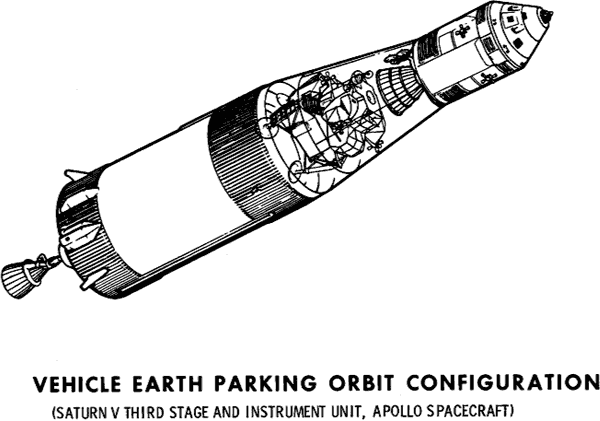
33 minutes after the translunar injection burn, or at T=03h 17m 19s, Neil Armstrong fired the pyro (exploded) the bolts that held three pieces of the ship together (Command and Service Module, Lunar Module and the third stage), and had separation between the three pieces. The covers blow off and expose the LEM.
The LEM starts coming slowly out of the third (S-IVB) stage while the Command Module turns around to point back at the LEM and docks with it at T=03h 29m 35s (12:56:03 PM EDT, 9:56:03 AM PDT or 16:56:03 UT).
Here's NASA's diagram of how they do this. TLI is the translunar insertion blast that happened half an hour ago. On this diagram, "FPS" is speed in Feet per Second:
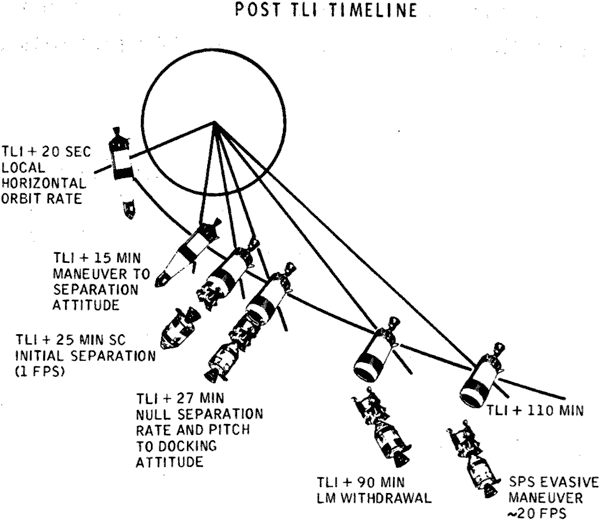
75 minutes after that (T=4h 50m or 2:12PM EDT, 11:12 AM PDT, or 18:12 UT), the shell of the spent third stage is shot into orbit around the sun (heliocentric orbit).
Our men were now safely hurtling towards the Moon at an average speed of about 3,500 miles per hour for the next three days. They started at 24,245 mph as they glided away from Earth, slowing from Earth's gravity, and then at 43,495 miles from the moon they started speeding up again as the Moon's gravity pulled them in.
They will arrive in Lunar orbit in about three days, a quarter million miles away.
Is anything else important today? I think not. Maybe it's better to spend the day reflecting how we can do anything to which we set our minds. If you're not getting this, you lack imagination. Dream. There is no impossible.
If you're at work, go home and dream. Tell your boss I gave you permission. This is what has fueled my ambition for the past fifty years. If what we could pull this off fifty years ago, we can do anything today.
More information: NASA's complete mission timeline, Live Mission Recreation, Apollo in Real Time, Boston Globe, NASA Apollo 11 history, NASA's original Apollo 11 press information (9MB PDF), and audio voice recordings from the capsule.
15 July 2019, Monday
Fall Workshops Announced
NEW: Autumn Light in Yosemite: 17~20 October 2019, Thursday ~ Sunday
Panorama of Yosemite Valley View, 19 October 2018, 3:27 P.M. bigger, full-resolution or 4K 16:9 (3,840 × 2,160) screensaver.
NEW: Fall Color in the Eastern Sierra: Sunday~Wednesday, Wednesday, 20~23 October 2019.
Rainbow Shack, 15 October 2018, 4:57 P.M. iPhone Xs Max 6mm tele camera, f/2.4 hand-held at 1/58 at Auto ISO 16, Snapseed. bigger or fit to screen.
These two different trips run one right after the other. Registration is handled by two different organizations so they might forget to mention that if you're traveling to one, you really should register for the other since it only adds a couple of days and doubles the photo opportunities for no extra travel time to and from the area.
We finish the Yosemite trip Sunday morning, then drive over the pass to start the Eastern Sierra trip that same afternoon.
Sony Deals
DEAL: Sony 55-210mm OSS w/free filters: $148!
DEAL: Sony A7 II w/28-70mm & free goodies: $998!!!
DEAL: Sony A9: $3,498 w/free flash and radio transceiver: $3,498!
DEAL: Sony A7R III w/free goodies: $2,498.
DEAL: Sony A7R III w/24-105mm & free goodies: $3,696.
DEAL: $50 off Sony VG-C3EM Vertical Grip for A9, A7 III & A7R III.
DEAL: Sony FE 24-105mm f/4 G & free polartizer: $1,198.
DEAL: Sony E 18-135mm w/free UV filter: $498.
Loads more Sony deals, especialy on the A6000 and more!!!

Good morning class.
Today is the fifth day before the fiftieth anniversary of Man's first walk on the moon, however tomorrow is the fiftieth anniversary of the launch of the rocket that first brought men to the Moon.
Today's lesson is about the number five. Can you count to five? Good.
Does anyone know the name of the kind of rocket that got him there? (Every American man and boy knows this, and I just gave you a big hint.)
It is called the Saturn V. The "V" is the Roman numeral five. We are going to learn about the Saturn V today so that we can appreciate what is going to happen tomorrow when we celebrate the fiftieth anniversary of the launch of Apollo 11, which brought the first men to walk on the Moon.

Now back to the Saturn V.
The Saturn V is the most powerful rocket ever created by the hand of Man. Here is a photo of a Saturn V in action:
Liftoff of Apollo IV: 7AM EST, 09 November 1967 at Pad A, Launch Complex 39, Kennedy Space Center, Florida, USA. bigger or fit screen.
But wait — not only is the Saturn V the most powerful rocket, the Saturn V is also the most powerful device every created by the hand of Man that doesn't blow itself up in the process.
How powerful is a Rocketdyne F-1 rocket motor which powers a Saturn V rocket?
The Rocketdyne F-1 motor burns fuel (RP-1), mixed with pure liquid oxygen (LOX), to make enough gas to spin a turbine.
Class, how much power does this turbine have? Hint: think fives.

The turbine of the Rocketdyne F-1 motor produces 55,000 horsepower.
How powerful is this? It is the power of twenty locomotives. It is over 86 times more powerful than a 2018 Mercedes GLE 63S Coupe, which has more power than is legal in NASCAR racing! It is five hundred times more powerful than the Japanese Prius, popular with Americans for use as golf carts.
But wait — 55,000 HP only spins a turbine. What does this turbine do?
This turbine spins two pumps: one for rocket fuel, and the other for liquid oxygen.
These pump 40,000 gallons per minute of rocket fuel and liquid oxygen. Do you know how hot the gas is that spins the input vanes to this turbine? About 1,500º F. Do you know how cold liquid oxygen is when pumped around? 300º F — 300º F below zero. For homework, go home and try to build a machine that can work with all these temperatures at once.
Do you know how much 40,000 gallons are? My parent's backyard pool only held 10,000 gallons. That means this pump could suck out our pool in 15 seconds! Could you swim from one side to the other that fast? I couldn't.
In 2010, all the gasoline used in the entire United States is only 4,400 gallons per second. That's everything put together!
Now that we have 40,000 gallons per minute of fuel and liquid oxygen flowing, what do you think a Rocketdyne F-1 motor does with it? (girls in the class fidget, asking themselves "who cares," while Billy raises his hand.) Yes, Billy? Billy enthusiastically responds "BURNS IT!"
Very good, BIlly. The Rocketdyne F-1 motor burns 40,000 gallons of fuel and oxidizer per minute, or 5,000 pounds per second. If all the metal and glass and everything that makes a Prius could be turned into something more useful, like fuel and oxidizer, the F-1 motor could consume more two complete Priuses per second. (The F-1 of course consumes as much combined propellant as 2.4 million Priuses.)
How does the Rocketdyne F-1 burn fuel? It burns it by mixing the fuel and oxidizer together in a huge nozzle.
When you burn this much propellant, what happens?

That's right: you generate two-hundred-million horsepower, or 150,000 Megawatts of power.
When Rocketdyne first test-fired motors like this at its Santa Susana Test Facility in the suburbs north of Los Angeles, windows shattered ten miles away. (Your teacher has a photo of himself in front of their entry sign back in 1985: it was called Rockwell back then.)
How powerful is 150,000 MW? It is as powerful as 150 typical nuclear power plants.
What do we do with all this power? This power is used as thrust to lift a rocket. How much thrust do we get?

This is as much thrust as five-hundred Plymouth 426 Hemi Barracudas tied together.
Billy has his hand up again. Yes Billy? "But Mr. Rockwell, the Hemi 'Cuda only gets that much thrust in first gear!"
Yes, Billy is correct. 500 Hemi 'Cudas have as much thrust as a Rocketdyne F-1, but the Hemi 'Cuda has to shift out of first gear by about 30 MPH. 30 MPH doesn't do much to get us to the moon. As you upshift, a car's thrust drops. The Saturn V accelerates the spacecraft to 6,000 miles per hour, or about Mach 8. (to compute a car's thrust, multiply its engine torque by the transmission and rear axle ratios, then divide by the rear wheel's radius in feet.)
You would think 1,500,000 pounds of thrust would be enough. This is as much as all the three motors of the Space shuttle put together, but too much is never enough for Americans.
Americans do loud and powerful real well, but to go really fast, it takes German design.
We wanted to go really, really fast, so we asked Dr. Wernher von Braun see what he could do.

Dr. von Braun figured that if one Rocketdyne F-1 motor, the world's most powerful rocket motor, was good, then using five of them at the same time was even better.
Yes, class, the Saturn V uses five Rocketdyne F-1 motors, for a combined thrust of 7.5 million pounds, and the world's only device capable of a sustained
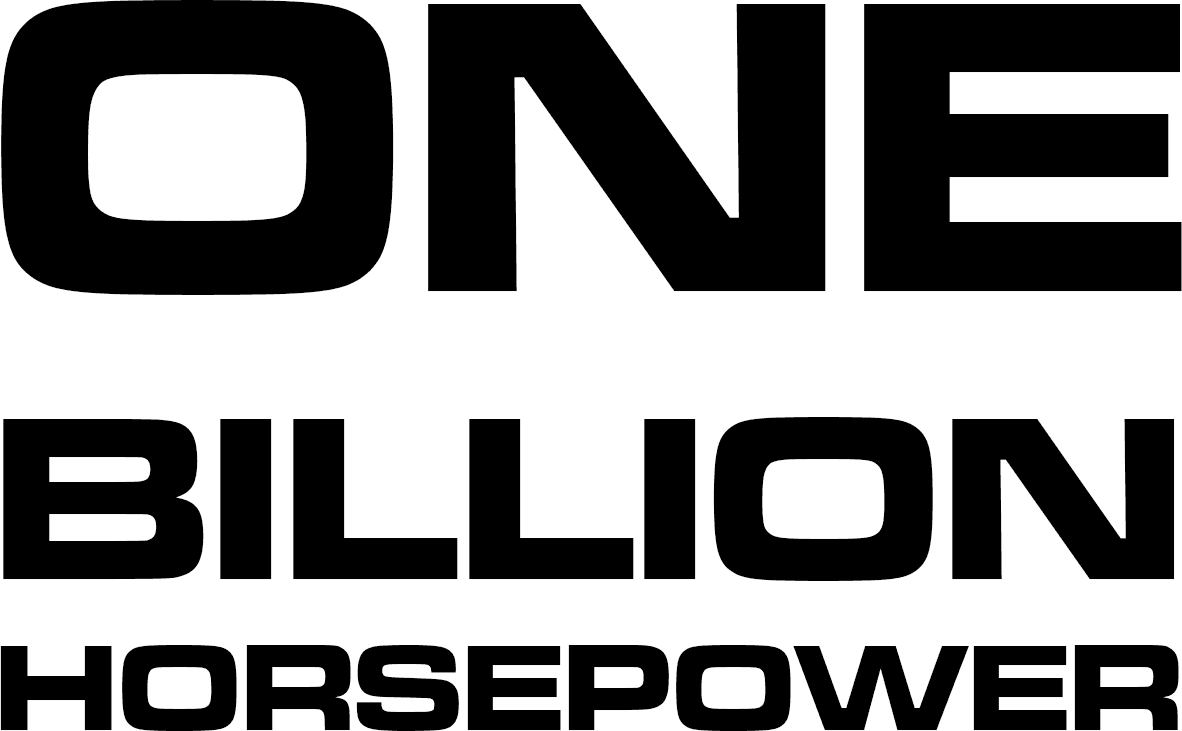
As designed, the Saturn V only holds about four and a half million pounds of propellant, through which it burns most of it in 152 seconds. If you have bigger tanks, it could go longer.
How fast do five F-1 motors suck propellant? They suck it at over 3,000 gallons per second, enough to empty my parent's pool in three seconds!
Fill my parents pool with rocket fuel and liquid oxygen and burn it this fast, and you have a party.
All the power of which I just spake is just the first stage.
The Saturn V has two more stages which propel the rocket even further after the billion-horsepower first stage burns out of fuel.
To hold this much fuel and oxidizer, the Saturn V rocket is over 360 feet (110 meters) tall.
Does anyone have any idea just how big this is? Of course not, unless you go visit the Kennedy Space Center museum and see this thing on display.
It is so big that they had to build one of the world's largest buildings just to hold it. Amazon would be proud.
This thing is so big that it won't even fit on a football field. It's too long.
It is 33 feet (10m) in diameter. When you see this thing hanging over your head in the museum, only then does the gravity of how insanely crazy the astronauts had to be sink in.
At the museum you will also see the tiny passenger compartment of the Command Module. The passenger compartment makes even a Japanese car seem like a living room by comparison. The three astronauts had to squeeze together closer than people in a movie theater, but there was no place to get up and walk around, or go to the bathroom. They had to stay in their seats for the entire week of the mission and pee and poo in their own pants.
Were these seats comfy? No! They are webbing over tubular aluminum, the same as cheap beach chairs.
Now, class, if I were to offer you the chance to get locked into a small container and have to stay sitting in a small seat for a week, for a chance to go to the moon, who wants to go?
(most boys raise their hands enthusiastically.)
At the KSC museum, the second thing you notice after the size of the Saturn V is that the motors are but a tiny part of this thing. It is huge, but the Saturn V is entirely hollow!
Do you know why the insides are hollow? So we can fill it with over four million pounds of propellant. Do you know another word for "propellant?" Yes, we completely fill the Saturn V with high explosives.
Now, class, if I offered you the chance to have to sit in that little cabin, but sit on top of a 300-foot-tall tank full of over four million pounds of liquid high-explosives which we will light off to send you to the moon, now who wants to go now?
Every boy's hand goes up, and the sound of "ME!! PICK ME!!!!" deafens everyone in the room, while the girls look confused.
The boys' enthusiasm is unabated when I explain that the Saturn V has the usual range safety provisions, meaning that if it goes unstable and looks like it's going to flip around and fly back into neighboring Palm Beach (as one of Mr. Rockwell's early attempts at model rocketry did, coming right back at me with a lead-weighted nose cone holding a sharpened iron rod which put a hole in the steel wall of the same swimming pool that I've been using as reference!), all someone has to do is push a button and the Saturn V is blown to smithereens by remote control, so far to smithereens that the two propellant components are hopefully dispersed so well that they don't combine in to one Hellish fuel-air bomb.
As a final exercise, let's compute the fuel economy of an Apollo mission, which holds 4,500,000 pounds of propellant. First we need to convert from pounds into gallons.
Most boys know that RP-1 rocket fuel is 6.76 pounds per gallon (0.81 g/ml), and that LOX is 10 pounds per gallon. We burn them at a 2.27:1 oxidizer to fuel ratio, so algebra tells us the resulting density is about ((2.27/3.27) * 10) + ((1/3.27) * 6.76), or 6.9 + 2.1 = 9.0 pounds per gallon. Thus the Saturn V holds 4,500,000 pounds / 9 pounds per gallon, or conveniently 500,000 gallons of propellant.
How far is an Apollo mission? The Moon is 250,000 miles away, so a round-trip, excluding orbiting, is also an even 500,000 miles, or one MPG. Not bad for three guys at the same time!
One girl, Suzy, mumbled something about boys being stupid and wasteful, and how her mommy's Prius is good for the environment. Billy quickly set her straight: "Yes, a Saturn V with its five F-1 motors consumes fuel at a rate equal to 12 million Priuses, but the Saturn V only does this for 152 seconds, while your mommy's Prius, as well as everyone elses' Prius, is polluting the would for all of us forever, just to bring your selfish, lazy butt to school or work each day because you're too lazy to walk or bike. The fuel consumed by all the roughly ten Saturn Vs that have been launched over all of time used only as much fuel as all the world's Priuses consume every couple of hours."
Billy's right: Big business wants you to think that buying their stuff and consuming it saves the planet, while in fact it's the worst possible thing you can do.
Maybe the Saturn V emitted CO2, but it emitted most of it into space.
The astronauts drank their own recycled pee, while most car drivers use drinking-quality tap water to shower, water their lawns and flush their toilets.
Lunar expeditions and gas-sucking hot rods sitting unused in people's garages consume far less fuel than the millions of Priuses, Camrys and Tauruses driven every day. Don't even get me started on electric; the USA generates most of its electric power to run those cars from coal. Yes, electric cars run mostly on coal — but car makers don't want you to know that; they want you not to question what their ads say and just buy new cars instead of keeping the perfectly good ones you already own.
So why do car makers and government seem to tell us that buying new cars is the solution? The Golden Rule: He who has the gold makes the rules. Car makers spend millions of dollars a year on bribes (lobbying) in government, while the biggest bicycle companies like Trek and Specialized aren't big enough to twist government to make rules in their favor instead of the car companies.
Class dismissed until tomorrow, the fiftieth anniversary of the Moon launch.
14 July 2019, Sunday

Six days on the countdown to the 50th anniversary of Man's Greatest Achievement: the Apollo 11 landing of men on the Moon and returning them safely to the Earth.
It's only two days to the 50th anniversary of the launch of Apollo 11.
If this isn't exciting stuff, you must not be breathing. The Apollo program is what taught the world that nothing is impossible, and has provided inspiration to me all these past 50 years. I watched all this unfold live in the 1960s.
Commemorating prior flight Apollo 10
North American Rockwell Artist's Concept of Apollo 10. bigger or fill screen.
This artist's Concept shows the Lunar Module descending to 50,000 feet for a close look at a potential lunar landing site.
Apollo 10 was the dry run of the Apollo 11 mission. Everything was the same, except the actual lunar landing.
Apollo Mission Overview. bigger or fill screen.
Command Module Overview. bigger or fill screen.
Command Module Interior. bigger or fill screen.
Service Module. bigger or fill screen.
The second mission to orbit men around the Moon, Apollo 10 was the first mission that flew the full Apollo spacecraft, consisting of the Command and Service Module (CSM-106, "Charlie Brown") and the Lunar Module (LM-4, "Snoopy").
Apollo 10 demonstrated crew, space vehicle, and mission support facilities and evaluated Lunar Excursion Module (LEM) performance around the Moon.
Outcome
100% successful, although there was an anomaly in the automatic abort guidance system aboard the LEM.
Men:
The Crew of Apollo 10 (as chosen by NASA on 13 November 1968) bigger or fit to screen. Shot on Hasselblad.
Left to right:
Eugene A. "Gene" Cernan, lunar module pilot
John W. Young, command module pilot, and
Thomas P. Stafford, commander.
Gene Cernan later walked on the surface of the moon on 11 December 1972, during Apollo 17. Gene is the last man to have walked on the Moon, but he left the door open and the lights on. Why has no one else been able to follow our lead? Will America have to lead the world back to the Moon, again? Will the world really let fifty years slip behind them?
Astronaut John W. Young, command module pilot leads, followed by astronauts Thomas P. Stafford, commander and Eugene A. Cernan, lunar module pilot, entering the transfer van which carried them to Pad B, Kennedy Space Center Launch Complex 39, where their Apollo 10 spacecraft awaited them. bigger of fit screen.
The Apollo 10 on Saturn V booster. bigger or fill screen.
Apollo 10 Liftoff: 18 May 1969, 9:49:00 AM, Pacific time.
11 minutes after launch, Apollo 10 was inserted into an Earth parking orbit at 10:00:54 AM Pacific time, followed by translunar injection (TLI) after 1 1/2 orbits at 12:28:21 PM Pacific time.
What this means is that Apollo 10 got launched, and 11 minutes later was in orbit around the Earth. It orbited one and a half times, picking up speed in the process. Then it fired some more rockets to redirect it towards the moon.
Earth seen from Apollo 10 just after trans-lunar insertion. bigger or fit to screen. Shot on Hasselblad.
Once on its way careening towards the moon, mostly under inertia (no need for power, it coasted), the Command and Service Module (CSM) separated from the Saturn V third stage (S-IVB) at 12:51:42 PM Pacific time, flipped around, and docked with the Lunar Module (LEM) at 1:06:37 PM Pacific time.
The modules have to flip around (transpose) because they are launched in separate compartments of the Saturn V. The Command Module is at the very top of the rocket, while the LEM is inside the Saturn V, below the Command Module as launched.
During and before launch, the Command Module has a small tower of other rockets attached to its nosecone. These can be fired to lift the astronauts and Command Module to safety if anything screwy happens during launch.
After launch, those auxiliary rockets are jettisoned, the LEM comes out of the Saturn V, and the two have to be bayoneted together while flying through space.
They have to have their access hatches mated so that Astronauts can climb between the Command and Service Module (CSM) and the Lunar Excursion Module (LEM) while in flight.
Orbited Moon: 21-22 May 1969.
After three days of coasting towards the moon, helped of course by calculations involving gravity, Apollo 10 entered an initial lunar orbit on 21 May 1969 at 1:44:54 PM Pacific time, using a 356 sec. SPS burn. A second SPS burn lasting 19.3 seconds circularized the orbit to 113.9 km x 109.1 km.
The next day, on 22 May 1969, Stafford and Cernan climbed into the LEM and fired the SM reaction control thrusters to separate the LEM from the CSM at 12:36:17 PM Pacific time.
The Command and Service Modules (CSM) as seen in lunar orbit from the Lunar Module (LM) after CSM/LM separation. The CSM was about 175 statute miles east of Smyth's Sea and was above the rough terrain which is typical of the lunar farside. The eastward oblique view of the lunar surface is centered near 105 degrees east longitude and 1 degree north latitude. The horizon is approximately 375 miles (600 kilometers) away. Numerous bright craters and the absence of shadows show that the sun was almost directly overhead when this photograph was taken. bigger or fit to screen. Shot on Hasselblad.
The LEM was put into lunar orbit to allow low altitude passes over the lunar surface, the closest approach bringing it to within 9 miles (14 km) of the Moon. All systems on the LEM were tested during the separation including communications, propulsion, attitude control, and radar.
Stafford and Cernan snapped numerous close-up shots they flew over the Moon, especially of the planned Apollo landing sites. The Hasselblad 500 ELs (get yours here) got their usual workout.
Lunar surface as surveyed from Apollo 10 LEM. bigger or fit to screen. Shot on Hasselblad.
The LEM descent stage was jettisoned into lunar orbit. The LEM descent stage is the lower half that would have stayed on the moon if they had landed, and from which they would have blasted-off back into lunar orbit after walking the moon. Apollo 10 was just the dress rehearsal; Apollo 11 actually lands.
Here's what John W. Young, Command Module Pilot, shot from the Command Module with the Hasselblad 500 EL (get yours here) as the Lunar Excursion Module approached:
View of LEM returning to Apollo 10 CSM after orbiting Moon. bigger or fit screen. Shot on Hasselblad.
The Apollo 11 LEM and CSM rendezvous and redocking occurred 8 hours after separation at 8:22 AM Pacific time the next day, 23 May 1969. In other words, Cernan and Stafford just spent 8 hours in the LEM snapping photos as they orbited low over the Moon.
Later on May 23, the LEM ascent stage was jettisoned into solar orbit. The ascent stage is the upper half of the LEM in which the astronauts traveled.
On 24 May at 3:25:29 AM Pacific time, after 31 lunar orbits and with all the three men in the Command and Service Module once again, the CSM rockets fired for trans-earth injection, meaning they shot the craft back to the direction of Earth.
Returned to Earth: 26 May 1969.
In Earth orbit after two days hurtling back, CM-SM (Command Module - Service Module) separation took place on 26 May at 9:22:26 AM Pacific time. The Command module is the tiny, conical-shaped module in which the Astronauts rode, while the Service Module is the larger cylindrical section to which the Command Module was attached for all of the previous part of the trip. The Service Module held the motors, fuel and other things needed for the trip, and they separate so that all those motors don't come flying out of the sky along with the Command Module and the men at the same time.
The Command Module was designed with a curved bottom covered in tiles. The CM was designed to plummet butt-first through Earth's atmosphere, with those tiles getting flaming hot as the CM careened towards Earth like a meteor. This is another reason they needed to dump the Service Module which rode below the Command Module. When flying as fast as a meteor through space, you can't use parachutes to stop you.
Apollo 10 slowed to only a couple of hundred MPH as it got closer to Earth and its thicker, lower altitude atmosphere and was able to pop its parachutes without destroying them instantly as it splashed-down into the Pacific Ocean on 26 May 1969 at 9:52:23 AM Pacific time, after a mission elapsed time of 192 hours, 3 minutes and 23 seconds. The splashdown point was 15 deg 2 min S, 164 deg 39 min W, 400 miles east of American Samoa and 5.5 km (3.4 mi) from the recovery ship USS Princeton. bigger or fit screen.
This was one heck of a ride! bigger or fit screen.
Splashdown was a little before 10AM California time or 1PM NYC time, but remember these guys were out in the middle of the Pacific Ocean, where the sun was just coming up.
13 July 2019, Saturday
Six-Foot-Rockwell dwarfed by the Monster ROBUS RC-5570 Tripod.
NEW: ROBUS RC-5570 Tripod Review.

Seven days on the countdown to the 50th anniversary of Man's Greatest Achievement: the Apollo 11 landing of men on the Moon and returning them safely to the Earth.
See the JFK Library's 40th-anniversady recreation of the entire Apollo 11 flight.
As I see it, it's now 64 hours and counting down to liftoff.
Commemorating historic flight Apollo 8:
Liftoff
21 December 1968
Splashdown
27 December 1968.
Mission
Orbit men around the Moon, test various components while orbiting the Moon, and photograph the lunar surface.
The astronauts read to the world from the book of Genesis during a live Christmas Eve television broadcast
Apollo 8 was the first time in history where men had left Earth's gravity and orbited the Moon.
Outcome
100% successful.
Men:
Frank Borman, Commander.
James A. Lovell, Command Module Pilot.
William A. Anders, Lunar Module Pilot.
The Apollo 8 command module now resides in the Chicago Museum of Science and Industry.
Why has no other country flown men to the Moon? Is it a lack of resources? Will none of them get there in the next seven days to challenge 50 years of American leadership? How sad is it that after 50 years, no other country has been there? We went there as a goal to open it up to everyone. Is there really no other nation or private concern able to duplicate this? Is America really that far advanced? Are we still the only ones this crazy?
Yes, Grissom, White and Chaffee were burnt to their deaths within 17 seconds in a prelaunch test of Apollo 1 on 27 January 1967, but we changed the capsule design and kept on going according to our plans and landed men on the Moon 2-1/2 years later. The only difference between winners and losers — between failure and success — is that losers give up. Winners never give up. It took Thomas Edison over 10,000 tries until he made the first practical light bulb!
No one said reaching the Moon was easy or safe, but we did it in spite of all odds
12 July 2019, Friday

Eight days on the countdown to the 50th anniversary of Man's Greatest Achievement.
NEW: Sigma 14-24mm f/2.8 for Sony E und für LEICA L.
NEW: Sigma 35mm f/1.2 for Sony E und für LEICA L.
NEW: Sigma 45mm f/2.8 for Sony E und für LEICA L.
NEW: Sigma fp mirrorless camera.
24MP full-frame, conventional CMOS Bayer sensor, so who cares?
If you want ultimate high picture quality you want the Nikon Z7 or Z6 or Canon EOS R or EOS RP.
If you want high performance at a super-low price, you want the Sony A7 III for technical excellence or the EOS RP for better-looking pictures (better color) and even lower price and far better ergonomic.
Unless the Sigma fp come in at under $799, pass.
Here's B&H's take on it.
11 July 2019, Thursday
DEAL: Nikon D500: $1,250 (refurbished).
DEAL: Nikon 24-70mm f/2.8G $1,150 (refurbished).

Nine days on the countdown to the 50th anniversary of Man's greatest achievement.
10 July 2019, Wednesday
DEAL: Nikon Z7, free XQD card & case: $2,997.
DEAL: Nikon Z6, free XQD card & case: $1,797.
DEAL: Canon 7D Mk II, 18-135mm USM & WiFi Adapter: $1,799.
DEAL: Nikon D3500, 18-55mm, 70-300mm & free goodies: $497. It's the non-VR 70-300 lens, but tough, that lens alone sells for $347 and works great in decent light and it's a full featured DSLR system for under $500. Crazy!

Ten days on the countdown to the 50th anniversary of Man's greatest achievement.
Grissom, White and Chaffee: we thank you for your sacrifices in Apollo 1.
It is important to note that even in light of Apollo 1's lack of success, America's resolve to land men on the moon was only strengthened. Lesser people would have called it quits right there, citing a "lack of safety."
Did we give up? NO! We learned, made design changes, and moved on towards our goal. Almost by definition, winners never give up. What defines a loser is simply giving up on a dream.
It's like coming back to the same location many times over many years until the light, weather and conditions finally are perfect for the photograph you want. Never give up!
I shot this for 12 years until one evening the clouds were just in the right places:
Half Dome in Clouds at Sunset, October 2018.
Bravo B&H
I've been shopping at B&H for over 40 year since I was a kid in the 1970s and didn't even have a checking account. I always get the best prices and service and selection, and always have.
I just ordered my mom the same premium made-in-USA mini multi-battery tester I always carry in the field, and not only of course did I get an e-mail confirmation from B&H, more importantly it shipped and B&H emailed me all the tracking information an hour after I ordered it this morning!
Bravo B&H!
I keep my mini battery tester in my bag for when I'm in the field, and keep my larger battery tester in my studio desk to test more kinds of batteries.
I use these all the time to test charge state of Eneloop, Ni-MH and button cells as well as all the alkalines in my kids' toys. Even if you're not a photographer, every parent needs one of these to keep the toys all up and running.
DEAL: Nikon D810: $1,997.
DEAL: Nikon D5 (XQD): $5,997.
DEAL: Nikon D7500: $599 (refurbished).
DEAL: Canon T7i w/ 18-55mm, bag & card: $699.
DEAL: 13" Retina MacBook Pro w/Touch Bar, 8GB RAM & 126GB SSD: $1,099.
DEAL: $1,100 off 15" Retina MacBook Pro w/Touch Bar, 6-core 2.9GHz i9, 32GB RAM & 2TB SSD!
09 July 2019, Tuesday
Big news day: two great new lenses!
Sony FE 35mm f/1.8.
NEW: Sony FE 35mm f/1.8 full review!
This is a fast full-frame lens with super-fast focusing.
Just announcement, and I already have an explicit hands-on review of it for you folks.
Canon RF 24~240mm IS.
NEW: Canon RF 24~240mm IS.
You can order yours now at Adorama or order it now at B&H.
NEW: EOS RP & 24-240mm just $1,999, with free second battery and EF lens adapter!!!
07 July 2019, Sunday
DEAL: $500 off Nikon D5 (CF) w/free goodies.
DEAL: $400 off Sigma 105mm f/2.8 Macro for Nikon F.
DEAL: $648 off Panasonic G85 w/12-60mm, 45-200mm & more.
DEAL: $500 off Panasonic GH5 w/Microphone Kit. Also at Adorama w/different goodies.
DEAL: $500 off Panasonic GX85 w/12-32mm, 45-150mm & more. Also at Adorama.
DEAL: $300 off Panasonic GH5s w/loads of goodies.
06 July 2019, Saturday
Nikon Z 50mm f/1.8 S.
NEW: Nikon Z 50mm f/1.8 Review.
This is the sister to the 35mm f/1.8 I review I published on Friday.
The Nikon Z 50mm f/1.8 S is bigger, heaver and more expensive than any Nikon 50mm f/1.8 lens ever, but that's because it's also the most complex and highest-performance 50mm lens ever from Nikon.
It's almost optically perfect, having Nikon's most complex 50mm optical design of all time. It offers all the optical insanity of the $4,000 ZEISS OTUS and adds autofocus, at a much lower size, weight and price than the ZEISS. This 50mm is in the same optical class as the OTUS, Tokina Opera or Sigma ART; it's not fair to compare it to Nikon's other 50mm lenses which are much smaller, less expensive and simpler designs. This 50mm is designed for the glorious new tomorrow of future ultra-high resolution cameras, not Nikon's line of 35mm SLRs dating from the 1950s.
NEW: B&W Speakers & Headphones at Crutchfield.
Finally! B&W has made the world's finest loudspeakers in England since the 1970s, but you had to buy them used as I've done or try to find a new specialist dealer for them.
I've loved my B&W 801s since I first got them in the 1980s when they were the classical recording studio standard. I still run those today, powered by my McIntosh MC240.
I run B&W 802s in my movie theater, powered by Crown D-150A Series II, with three (center, left and right with bass management programmed accordingly) 15" B&W ASW 850 subwoofers.
I run B&W 805s on my desk as I write this, of course with a pair of ASW 800 12" subwoofers off in the corners.
I have a set of B&W CDM2 connected to a Denon UD-M30 in my spare bedroom, and keep reserve pairs of B&W 705, CDM1 and God knows what else in my collection for deployment as needed.
I've loved everything these guys have done since the 1970s (both B&W and Crutchfield), and finally today we can order B&W direct from a real dealer from the comfort of our own homes. Unlike the 1980s where you needed to find some weirdo dealer and maybe listen to speakers driven by random electronics in the dealers' room that is in no way like your own home, we now can get our B&W gear from Crutchfield and have sixty days to enjoy and evaluate it in our own home. No dealer demo can come close to even a couple of hours listening in your own space, and now we have 60 days to evaluate, and if we don't love it, send it back for a full cash refund.
05 July 2019, Friday
Nikon Z 35mm f/1.8.
NEW: Nikon Z 35mm f/1.8 Review.
The Nikon Z 35mm f/1.8 S is bigger, heaver and more expensive than any Nikon 35mm f/1.8 or f/2 lens ever, but that's because this new lens has higher performance with a far more complex optical design than any other Nikon 35mm f/1.8 lens.
This is an optical "statement" lens; it's not intended as a tiny pancake lens.
DEAL: Nikon D810: $1,750. (refurbished)
DEAL: Nikon D7200: $549. (refurbished)
DEAL: Sigma 28mm f/1.4 ART for Nikon: $1,199. (use coupon code JULY4TH19 on checkout)
DEAL: Sigma 28mm f/1.4 ART for Canon: $1,199. (use coupon code JULY4TH19 on checkout)
DEAL: Sigma 28mm f/1.4 ART for Sony E: $1,199. (use coupon code JULY4TH19 on checkout)
DEAL: Sigma 28mm f/1.4 ART for Sigma: $1,199. (use coupon code JULY4TH19 on checkout)
04 July 1776, Independence Day
Fireworks!!! (Nikon D800E, Nikon 24mm f/1.4 G, program auto gave f/1.4 at 1/30 at Auto ISO 6,400, Matrix meter, autofocuses once on Ryan then set to MANUAL focus to hold, VIVID Picture Control at +3 Saturation, A3 M1 AWB.)
How to Photograph Fireworks.
The best thing we can do today is read the Declaration of Independence to remind ourselves of what makes Americans Americans. The Declaration is an incredibly well-written piece where our founding fathers laid out in explicit detail everything civil and peaceful they had done asking to be treated fairly by the British, and explained calmly why, if Britain refuses to act decently, than we have no further obligation to them and thereby establish ourselves as an independent state.
"In every stage of these Oppressions We have Petitioned for Redress in the most humble terms: Our repeated Petitions have been answered only by repeated injury. A Prince whose character is thus marked by every act which may define a Tyrant, is unfit to be the ruler of a free people."
"…solemnly publish and declare, That these United Colonies are, and of Right ought to be Free and Independent States; that they are Absolved from all Allegiance to the British Crown, and that all political connection between them and the State of Great Britain, is and ought to be totally dissolved; and that as Free and Independent States, they have full Power to levy War, conclude Peace, contract Alliances, establish Commerce, and to do all other Acts and Things which Independent States may of right do."
And here's an important part:
"Prudence, indeed, will dictate that Governments long established should not be changed for light and transient causes; and accordingly all experience hath shewn, that mankind are more disposed to suffer, while evils are sufferable, than to right themselves by abolishing the forms to which they are accustomed."
In modern English, that says that people shouldn't go challenging governments just because they don't like it at the moment, but that history has shown us that people all too often put up with crap because it's easier to settle for it than to do anything about it. It's not just governments, it could be your job or anything else in life; it's easier to just put up with it than to take difficult short-term action to improve things long-term.
What makes America America is that instead of just putting up with a government that took everything from us, we took the violent step of going to war with what was the most powerful empire the world had ever known. We knew people and people's families were going to get killed in nasty ways and we spent years at this war. At the end of this war America wasn't much of anything (that's why Cornwallis gave up; he didn't think we colonies were worth any more fighting), and with our "can-do" spirit and never giving up, we've grown into the most productive and powerful nation ever known in the history of the earth for at least the past hundred years.
The lesson is that if sitting around and talking about it peacefully doesn't get results, you have to step up the game rather than debating it further. You have to be willing to lose everything in order to win; it's the same thing in taking pictures. What makes America different is our willingness to do completely crazy things and take extreme chances to make things better. Our innovation wouldn't happen if all we did was try to improve and refine the ideas and products of others, real innovation comes from crazy out-of-this world ideas that everyone else thinks are completely crazy — like flying men to the moon and getting them back safely.
02 July 2019, Tuesday
NEW: LEICA M-E typ 240: $3,995.
The LEICA M-E typ 240 is the stripper model at LEICA, and as a LEICA it is wonderful.
It has a rear LCD unlike higher-end models, and for the first time probably in 90 years has real leather on the outside on a standard model, nut Vulcanite or other fake leather. It has 24MP and does video and I can't figure out what's not to love, other than it using the old boated M240 body rather than the smaller M10 body.
The new M-E typ 240 has the same performance as the M typ 240 with an upgraded 2 GB buffer for longer bursts.
Independence Day Deals Start Now!
Apple Deals.
DEAL: D810 w/24-120mm: $3,297.
DEAL: Panasonic LX100 II: $898.
DEAL: DJI Mavic Pro: $789.
(the deal price is so low it's kept hidden until you add it to your cart.)
01 July 2019, Monday
Nikon Z 24-70mm f/2.8 S.
NEW: Nikon Z 24-70mm f/2.8 Review.
DEAL: Tamron 100~400mm VR/IS only $699.
I reviewed the Tamron 100~400mm VR/IS last July, and it was a great performer at a bargain price. Today it's $100 less - thus $100 better - than it was a year ago. The Sony 100-400 and Nikon 80-400 are still the same price, while the Canon 100-400 IS L II (my personal favorite even though I paid the full $2,200 back when it came out) is also down $100 at a bargain $1,799.
What Was New in:
April ~ June 2019: Nikon Z6 Review, Nikon Z6 User's Guide, Nikon Z7 User's Guide, Nikon Z 14-30mm Review, Nikon NIKKOR 135mm f/2 AI-s Review, Nikon NIKKOR 180mm f/2.8 AI Review, Nikon NIKKOR✱ED 180mm f/2.8 AI-s Review, Nikon NIKKOR✱ED 200mm f/2 AI-s Review, Zeiss Otus 100mm f/1.4 Review, Sony E 20mm f/2.8 Review, Sony E 30mm f/3.5 Macro Review, Sony E 35mm f/1.8 OSS Review, Sony FE 135mm f/1.8 GM Review, Sony 200-600mm G OSS Review, Sony 600mm f/4 GM OSS Review, Tokina FiRIN 100mm f/2.8 Macro for Sony E, Voigtlander 21mm f/1.4 for Sony Full-Frame, Tamron 17-28mm f/2.8 full-frame ultrawide for Sony E, Canon RF 85mm f/1.2L USM, Rokinon 14mm f/2.8 for Canon RF, Rokinon 85mm f/1.4 for Canon RF, Canon SL3 (EOS 250D), Fujifilm X-H1 Review, Fujifilm X-T30 Review, Fujifilm X-T20 Review, Fujifilm 8-16mm f/2.8 Review, Fujifilm 16mm f/2.8 Review, Fujifilm GFX 100 Review, Fujifilm GF 32~64mm f/4 R LM WR Review, Fujifilm GF 100~200mm f/5.6 R LM OIS WR Review, Medium-Format vs. Full-Frame Image-Quality Comparison, Apple iPhone Xs Max Review & User's Guide, Apple Watch Series 4 Review, All Apple Watches Compared, new 13" MacBook Pro, new 15" MacBook Pro, Olympus TG-6 Underwater Camera, Panasonic LEICA VARIO-SUMMILUX 10-25mm f/1.7, Panasonic DMW-STC14 1.4× teleconverter, Panasonic DMW-STC20 2× teleconverter, Think Tank "Digital Holster 150" for ultrateles, Oben CTT-1000 Mini Tripod Review.
March 2019: Nikon Z7 Review, Nikon Coolpix A1000, Nikon Coolpix B600, Sony E 16mm f/2.8 Review, Sony E 18-200mm OSS PZ Review, Sony E 18-200mm OSS LE Review, Sony RX0 II, Canon IVY CLIQ Instant Camera, Canon IVY CLIQ+ Instant Camera, Fujinon XF 80mm f/2.8 Macro OIS Review, LEICA Q2, LEICA APO-SUMMICRON-SL 35mm f/2 ASPH, Pixel X900 Flash Review, Rokinon Full-Frame ultra-ultra-wide 10mm f/3.5 for Canon EF, Rokinon 14mm f/2.8 Ultra-Ultrawide for Canon RF, Rokinon 85mm f/1.4 for Canon RF.
February 2019: Nikon Z 24-70mm f/2.8 S, Canon EOS RP Hands-On Review, Canon EOS RP User's Guide, Canon EOS RP vs EOS R, Canon RF 35mm f/1.8 Macro IS STM Review, Canon RF 28-70mm f/2L USM Review, Canon RF 85mm f/1.2L USM DS, Canon RF 85mm f/1.2L USM, Canon RF 24-240mm IS USM, Canon RF 70-200mm f/2.8L IS USM, Canon RF 24-70mm f/2.8L IS USM, Canon RF 15-35mm f/2.8L IS USM, Sony FE 135mm f/1.8 GM, Fujifilm X-T3 Review, Fujifilm 23mm f/2 Review, Fujifilm 200mm f/2 Review, Fujifilm 50mm f/2 Review, Fujifilm XF 16mm f/2.8 WR, Fujifilm X-T30, Panasonic S1 Full-Frame System, Polaroid POP cameras, Ricoh GR III, Ricoh WG-6 underwater, Ricoh WG-6 in Orange, Ricoh G-900, Tokina Opera 16-28mm f/2.8, Tamron 35-150mm, Tamron 35mm f/1.4.
January 2019: LEICA M10-P Safari Edition, LEICA SUMMICRON-M 50mm f/2 Safari Edition, Verum 1 Planar Magnetic Headphones review, Olympus OM-D E-M1 X, Nikon Z 24-70mm f/4 S review, Sony 10-18mm Review, Sony A6400 Review, Sony 18-135mm Review, Sigma 28mm f/1.4 ART, Nikon Z 14-30mm f/4 S and Irix 150mm f/2.8 Macro Review.
November & December 2018: Moment 18mm review, Photos from Yosemite and the Eastern Sierra, Nikon 500mm f/5.6 PF Review, Adapted Rangefinder Lenses on Nikon Mirrorless, AlienBoard Hoverboard review, LEICA D-Lux 7, Why You Need an Apple Watch, Sigma 60-600mm Review.
October 2018: Loads of Canon and Nikon mirrorless revelations, First Chinese Nikon Z adapters, Canon EOS R Review, Canon EOS R User's Guide, Wimberley Gimbal Tripod Head Review, Sony 400mm f/2.8 Review, How to Photograph Air Shows, LEICA M10-D.
August & September 2018: Nikon vs Canon vs Sony Full Frame, Mirrorless vs DSLR, Do You Really Need Two Card Slots, Canon EOS-R Review, Canon EF to RF Lens Adapters, Canon RF 24-105mm Review, Canon RF 28-70mm f/2 L, Canon RF 50mm f/1.2 Review, Canon RF 35mm f/1.8 MACRO IS STM, Canon 70-200mm f/4L IS II Review, Canon EF400mm f/2.8L IS III, Canon EF 600mm f/4L IS II USM, Canon EF-M 32mm f/1.4 STM, Canon 580EX II Review, Canon 580EX II User's Guide, Sony 24mm f/1.4, Sony RX100 Mark 6 Review, Sony RX100 Mk VI User's Guide, Nikon's full-frame mirrorless system, Nikon Z7, Nikon Z6, Nikon Z6 vs. Z7, Nikon FTZ Lens Adapter, Nikon Z 24-70mm f/4, Nikon Z 35mm f/1.8, Nikon Z 50mm f/1.8, Nikon 500mm f/5.6 PF, Nikon D3500, LEICA M10-P, iPhone Xs Max Bokeh vs Full-Frame Professional Cameras, Tokina "Opera" 50mm f/1.4, Tamron 15-30mm f/2.8 G2, Fuji XT-3.
June & July 2018: Nikon Mirrorless hinted at, Fuji 8-16mm f/2.8, Fuji 200mm f/2, Fuji XF10, Sony RX100VA, Nikon P1000, Tamron 100‑400mm Review, best 80-400 and 100-400mm zooms compared, How to Win Photo Contests, Tamron 18-400mm review, Sony 400mm f/2.8, Images of Yosemite in Springtime, Kodak Medalist II Review, Canon 70‑200mm f/4L IS II, Canon 70‑200mm f/2.8 L IS III and my Sony RX100 Mark VI review.
May 2018: Marc Silber's Secrets to Creating Amazing Photos, Sigma 105mm f/1.4, Fuji X-T100, Tamron 15-30mm f/2.8 IS/VR Review, beyerdynamic Amiron Home Review, Sigma 70mm Full-Frame Macro Art Lens, Nikon D1 High ISO Samples, Vello MB-D18 (BG-N19) Grip Review, Sunpak RD2000 Review, Small Flashes Compared.
April 2018: Irix 11mm f/4 Review,Tamron 28-75mm f/2.8, Canon 85mm f/1.4 L IS Review,Tamron 70-200mm f/2.8 VR/IS Review, Best 70-200mm f/2.8 Lenses Compared, Tamron 24-70mm f/2.8 VR/IS Review, Best 24-105mm Lenses Compared, MindShift 18L Backpack, Fuji GF 250mm f/4, Fuji GF 1.4X TC WR Teleconverter, Fuji MCEX-45G WR Macro Extension Tube, Fuji MCEX-18G WR Macro Extension Tube, Sony RX10 Mk IV Review, Sony RX10 Mk IV User's Guide, beyerdynamic Aventho Wireless Review.
March 2018: Nikon 70-300mm AFP E FX Review, Nikon 28mm f/1.4 E FX Review, Nikon 10-20mm Review, Nikon D7500 Review.
February 2018: Sony A7 III, Yosemite Photos, Nikon 50mm f/1.8 Pancake-NIKKOR review, beyerdynamic DT1350 review, beyerdynamic DT240 review, Canon SL2 review.
Janaury 2018: Nikon 180-400mm, Canon 6D Mk II review, Canon 18-135mm USM review, Fuji X-A5, Sony 18-135mm.
December 2017: Canon 35mm f/2.8 Macro review, Sony A7R III review, Sony A7R III user's guide, Sony FE 24-105mm f/4 G OSS review, Sony FE 100mm STF G OSS review.
November 2017: Sony 50/2.8 Macro Review, Sony 90/2.8 Macro Review, LEICA CL, Sony 70-300mm G Review, Panasonic G9, iPhone X Review, How to Make Time Exposures with iPhone, 1X Photo Contest, Tamron 100-400mm.
October 2017: Nikon D850 review, Nikon D850 user's guide, Sony A7R III, Sony 24-105mm G, Sony 85/1.8 review, Canon G1X Mk III.
June, July, August and September 2017: Canon 6D Mk II, Canon SL-2, Canon 85/1.4L, Canon TS-E 50/2.8, 90/2.8 & 135/4, Nikon D850, Nikon 70-300 VR DX AF-P, Nikon 28/1.4E, Metabones Mk V Canon EF -> Sony E-mount adapter.
May 2017: Nikon 10-20mm DX VR, Nikon 8-15mm FX Fisheye, Canon 77D Review, Canon Rebel T7i Review, Canon 18-55mm IS STM Review, Springtime in Yosemite, Irix 15mm f/2.4 Review, Sony 16-35/2.8 GM, Sony 12-24/4 G, Fuji X100F Review, Laowa 12mm Review, Olympus TG-5.
March & April 2017: Nikon D7500, Nikon 19mm PC-E review, Nikon D3400 review, Sony A7 Mk II review, Nikon D5600 review.
February 2017: Canon 77D, Canon Rebel T7i, Canon EOS M6, Sony 24-70/2.8 GM, Sony 85mm f/1.4 GM , Sony 70-200mm f/4 G OSS, Sony FE 100mm f/2.8 STF GM OSS, Sony FE 85mm f/1.8.
January 2017: LEICA M10, Fujifilm GFX 50S, Fujifilm X100F, Nikon D5600.
November & December 2016: Fuji X-A10.
September & October 2016: Nikon 70-200mm f/2.8 FL, Nikon 19mm PC-E, Sony A6500, Sony RX100 Mk V, Sony Alpha 99 II, Canon EOS M5, Canon EF 70-300 IS II USM, Sony 50mm f/2.8 Macro.
July & August 2016: Canon 5D Mk IV, 16-35 IS II, 24-105 IS II, Nikon D3400, Nikon 105mm f/1.4, Fuji XT-2.
Help me help you
I support my growing family through this website, as crazy as it might seem.
If you find this as helpful as a book you might have had to buy or a workshop you may have had to take, feel free to help me continue helping everyone.
If you've gotten your gear through one of my links or helped otherwise, you're family. It's great people like you who allow me to keep adding to this site full-time. Thanks!
If you haven't helped yet, please do, and consider helping me with a gift of $5.00.
The biggest help is when you use any of these links when you get anything, regardless of the country in which you live. It costs you nothing, and is this site's, and thus my family's, biggest source of support. eBay is always a gamble, but all the other places always have the best prices and service, which is why I've used them since before this website existed. I recommend them all personally.
Thanks for reading!
Ken





